Cochlear CP1000 Sound Processor in a Cochlear Implant System User Manual Users guide
Cochlear Limited Sound Processor in a Cochlear Implant System Users guide
Cochlear >
Users guide
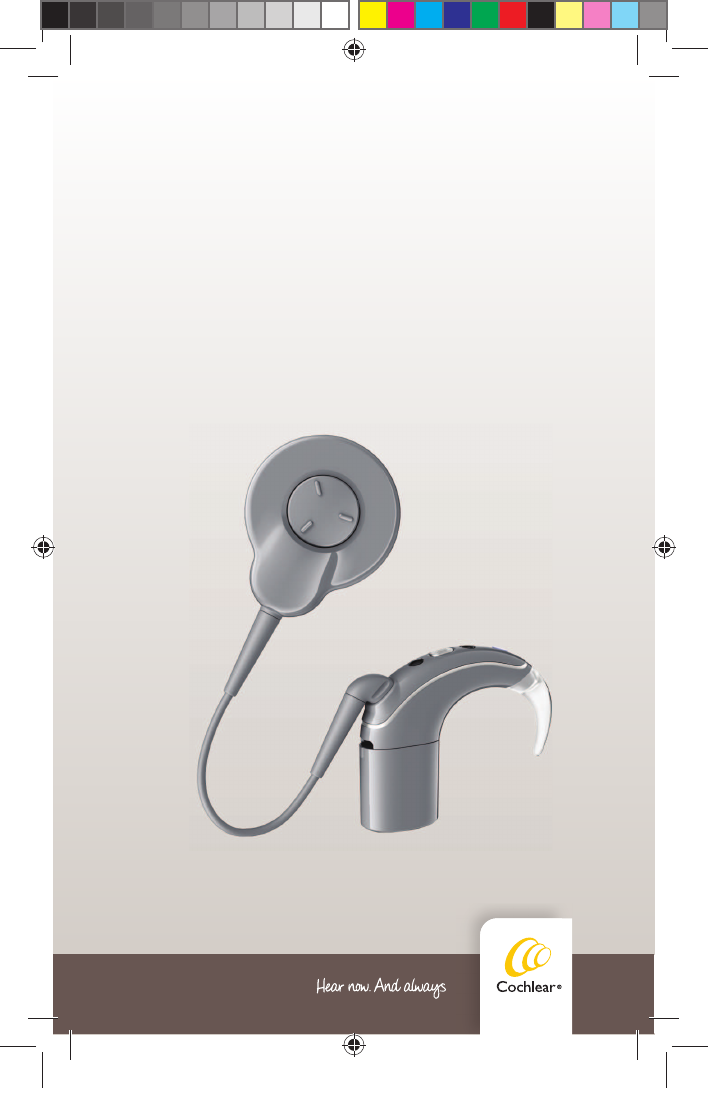
Nucleus®7
SoundProcessor
User Guide
CP1000
DRAFT ONLY FOR CLINICAL TESTING
592753_1-06_EN_CP1000_UG_EMEA.indd 1 14/06/2016 1:22:53 PM
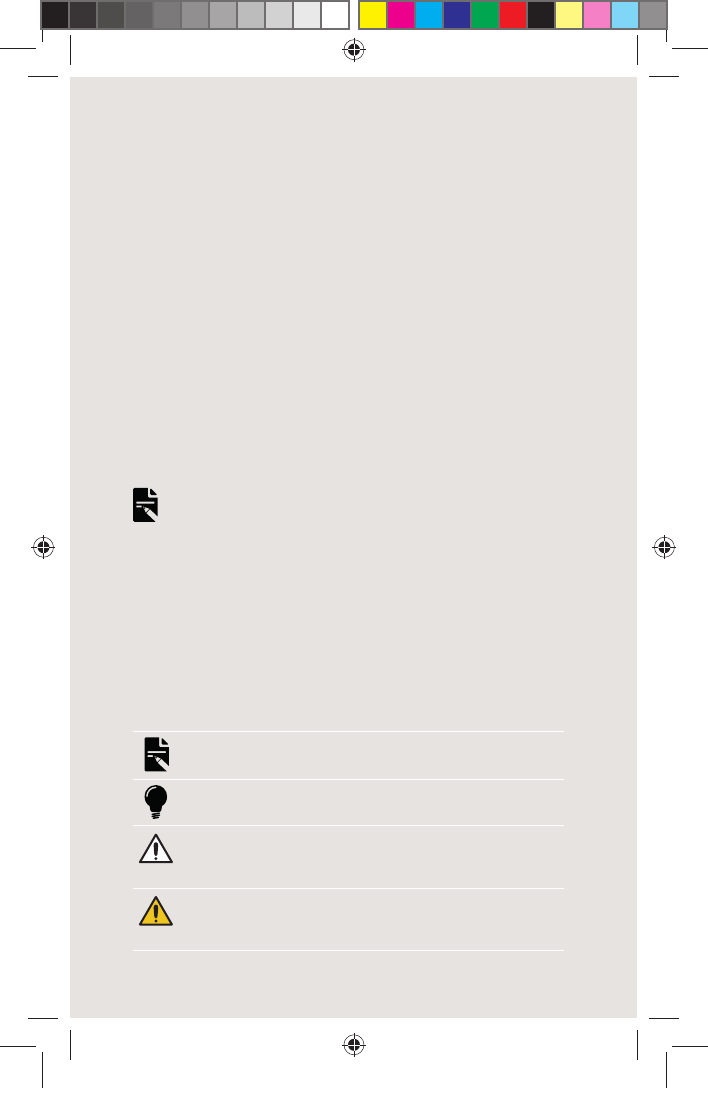
II NUCLEUS 7 SOUND PROCESSOR USER GUIDE
Symbols used in this guide
NOTE
Important information or advice.
TIP
Time saving hint.
CAUTION (no harm)
Special care to be taken to ensure safety and effectiveness.
Could cause damage to equipment.
WARNING (harmful)
Potential safety hazards and serious adverse reactions.
Could cause harm to person.
This guide is intended for Cochlear implant recipients and their
carers using the Cochlear™ Nucleus® 7 Sound Processor (model
number: CP1000). The processor works with your implant to
transfer sound to your ear, and is made up of a processing unit,
earhook, coil and cable, and a battery module.
You can power your processor with disposable or rechargeable
batteries.
You can control your processor by pressing its button, or by using
your Cochlear Nucleus 7 Remote Control or the Nucleus Smart
app.
People with certain types of hearing loss can wear the processor
in Hybrid™ mode by adding an acoustic component which sends
amplified acoustic sound into the ear canal.
A number of tools and accessories are supplied with your
processor.
NOTES
• Refer to the relevant sections for cautions and warnings
relating to the use of the Nucleus 7 Sound Processor,
batteries and components.
• Please also refer to your Important Information document for
essential advice that applies to Cochlear implant systems.
DRAFT ONLY FOR CLINICAL TESTING
592753_1-06_EN_CP1000_UG_EMEA.indd 2 14/06/2016 1:22:53 PM
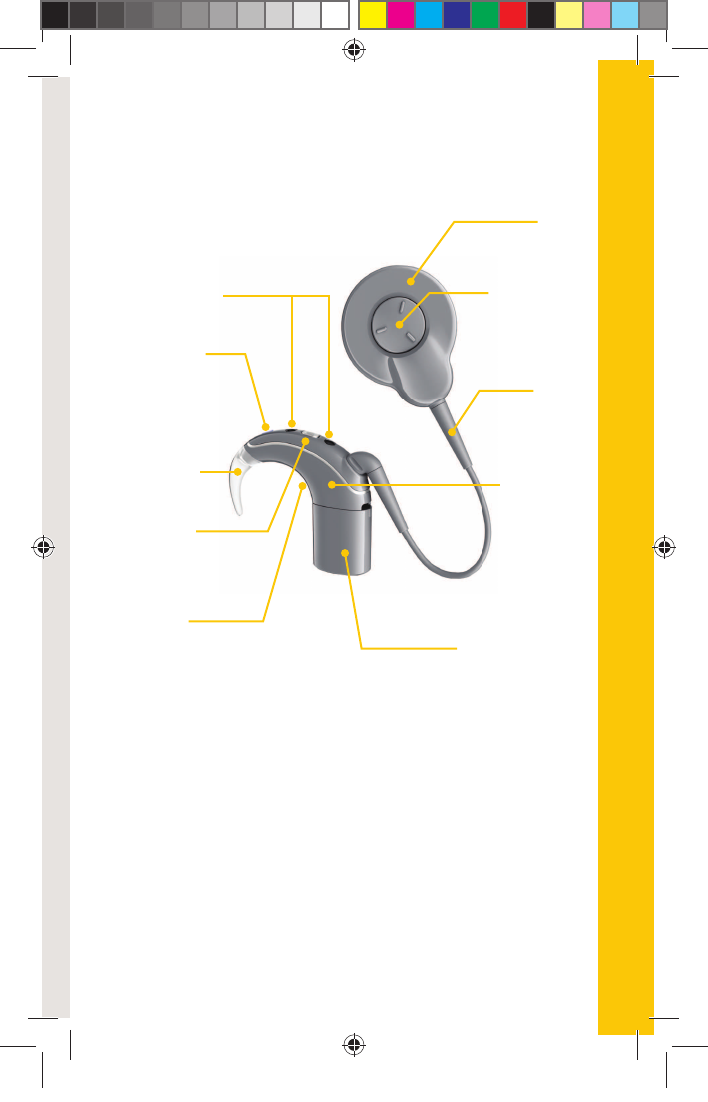
1NUCLEUS 7 SOUND PROCESSOR USER GUIDE
Nucleus 7 Sound Processor
ABOUT
Microphones and
microphone
protectors Coil magnet
Indicator
light Coil
cable
Control
button
Nucleus 7
processing
unit
Serial
number
Earhook
Battery module
Coil
Made for iPhone (MFi)
Your sound processor is a Made for iPhone (MFi) hearing device.
This allows you to control your sound processor with some
iPhone® and iPod touch® devices using the Cochlear Nucleus
Smart app.
Please see the app’s user guide for details.
DRAFT ONLY FOR CLINICAL TESTING
592753_1-06_EN_CP1000_UG_EMEA.indd 1 14/06/2016 1:22:53 PM
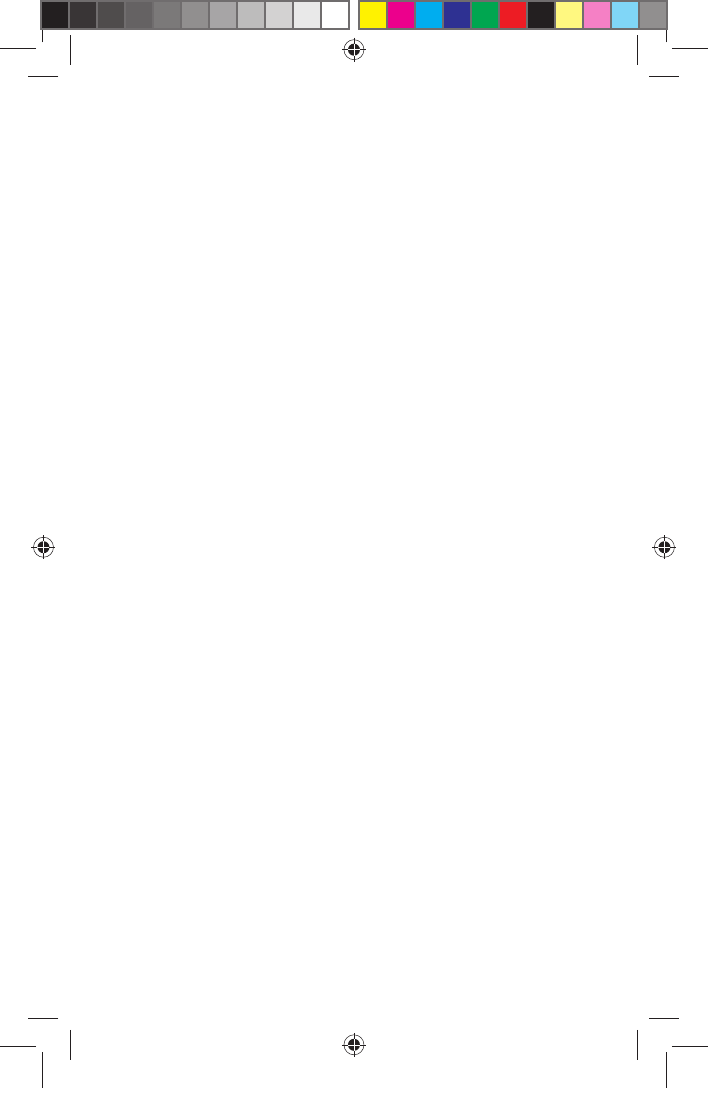
2NUCLEUS 7 SOUND PROCESSOR USER GUIDE
Contents
Power
Batteries . . . . . . . . . . . . . . . . . . . . . . . . . . . 4
Battery life . . . . . . . . . . . . . . . . . . . . . . . . . . 5
Lock the battery module to the processor . . . . . . . . 6
Lock the disposable battery module cover . . . . . . . . 7
Replace the battery module . . . . . . . . . . . . . . . . 8
Change disposable batteries . . . . . . . . . . . . . . . 10
Charge rechargeable batteries . . . . . . . . . . . . . . 12
Use
Turn on and off . . . . . . . . . . . . . . . . . . . . . . 18
Pair with remote or app. . . . . . . . . . . . . . . . . . 19
Lock the control button. . . . . . . . . . . . . . . . . . 19
Change program . . . . . . . . . . . . . . . . . . . . . 20
Change volume and sensitivity. . . . . . . . . . . . . . 20
Telecoil . . . . . . . . . . . . . . . . . . . . . . . . . . 21
Wireless accessories. . . . . . . . . . . . . . . . . . . . 22
Use monitor earphones . . . . . . . . . . . . . . . . . 24
Wear
Wear your processor . . . . . . . . . . . . . . . . . . . 26
For users with two implants . . . . . . . . . . . . . . . 27
Change earhooks . . . . . . . . . . . . . . . . . . . . . 28
Retention accessories . . . . . . . . . . . . . . . . . . . 29
Wear the Headband. . . . . . . . . . . . . . . . . . . . 32
Sport and exercise . . . . . . . . . . . . . . . . . . . . 35
Travel . . . . . . . . . . . . . . . . . . . . . . . . . . . 36
Flight mode . . . . . . . . . . . . . . . . . . . . . . . . 37
DRAFT ONLY FOR CLINICAL TESTING
592753_1-06_EN_CP1000_UG_EMEA.indd 2 14/06/2016 1:22:53 PM
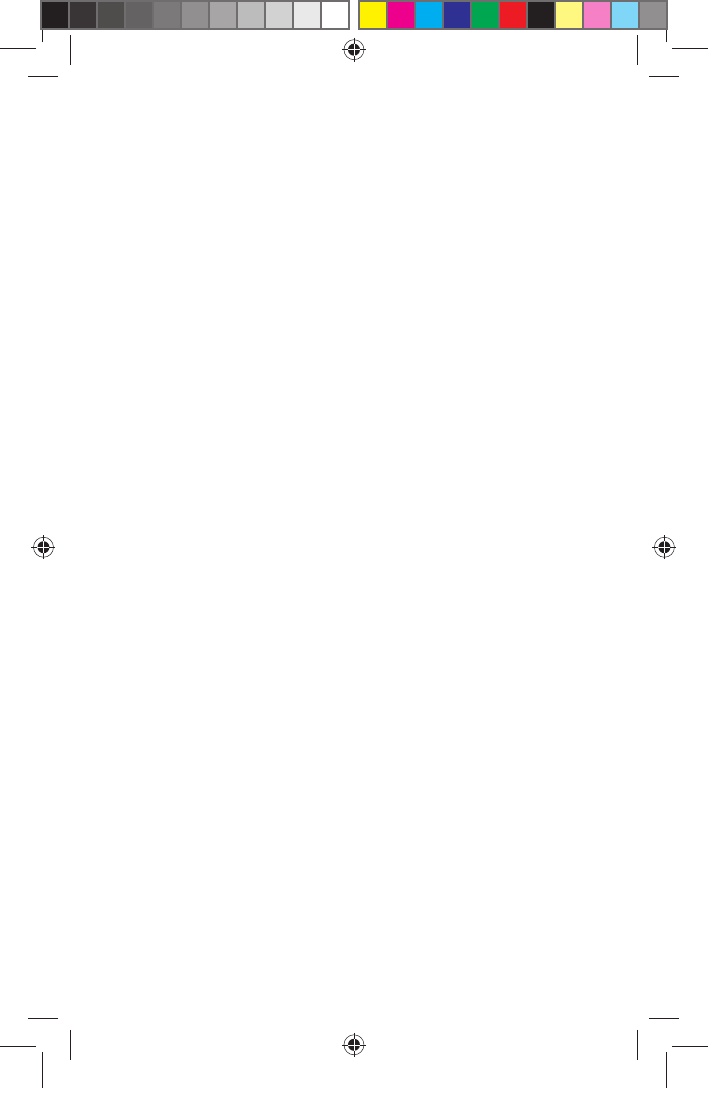
3NUCLEUS 7 SOUND PROCESSOR USER GUIDE
Care
Regular care . . . . . . . . . . . . . . . . . . . . . . . . 38
Battery charger care . . . . . . . . . . . . . . . . . . . 40
Storage . . . . . . . . . . . . . . . . . . . . . . . . . . 41
Water, sand and dirt . . . . . . . . . . . . . . . . . . . 42
Change microphone cover . . . . . . . . . . . . . . . . 44
Change the coil and cable . . . . . . . . . . . . . . . . 46
Change the coil magnet . . . . . . . . . . . . . . . . . 47
Lights and Beeps . . . . . . . . . . . . . 48
Troubleshoot . . . . . . . . . . . . . . . . 54
Cautions . . . . . . . . . . . . . . . . . . . . .61
Warnings
For parents and carers. . . . . . . . . . . . . . . . . . . 62
Processors and parts . . . . . . . . . . . . . . . . . . . 64
Batteries . . . . . . . . . . . . . . . . . . . . . . . . . . 67
Medical treatments . . . . . . . . . . . . . . . . . . . . 69
Other information . . . . . . . . . . . .72
DRAFT ONLY FOR CLINICAL TESTING
592753_1-06_EN_CP1000_UG_EMEA.indd 3 14/06/2016 1:22:53 PM
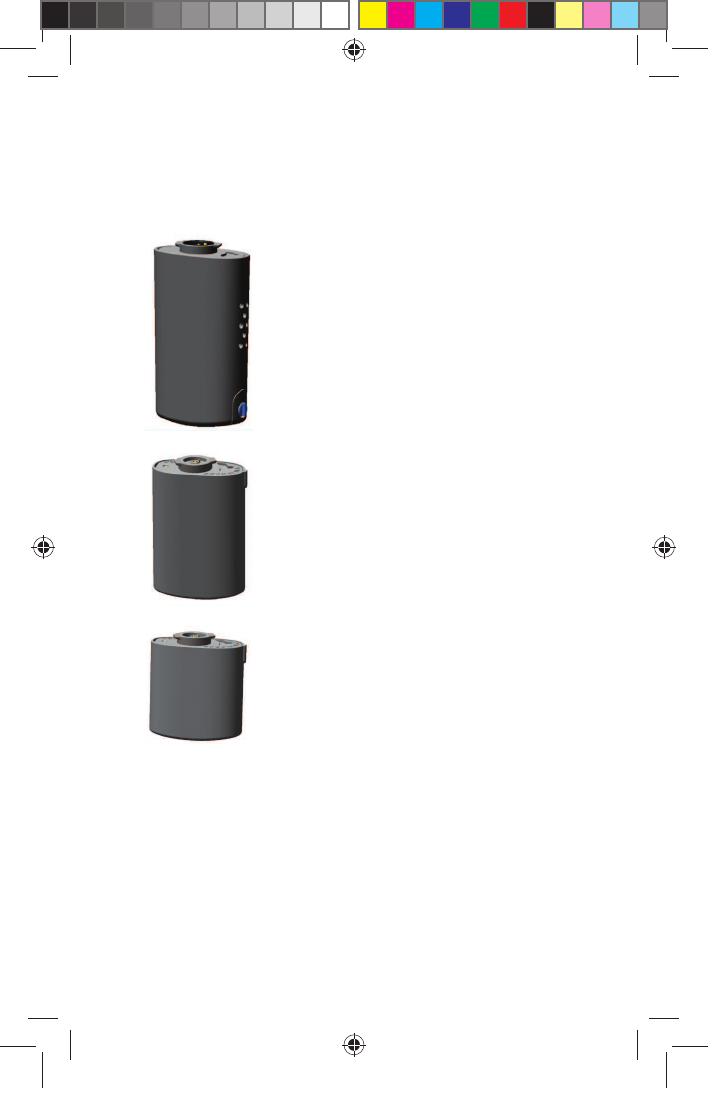
4NUCLEUS 7 SOUND PROCESSOR USER GUIDE
Batteries
You have a choice of three battery types for the Nucleus 7
Sound Processor:
The disposable battery module
consists of:
• Cochlear Nucleus 7 Battery Cover
• Cochlear Nucleus 7 Battery Holder
It uses two disposable batteries and
has a tamper-resistant lock.
The Cochlear Nucleus 7 Standard
Rechargeable Battery Module
The Cochlear Nucleus 7 Compact
Rechargeable Battery Module
DRAFT ONLY FOR CLINICAL TESTING
592753_1-06_EN_CP1000_UG_EMEA.indd 4 14/06/2016 1:22:54 PM
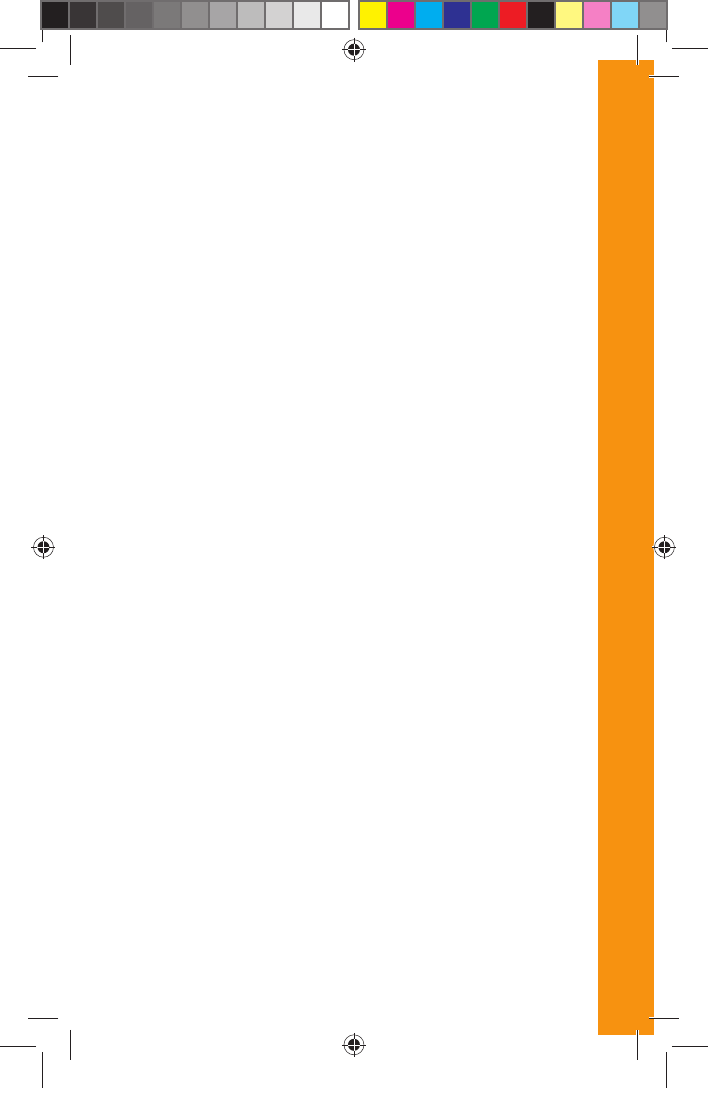
5NUCLEUS 7 SOUND PROCESSOR USER GUIDE
Battery life
Batteries should be replaced as needed just as you would
with any other electronic device. Battery life varies
according to the programs used each day, your implant
type, the thickness of skin covering your implant, and the
size and type of battery.
The rechargeable battery’s lifespan is at least 400 charge
cycles. A completely empty rechargeable battery will take
approximately four hours to recharge.
Rechargeable batteries may take longer to fully recharge
with age. To get the longest life from the rechargeable
batteries, always recharge before use.
To help you get the longest life from the batteries, your
sound processor will turn off two minutes after you take it
off your implant, if enabled by your clinician.
POWER
DRAFT ONLY FOR CLINICAL TESTING
592753_1-06_EN_CP1000_UG_EMEA.indd 5 14/06/2016 1:22:54 PM
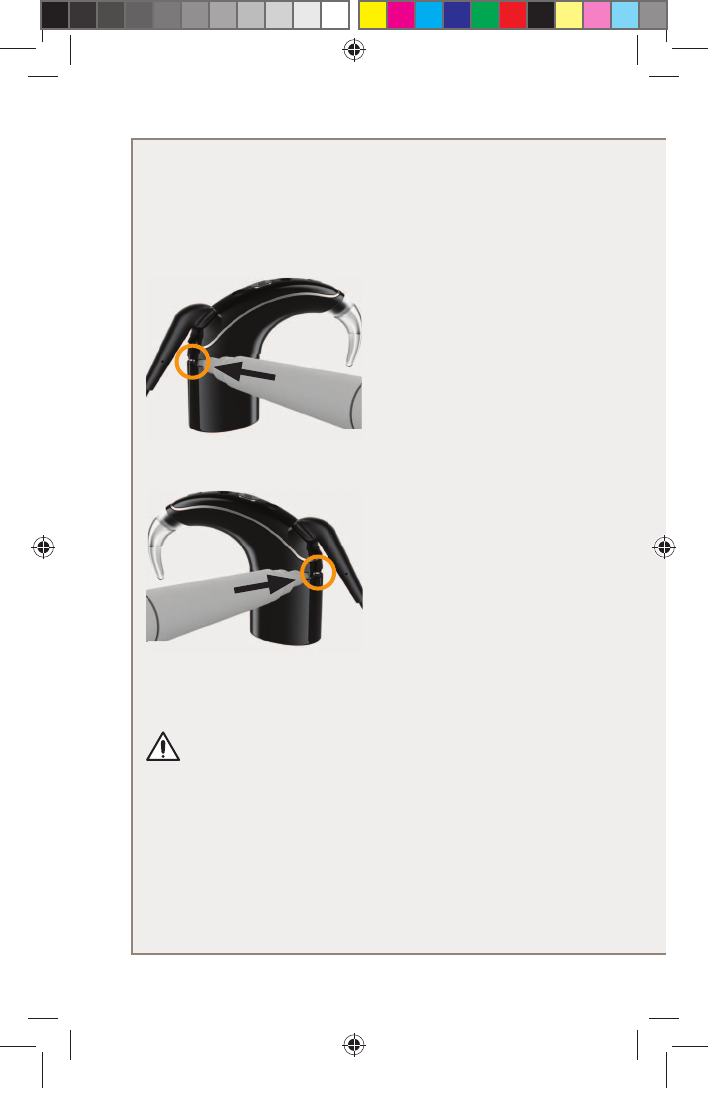
6NUCLEUS 7 SOUND PROCESSOR USER GUIDE
Lock the battery module to the
processor
To increase tamper resistance, the battery module can be
locked to the sound processor.
1. Use your battery
cover locking tool to
push the lock to the
far left to lock the
battery module.
2. Push the lock to the
far right to unlock the
battery module.
CAUTION
Always check this lock is unlocked before attaching or
removing the battery module.
DRAFT ONLY FOR CLINICAL TESTING
592753_1-06_EN_CP1000_UG_EMEA.indd 6 14/06/2016 1:22:56 PM
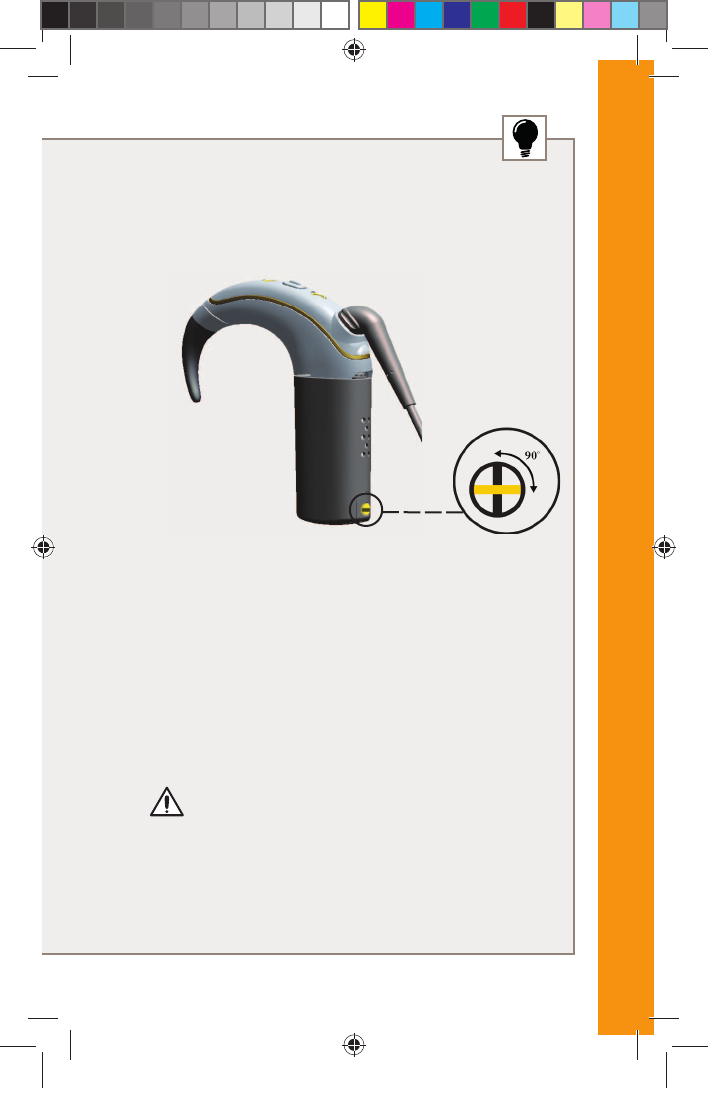
7NUCLEUS 7 SOUND PROCESSOR USER GUIDE
Lock the disposable battery
module cover
The disposable battery module has a tamper-resistant
lock to help prevent children opening the battery cover.
LOCK Turn the locking screw clockwise with the
battery cover locking tool until it is in a
horizontal position.
UNLOCK Turn the locking screw anticlockwise until
it is in a vertical position.
CAUTION
Always check the locking screw is unlocked before attaching
or removing the battery cover.
POWER
DRAFT ONLY FOR CLINICAL TESTING
592753_1-06_EN_CP1000_UG_EMEA.indd 7 14/06/2016 1:22:56 PM
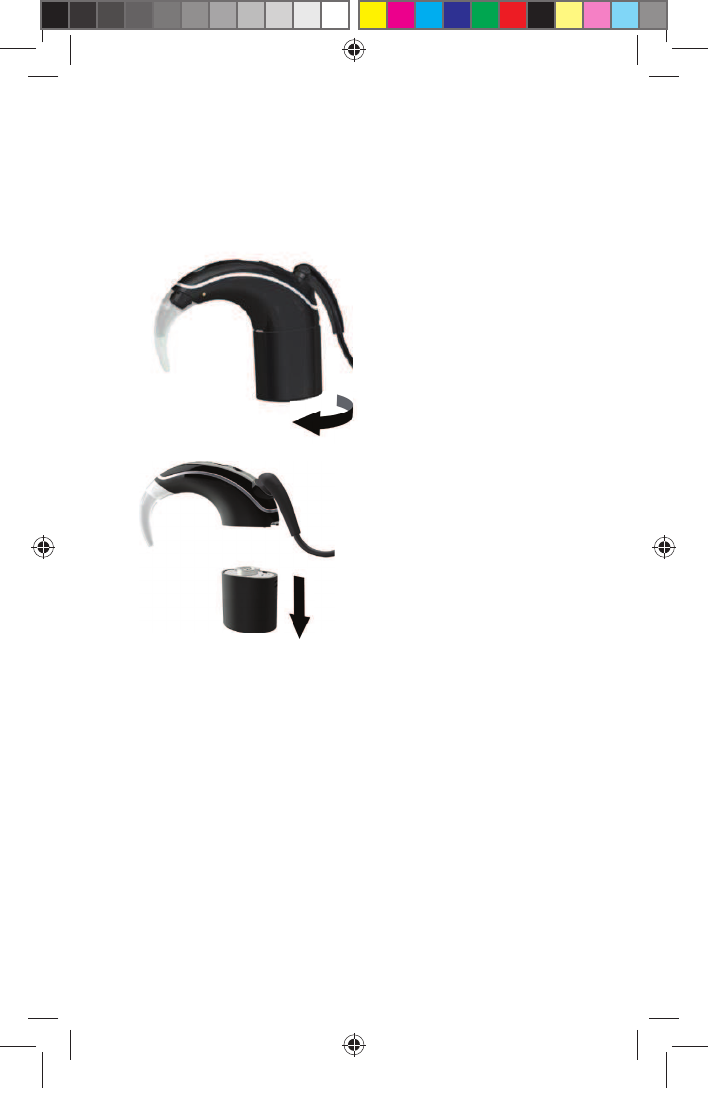
8NUCLEUS 7 SOUND PROCESSOR USER GUIDE
Replace the battery module
Remove the battery module
1. Twist the battery
module as shown to
release it from the
processing unit.
2. Pull the battery
module from the
processing unit.
DRAFT ONLY FOR CLINICAL TESTING
592753_1-06_EN_CP1000_UG_EMEA.indd 8 14/06/2016 1:22:56 PM
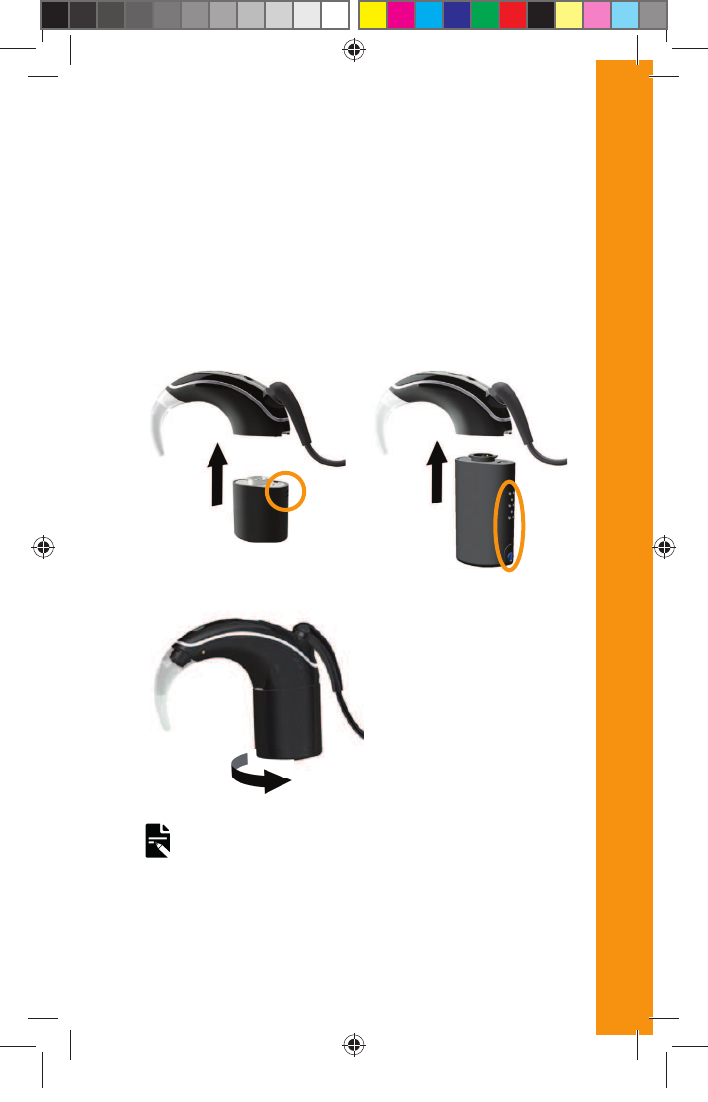
9NUCLEUS 7 SOUND PROCESSOR USER GUIDE
Attach the battery module
1. Align the battery module to the processor socket to fit
the parts together.
Rechargeable battery modules—
align raised marker on battery
module with back of processing
unit
Disposable battery module—
align indents and lock on battery
module with back of processing
unit
2. Twist the battery module
as shown to attach the
parts.
Your processor will turn
on automatically.
NOTE
If you do not put your processor on your implant, it will turn
off automatically after two minutes, if enabled by your
clinician.
POWER
DRAFT ONLY FOR CLINICAL TESTING
592753_1-06_EN_CP1000_UG_EMEA.indd 9 14/06/2016 1:22:57 PM
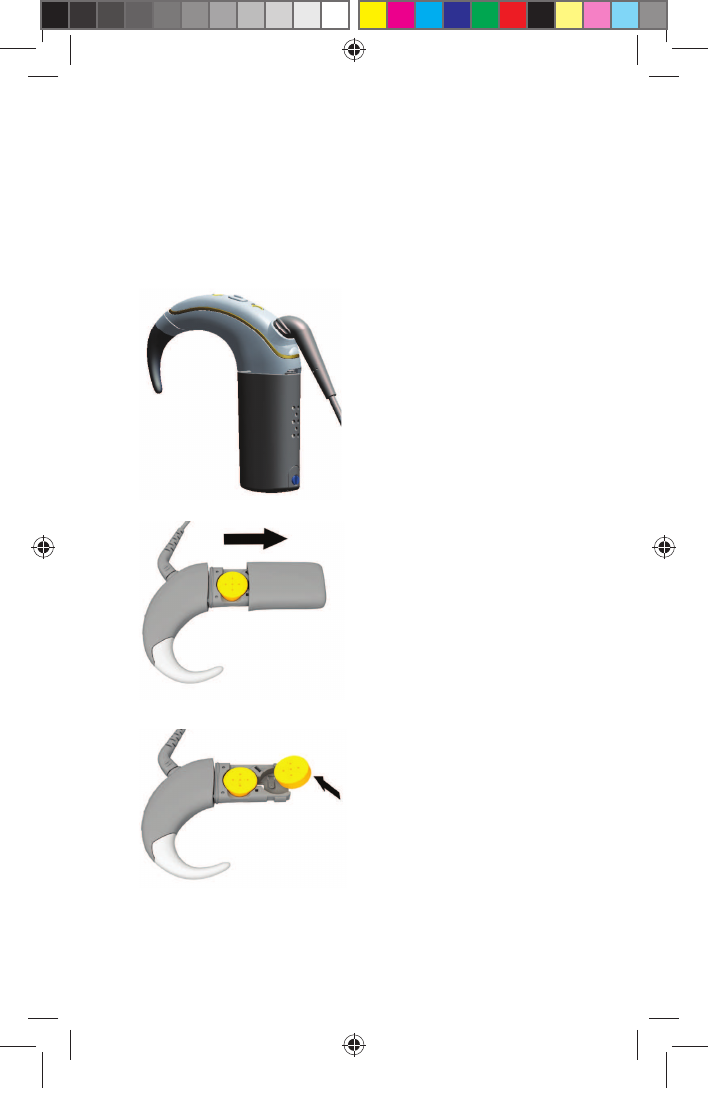
10 NUCLEUS 7 SOUND PROCESSOR USER GUIDE
Change disposable batteries
The disposable battery module uses two high power zinc
air batteries. Cochlear recommends 675 (PR44) zinc air
batteries designed for cochlear implant use. Do not use
silver oxide or alkaline batteries.
1. Press and hold the
button for 5 seconds,
then release to turn off
your processor.
2. Pull the unlocked battery
cover away from the
battery holder.
3. Remove the batteries
from the battery holder.
DRAFT ONLY FOR CLINICAL TESTING
592753_1-06_EN_CP1000_UG_EMEA.indd 10 14/06/2016 1:22:57 PM
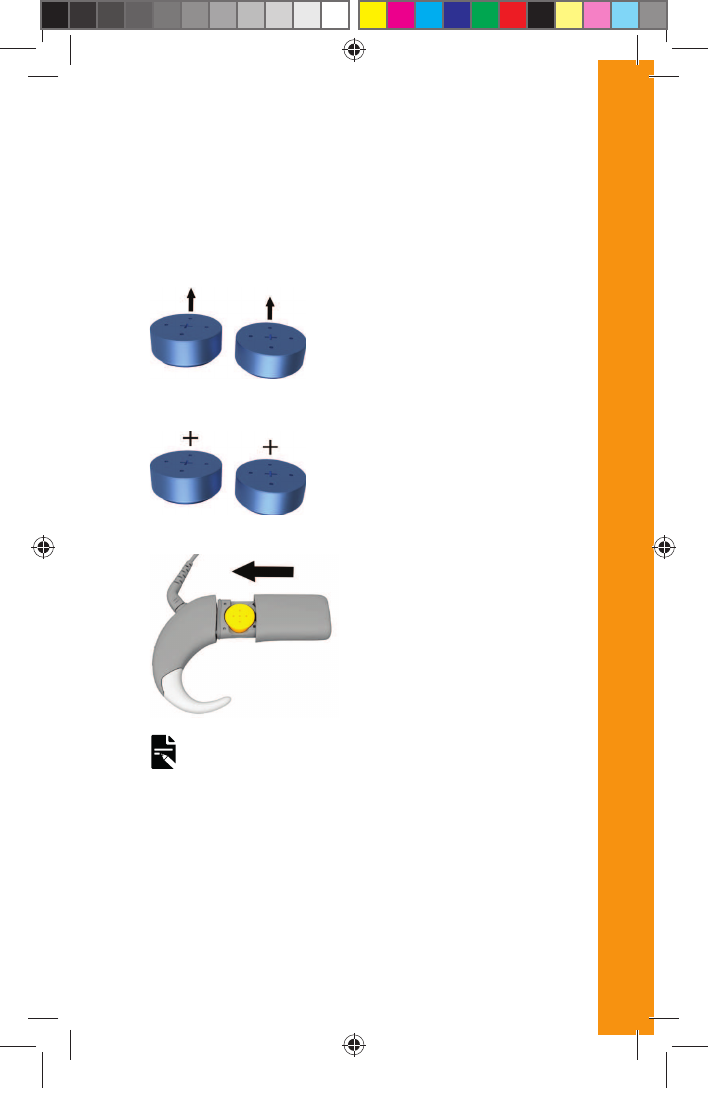
11NUCLEUS 7 SOUND PROCESSOR USER GUIDE
POWER
4. Remove the new batteries
from the packet, and let
them stand for a few
seconds.
5. Insert the batteries into
the battery holder with
the flat side (positive
terminal) facing up.
6. Replace the battery cover
by sliding it up towards
the processing unit.
Lock the cover if required
Your processor will
automatically turn on.
NOTE
If you do not put your processor on your implant, it will turn
off automatically after two minutes, if enabled by your
clinician.
DRAFT ONLY FOR CLINICAL TESTING
592753_1-06_EN_CP1000_UG_EMEA.indd 11 14/06/2016 1:22:58 PM
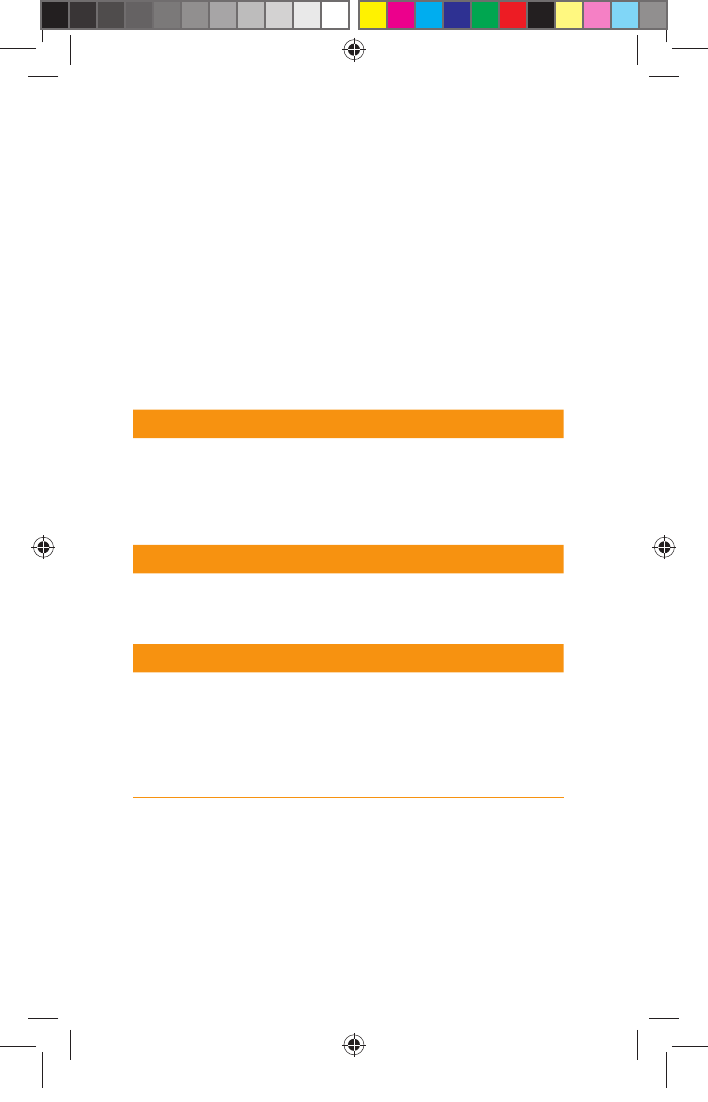
12 NUCLEUS 7 SOUND PROCESSOR USER GUIDE
Charge rechargeable batteries
There are two chargers that can be used with the
rechargeable battery modules:
• Cochlear Nucleus 7 Y Battery Charger (see page 14)
• Cochlear Nucleus 7 USB Battery Charger (see
page 16).
Before you start
Your Nucleus 7 rechargeable battery module has built-in
safety and monitoring features. Read this section before
using your battery charger.
SLEEP MODE
After manufacture, new rechargeable battery modules are put into
“sleep mode” which lasts for up to 2 years. This keeps some power
in the battery, as a completely flat battery won’t charge.
WHAT DO I DO? Before using a new battery module, you need to
“wake it up” by connecting it to a charger until it is fully charged.
STORING BATTERIES
Your rechargeable battery module will lose some power if you do
not use it for a period of time.
WHAT DO I DO? Charge your battery module before storing it.
CHARGING TEMPERATURE
Rechargeable battery modules have a built-in temperature sensor.
New batteries must be charged at 0 – 45° C (32 – 113° F). If battery
module temperature is outside this range, the LED will flash orange
(error).
WHAT DO I DO? Charge new rechargeable battery modules at a
room temperature of 0 – 45° C (32 – 113° F).
DRAFT ONLY FOR CLINICAL TESTING
592753_1-06_EN_CP1000_UG_EMEA.indd 12 14/06/2016 1:22:58 PM
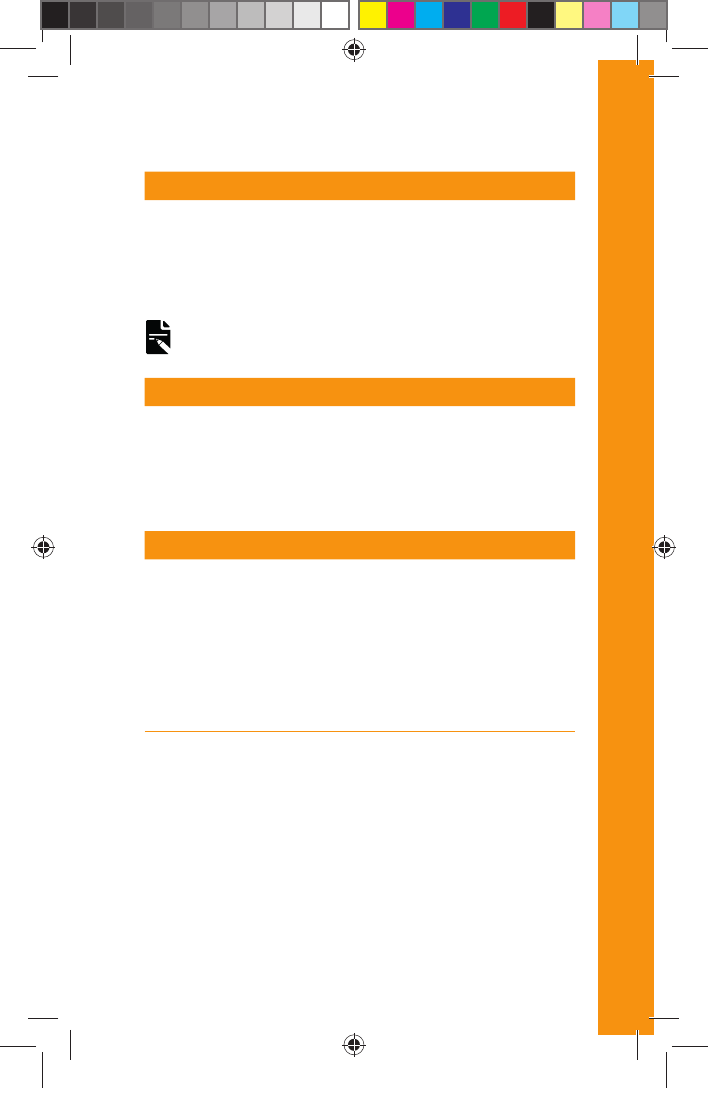
13NUCLEUS 7 SOUND PROCESSOR USER GUIDE
POWER
FLAT BATTERIES
Even if your rechargeable battery module goes flat while being used
with your Nucleus 7, it should hold some battery life.
This means you can recharge a flat battery module up to 1 year after
running it flat.
WHAT DO I DO? Charge your flat battery module after use.
NOTE
If a rechargeable battery module is too flat to charge, the
LED will flash orange (error).
BATTERY HEALTH CHECK
Rechargeable battery modules have a built-in “health check”. If it
detects a problem, it will turn the battery off. If the problem is
fixed, the battery will turn back on again.
WHAT DO I DO? If a battery turns off, disconnect and reconnect it
to your processor. If this does not restore power, contact your
clinician.
CONNECTING TO ACCESSORIES
Some accessories (e.g. monitor earphone adaptor, FM adaptor) are
“sandwiched” between the rechargeable battery module and your
processing unit.
If you leave them attached after use, this will drain the battery.
WHAT DO I DO? Don’t leave your battery module attached to an
accessory after use.
Don’t attach an accessory with a rechargeable battery module
attached to the battery charger. This will cause an error.
DRAFT ONLY FOR CLINICAL TESTING
592753_1-06_EN_CP1000_UG_EMEA.indd 13 14/06/2016 1:22:58 PM
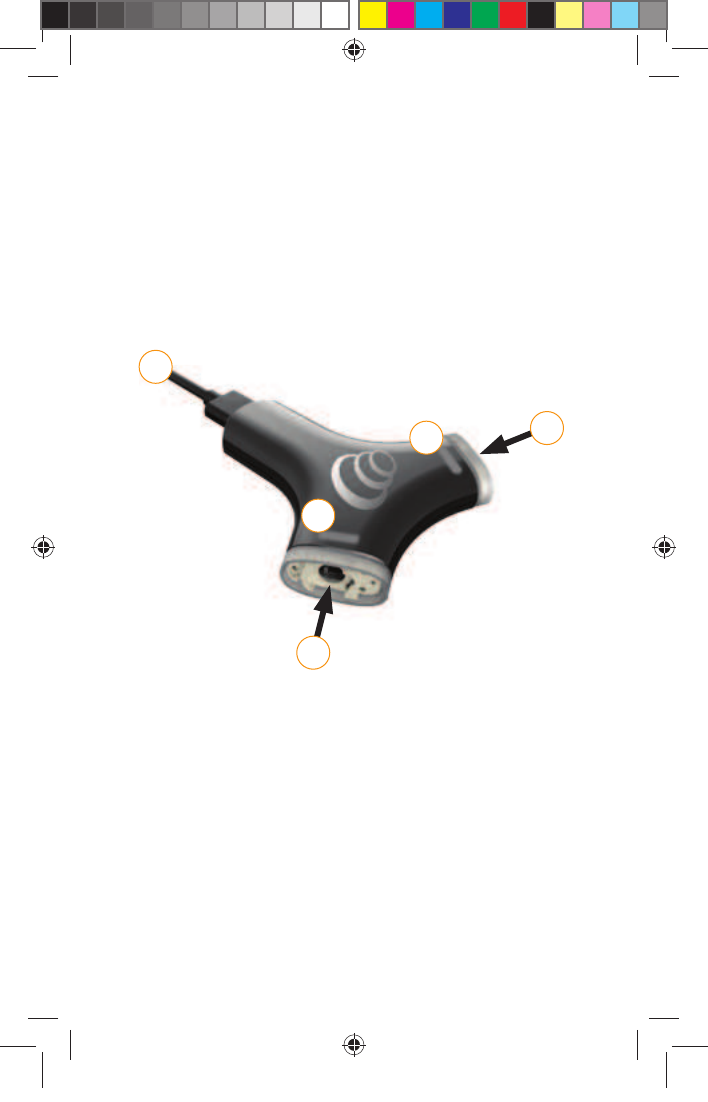
14 NUCLEUS 7 SOUND PROCESSOR USER GUIDE
Use the Y Battery Charger
The Y Battery Charger can charge two rechargeable battery
modules at once.
It uses the supplied USB cable to plug into:
• a wall power outlet using the supplied power adaptor
plug, or
• a USB port (e.g. computer).
1
3
3
2
2
1 Power cable
2 Rechargeable battery module connector
3 LED indicator
DRAFT ONLY FOR CLINICAL TESTING
592753_1-06_EN_CP1000_UG_EMEA.indd 14 14/06/2016 1:22:58 PM
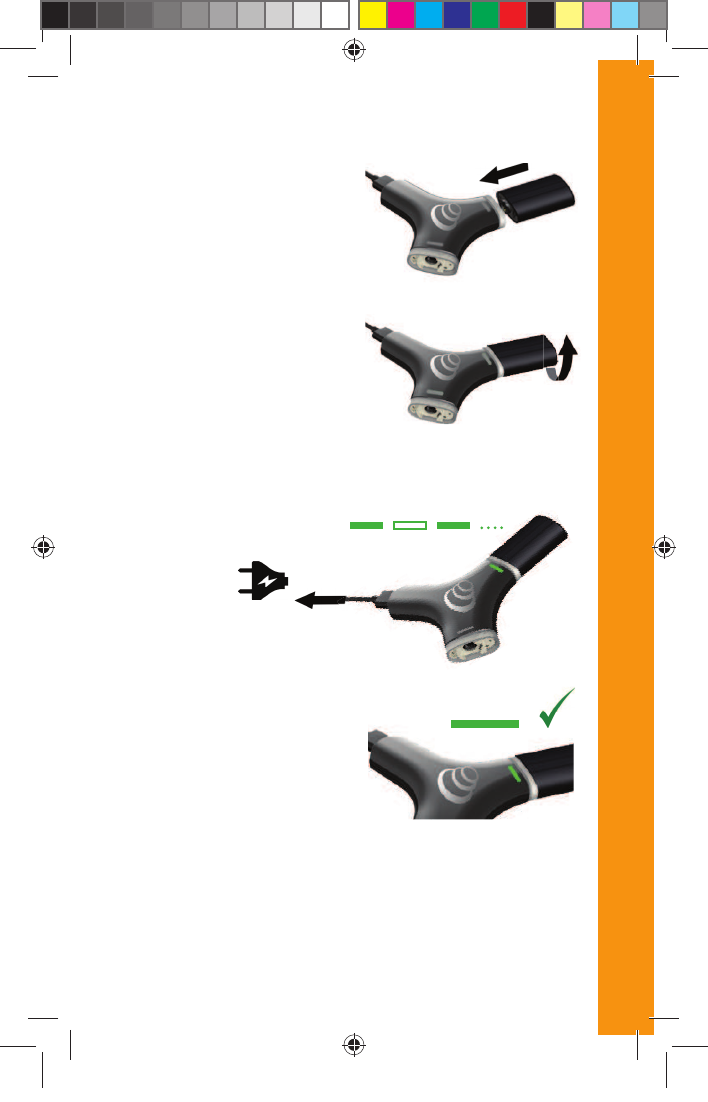
15NUCLEUS 7 SOUND PROCESSOR USER GUIDE
POWER
1. Connect the rechargeable
battery module to the
charger.
2. Twist to lock.
3. Plug the charger into a power outlet or USB port.
The LED flashes green while charging.
USB
4. The LED changes to
steady green when the
module is fully charged.
DRAFT ONLY FOR CLINICAL TESTING
592753_1-06_EN_CP1000_UG_EMEA.indd 15 14/06/2016 1:22:59 PM
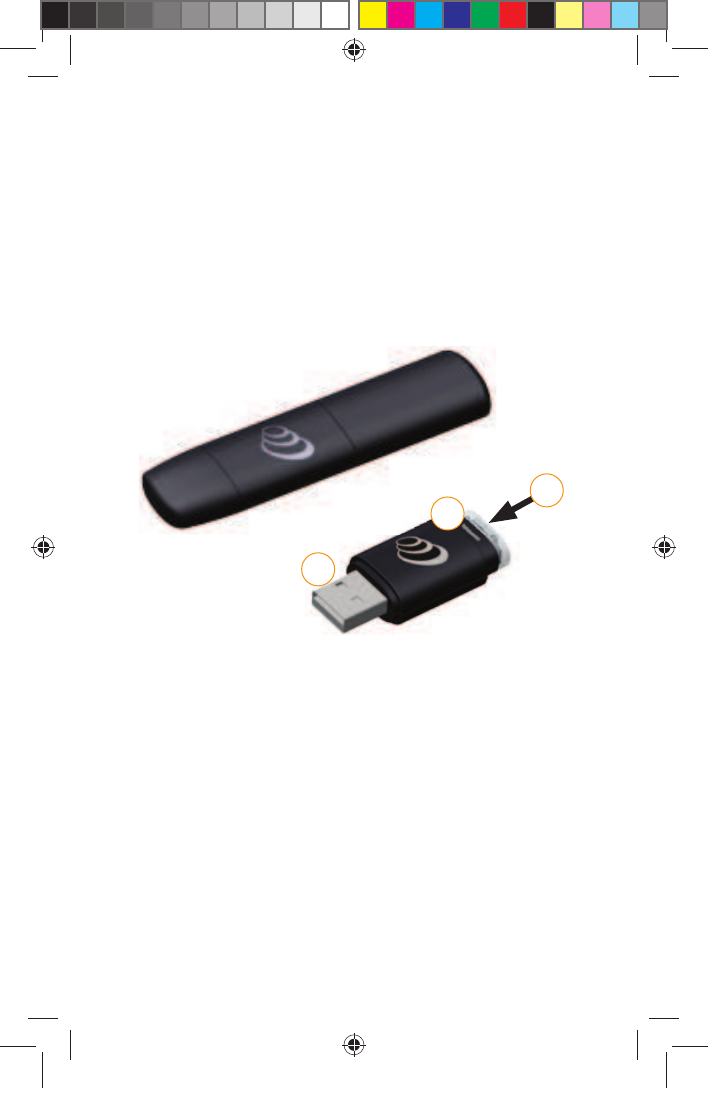
16 NUCLEUS 7 SOUND PROCESSOR USER GUIDE
Use the USB Battery Charger
The USB Battery Charger can charge one rechargeable
battery module at a time.
It uses a USB connector to plug into:
• a wall power outlet using the supplied cable and
power adaptor plug, or
• a USB port (e.g. computer).
1
3
2
1 USB connector
2 Rechargeable battery module connector
3 LED indicator
DRAFT ONLY FOR CLINICAL TESTING
592753_1-06_EN_CP1000_UG_EMEA.indd 16 14/06/2016 1:23:01 PM
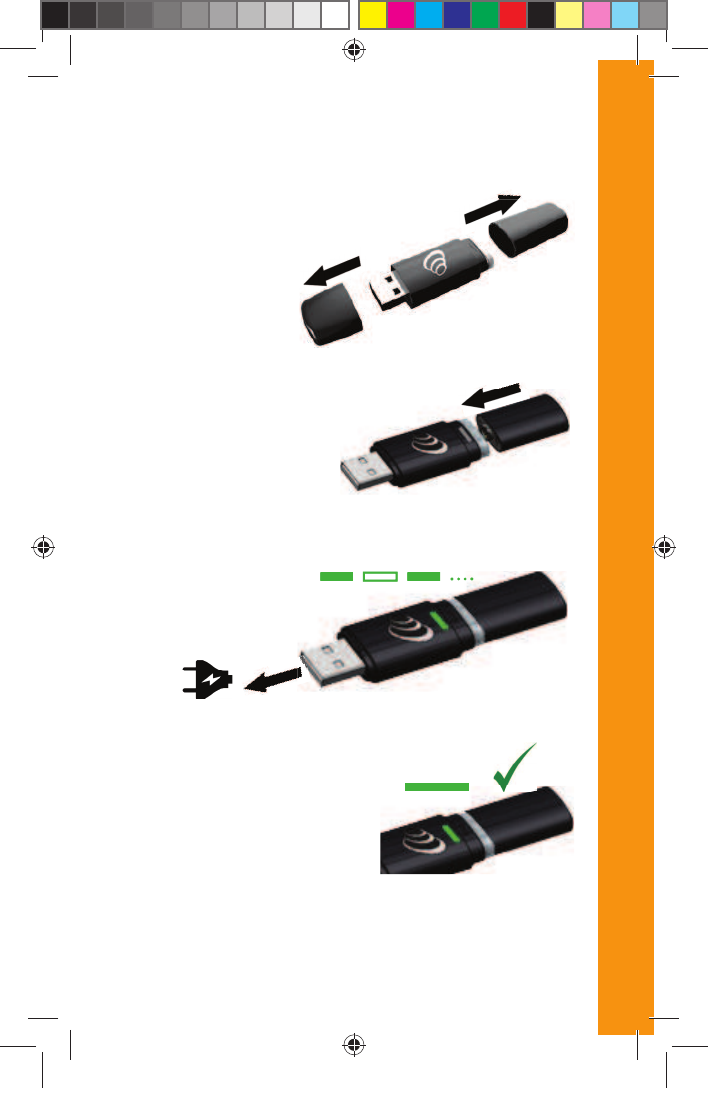
17NUCLEUS 7 SOUND PROCESSOR USER GUIDE
POWER
1. Remove the covers from the charger.
2. Connect the
rechargeable battery
module to the
charger.
3. Plug the charger into a power outlet or USB port.
The LED flashes green while charging.
USB
4. The LED changes to
steady green when the
module is fully
charged.
DRAFT ONLY FOR CLINICAL TESTING
592753_1-06_EN_CP1000_UG_EMEA.indd 17 14/06/2016 1:23:05 PM
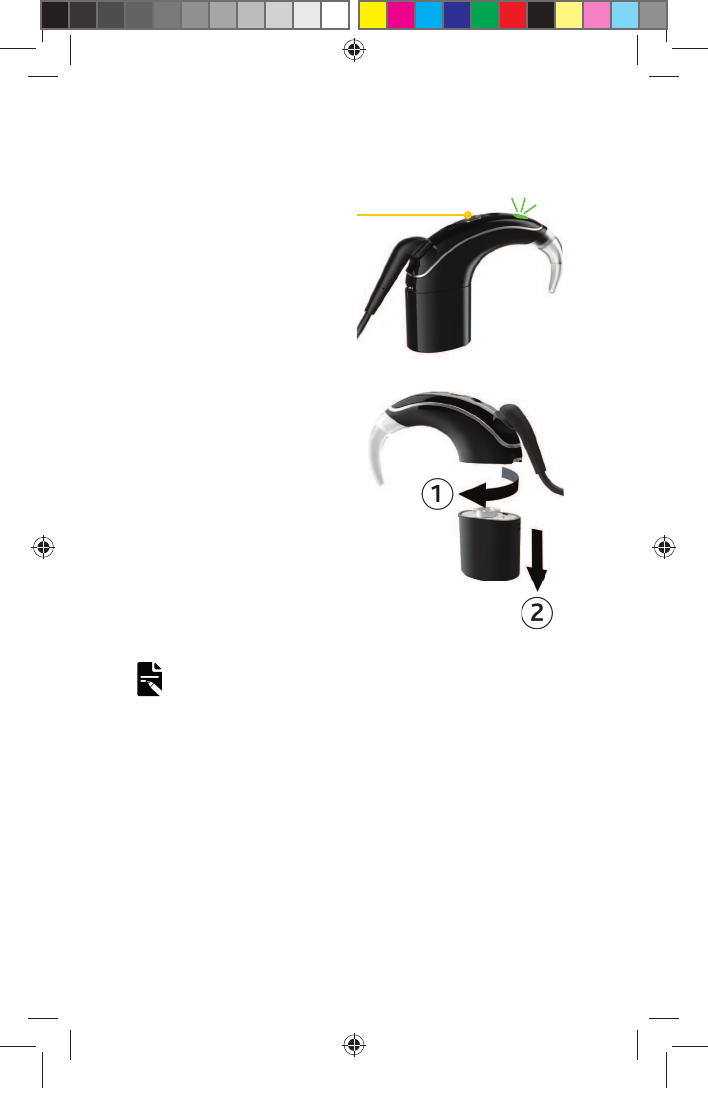
18 NUCLEUS 7 SOUND PROCESSOR USER GUIDE
Turn on and off
1. To turn on either:
• Connect the battery
(see page 9), or
• If the battery is already
connected, short press
the button.
2. To turn off, either:
• Disconnect the battery
(see page 8), or
• Press and hold the
button for 5 seconds,
then release.
The light will change to
steady orange as the
processor turns off.
NOTE
Your processor will also turn off automatically after being off
your implant for two minutes, if enabled by your clinician.
DRAFT ONLY FOR CLINICAL TESTING
592753_1-06_EN_CP1000_UG_EMEA.indd 18 14/06/2016 1:23:06 PM
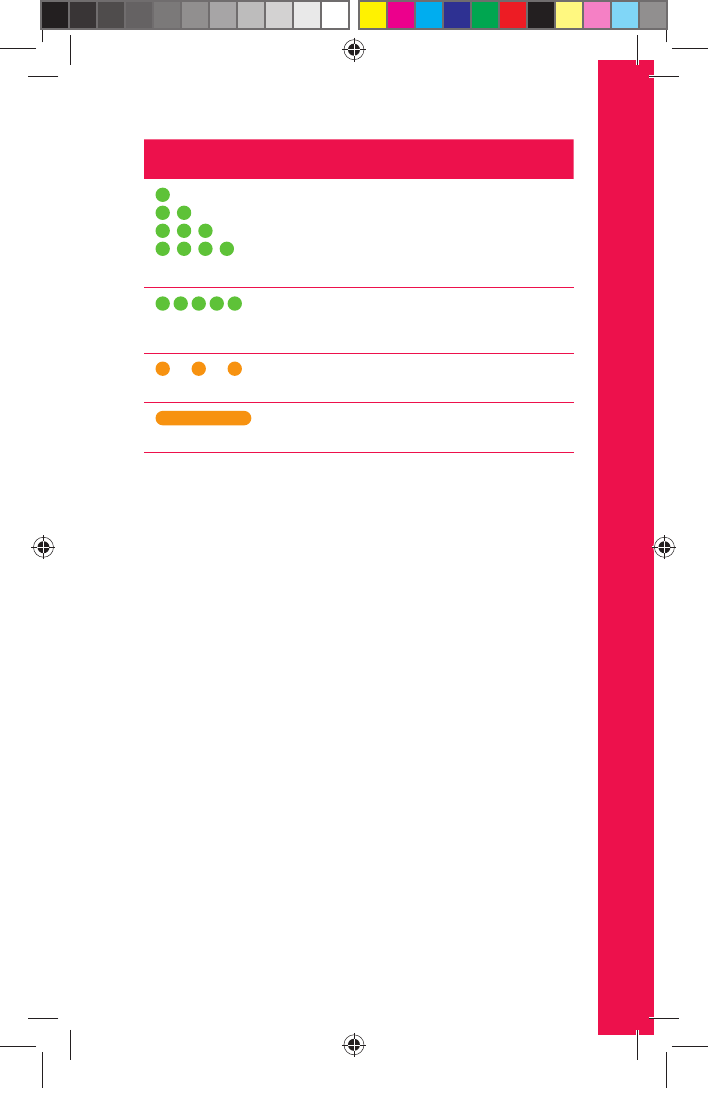
19NUCLEUS 7 SOUND PROCESSOR USER GUIDE
INDICATOR LIGHTS WHAT IT MEANS
Green flashes
Turning on processor.
The number of flashes indicates the
number of the current program.
…
Quick green flashes
Processor flashes while receiving
sound from microphones
(Child mode only).
...
Orange flashes
Processor is off the implant.
Long flash of orange
Processor is turning off.
Pair with remote or app
You need to pair your sound processor to your Nucleus 7
Remote Control or the Nucleus Smart app to use their
control and monitoring functions.
Please see their user guides for details.
Lock the control button
You can lock the sound processor’s control button using
the Nucleus Smart app.
Please see its user guide for details.
USE
DRAFT ONLY FOR CLINICAL TESTING
592753_1-06_EN_CP1000_UG_EMEA.indd 19 14/06/2016 1:23:06 PM
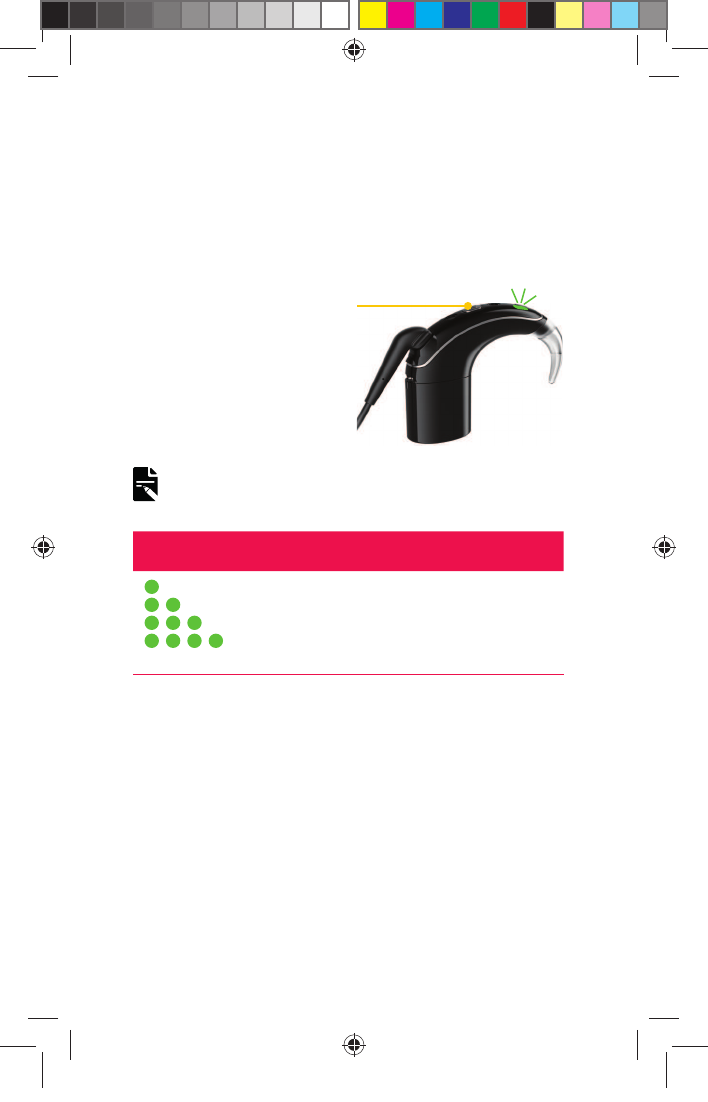
20 NUCLEUS 7 SOUND PROCESSOR USER GUIDE
Change program
You can choose between programs to change the way your
sound processor deals with sound (e.g. in noisy or quiet
places). Usually two programs are all you need, but your
clinician can give you up to four programs.
1. Short press the
button to switch
between programs.
NOTE
If your clinician has enabled SCAN, your sound processor can
automatically select the best program for you.
INDICATOR LIGHT WHAT IT MEANS
Green flashes
Changing the program
(Child mode only).
The number of flashes indicates the
number of the current program
Change volume and sensitivity
If set up by your clinician, you can control the levels of
volume or sensitivity (if available) using your Nucleus 7
Remote Control or the Nucleus Smart app.
Please see their user guides for details.
DRAFT ONLY FOR CLINICAL TESTING
592753_1-06_EN_CP1000_UG_EMEA.indd 20 14/06/2016 1:23:07 PM
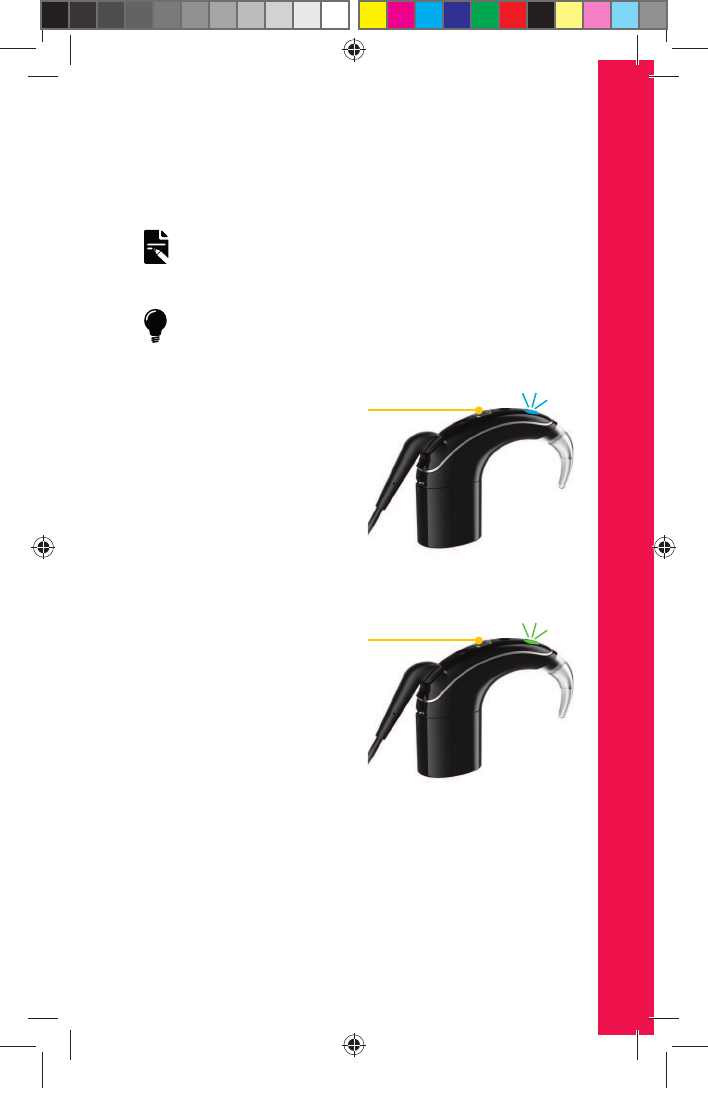
21NUCLEUS 7 SOUND PROCESSOR USER GUIDE
Telecoil
Your clinician can enable telecoil if you want to listen to
room hearing loops.
NOTE
Telecoil is not recommended for phone use with the Nucleus 7
Sound Processor. We recommend you use the Cochlear
Wireless Phone Clip. See Wireless accessories on page 22.
TIP
You can also use your remote or the Nucleus Smart app to
control telecoil. See their user guides for details.
1. Press and hold the
button for 2 seconds
then release to turn on
telecoil.
Blue: telecoil is on.
2. Short press the button
to turn off telecoil.
USE
DRAFT ONLY FOR CLINICAL TESTING
592753_1-06_EN_CP1000_UG_EMEA.indd 21 14/06/2016 1:23:09 PM
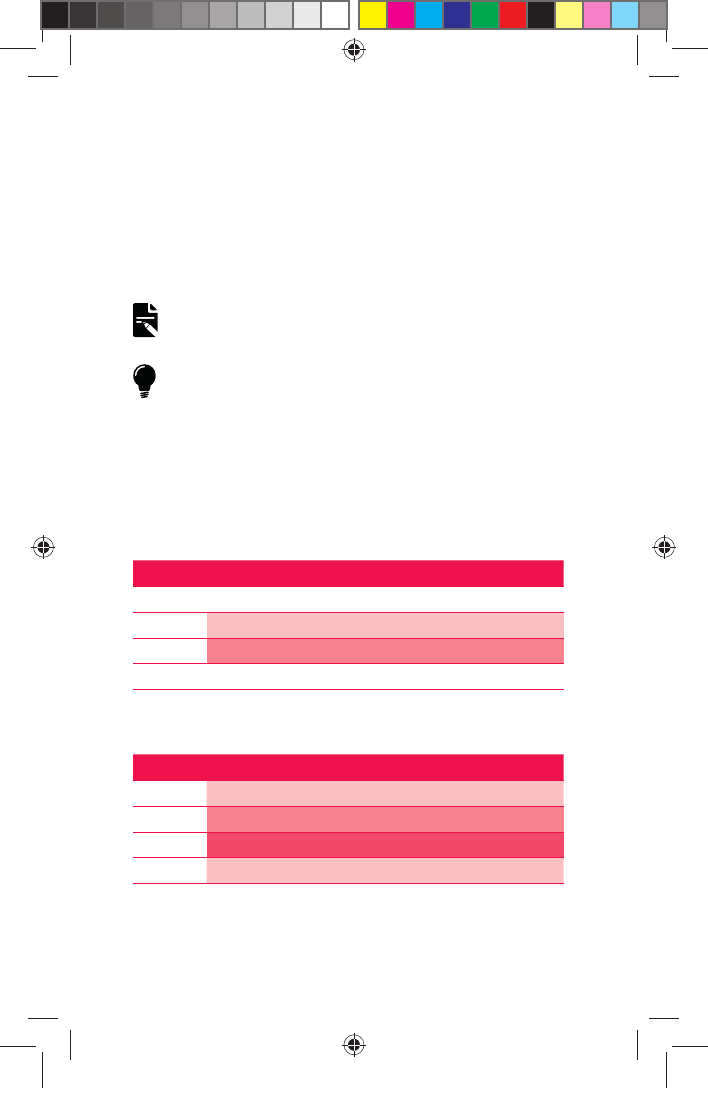
22 NUCLEUS 7 SOUND PROCESSOR USER GUIDE
Wireless accessories
Cochlear True Wireless™ Accessories can wirelessly stream
sound to your processor:
• The Mini Microphone or TV Streamer are controlled
from your processor.
• You use the Phone Clip controls for phone calls.
NOTE
You first need to pair your wireless accessories with your
sound processor. See their user guide for details.
TIP
You can also use your remote or the Nucleus Smart app to
control wireless accessories. See their user guides for details.
Each button press cycles you through telecoil (if enabled),
and then your wireless accessories (in the order in which
they were paired to your processor).
Scenario 1: Telecoil is enabled
PRESS STREAMED AUDIO
1Telecoil
2Wireless accessory 1 (e.g. Mini Microphone)
3Wireless accessory 2 (e.g. TV Streamer)
4... Telecoil...
Scenario 2: No telecoil
PRESS STREAMED AUDIO
1Wireless accessory 1 (e.g. Mini Microphone)
2Wireless accessory 2 (e.g. TV Streamer)
3Wireless accessory 3 (e.g. extra Mini Microphone)
4... Wireless accessory 1...
DRAFT ONLY FOR CLINICAL TESTING
592753_1-06_EN_CP1000_UG_EMEA.indd 22 14/06/2016 1:23:09 PM
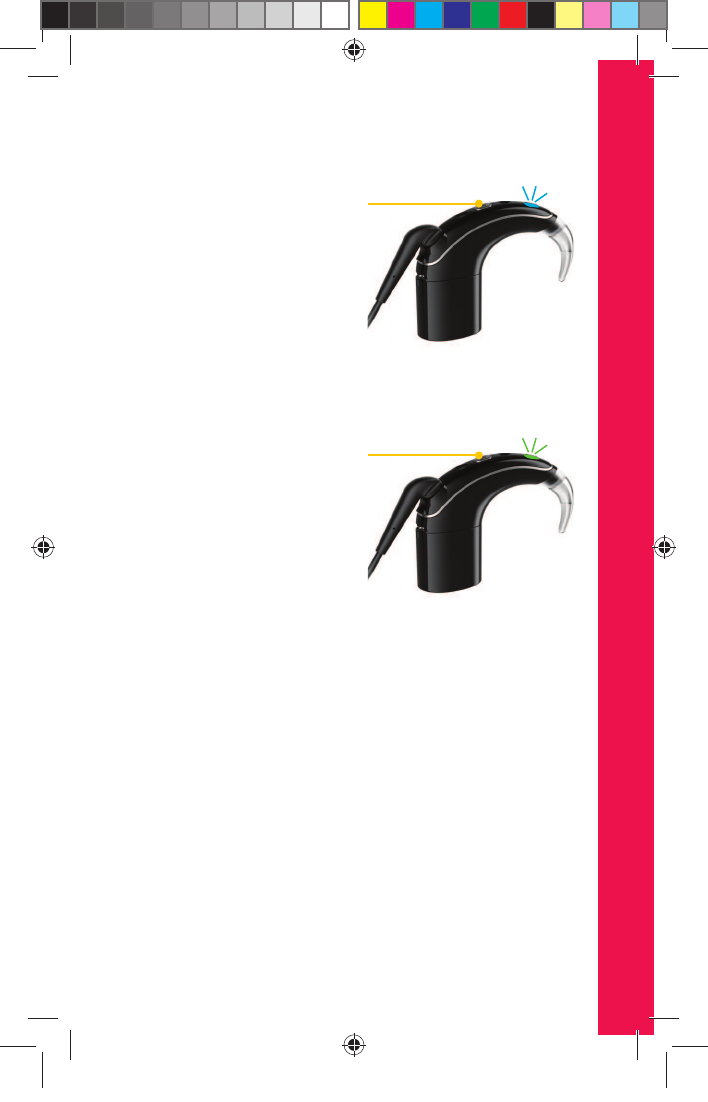
23NUCLEUS 7 SOUND PROCESSOR USER GUIDE
USE
1. Press and hold the
button for 2 seconds
then release to stream
audio.
Press and release again
if you need to cycle to
the next audio source.
Blue: streaming audio.
2. Short press the button
to stop streaming.
DRAFT ONLY FOR CLINICAL TESTING
592753_1-06_EN_CP1000_UG_EMEA.indd 23 14/06/2016 1:23:10 PM
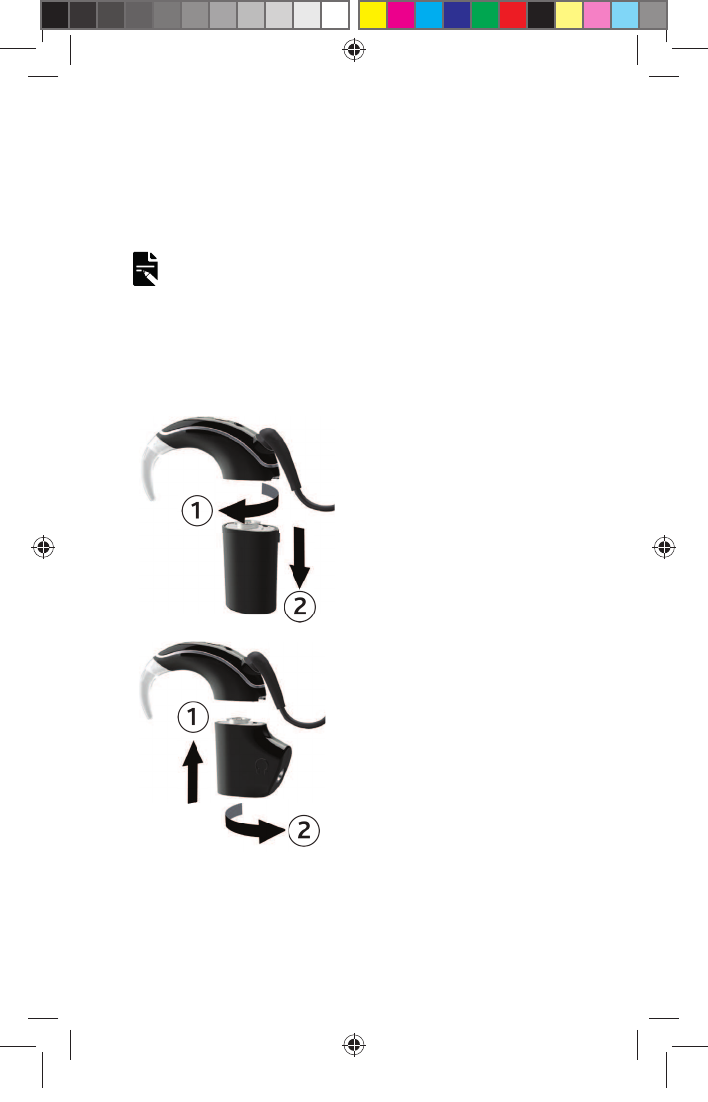
24 NUCLEUS 7 SOUND PROCESSOR USER GUIDE
Use monitor earphones
Carers can use monitor earphones to check that a Cochlear
implant recipient is receiving sound, and that functions like
telecoil or wireless accessories are working.
NOTES
• Only use approved earphones/headphones with the monitor
earphone adaptor (ones with a 3- or 4-pin audio jack that
fits the adaptor). You CAN use earbuds. You CANNOT use
noise-cancelling headphones.
• Don’t connect multiple monitor earphone adaptors in series.
• Don’t connect the monitor earphone adaptor to other audio
outputs, e.g. computer.
1. Twist to disconnect, then
remove the battery
module.
2. Insert the Cochlear
Nucleus 7 Monitor
Earphone Adaptor, then
twist to connect.
DRAFT ONLY FOR CLINICAL TESTING
592753_1-06_EN_CP1000_UG_EMEA.indd 24 14/06/2016 1:23:12 PM
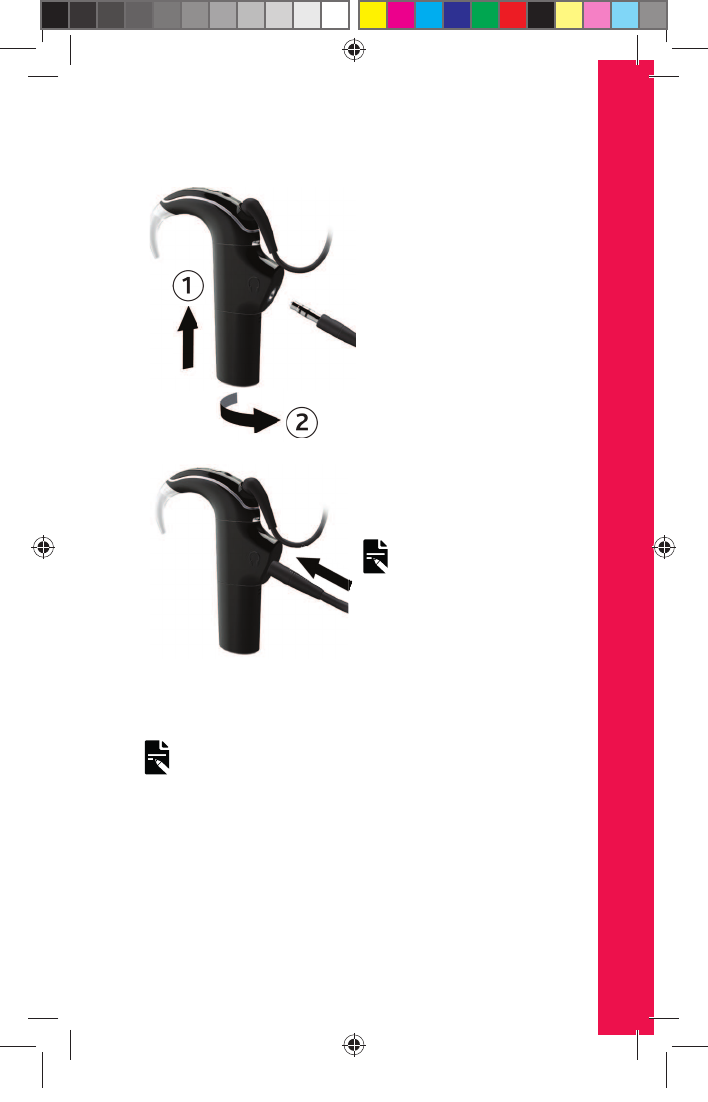
25NUCLEUS 7 SOUND PROCESSOR USER GUIDE
USE
3. Insert the battery module,
then twist to connect.
4. Plug the monitor
earphones into the
adaptor.
NOTE
Use only Cochlear-
approved earphones. Ask
your clinician for guidance
5. Use the earphones to check that the recipient is hearing
sound.
NOTE
Do not put the sound processor on the recipient’s implant.
DRAFT ONLY FOR CLINICAL TESTING
592753_1-06_EN_CP1000_UG_EMEA.indd 25 14/06/2016 1:23:13 PM
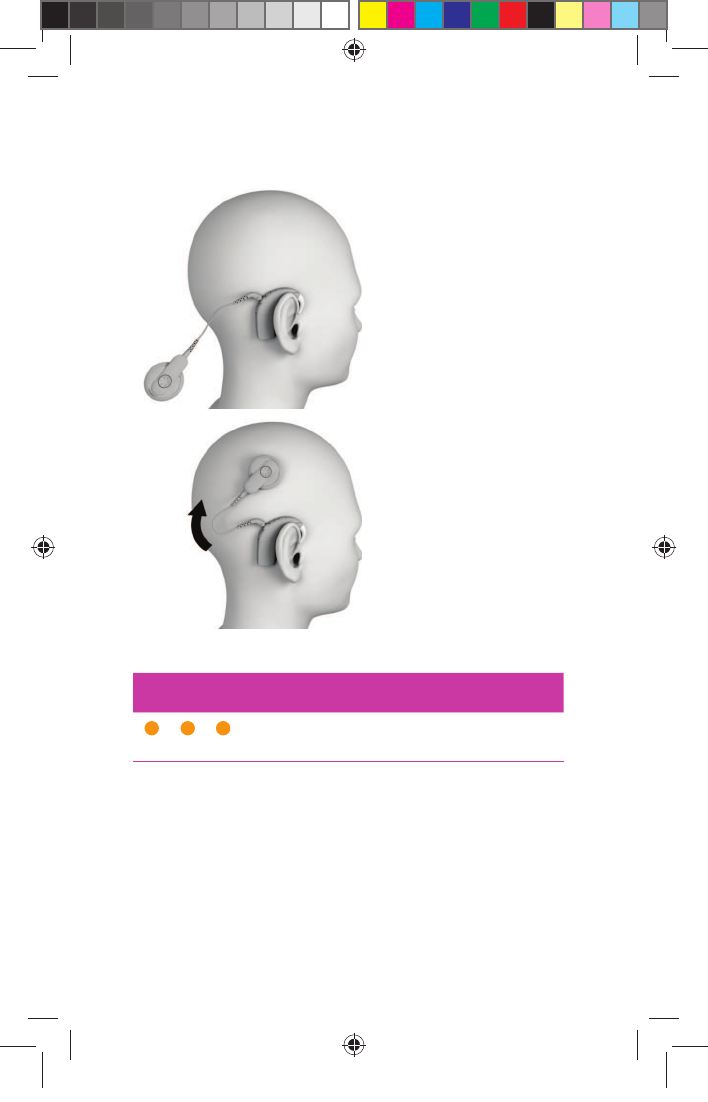
26 NUCLEUS 7 SOUND PROCESSOR USER GUIDE
Wear your processor
1. Place the processor
on your ear, letting
the coil dangle.
2. Move the coil
sideways and onto
your implant.
INDICATOR LIGHTS WHAT IT MEANS
Flash of orange every second
Processor flashes while coil is off
(or connected to the wrong implant).
DRAFT ONLY FOR CLINICAL TESTING
592753_1-06_EN_CP1000_UG_EMEA.indd 26 14/06/2016 1:23:14 PM
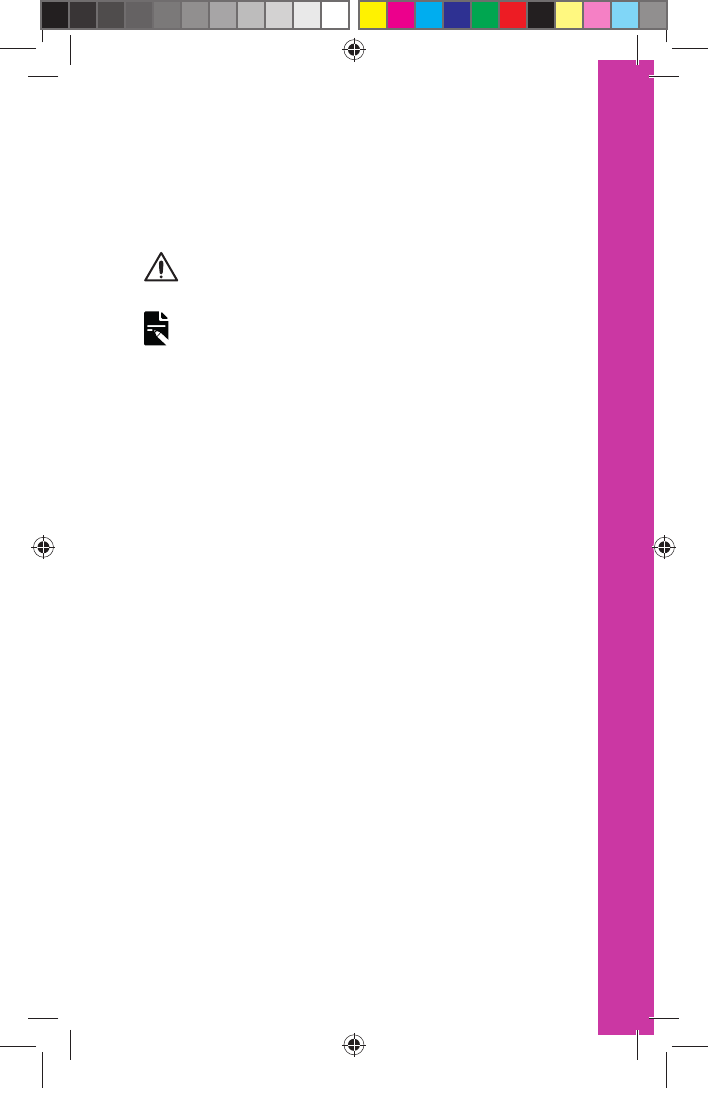
27NUCLEUS 7 SOUND PROCESSOR USER GUIDE
WEAR
For users with two implants
Ask your clinician to give you coloured stickers (red for
right, blue for left) to make identifying left and right
processors easier.
CAUTION
If you have two implants, you must use the correct sound
processor for each implant.
NOTE
Your sound processor will recognise the implant’s ID, so it will
not work on the wrong implant.
DRAFT ONLY FOR CLINICAL TESTING
592753_1-06_EN_CP1000_UG_EMEA.indd 27 14/06/2016 1:23:14 PM
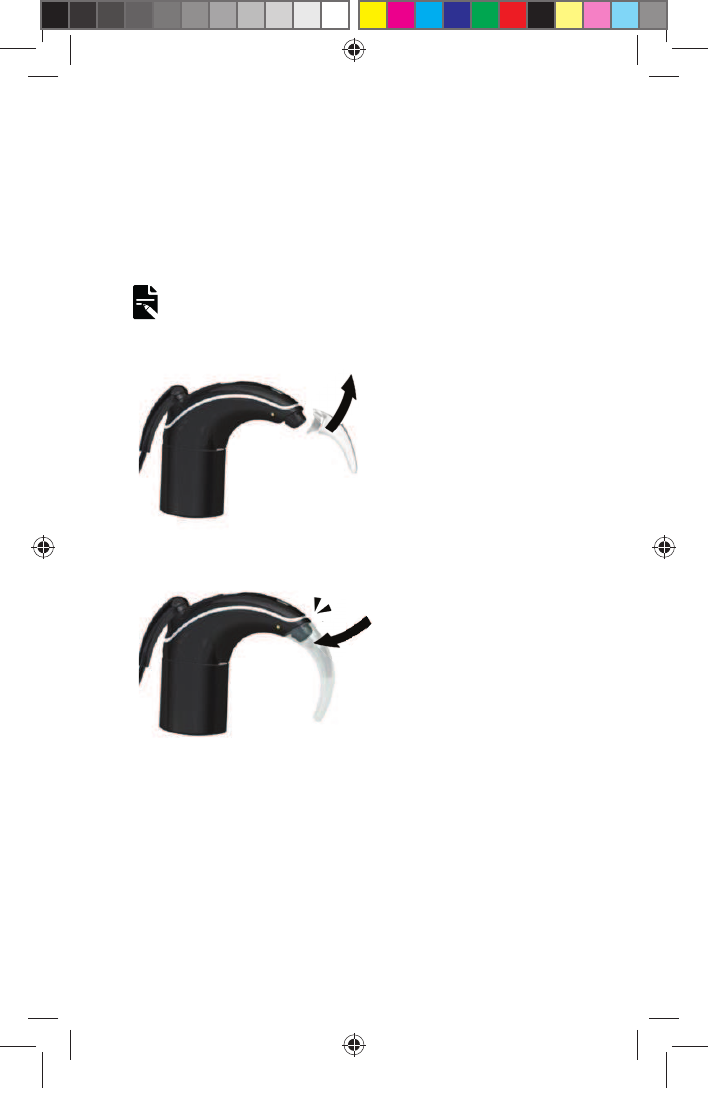
28 NUCLEUS 7 SOUND PROCESSOR USER GUIDE
Change earhooks
The Cochlear Nucleus 7 Earhook comes in small, medium
and large sizes.
For extra help wearing your processor securely and safely,
see Retention accessories on page 29.
NOTE
Remove your earhook only when necessary–it may become
loose if it is removed too often.
1. Pull up on the
earhook to
remove it.
2. Click the new
earhook into place.
DRAFT ONLY FOR CLINICAL TESTING
592753_1-06_EN_CP1000_UG_EMEA.indd 28 14/06/2016 1:23:16 PM
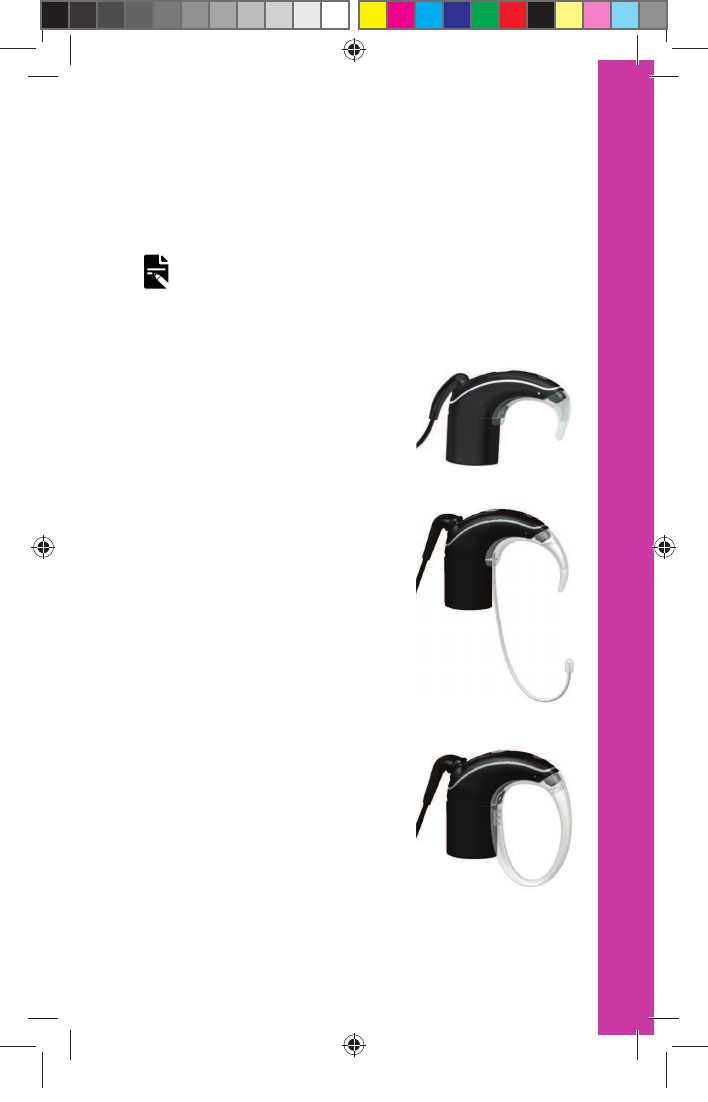
29NUCLEUS 7 SOUND PROCESSOR USER GUIDE
Retention accessories
A range of optional Cochlear Nucleus 7 accessories are
available to help you wear your sound processor securely
and safely.
NOTE
Hybrid mode cannot be used with retention accessories.
They either position the sound processor off the ear, or use a
custom earhook which means the acoustic component
cannot be fitted.
Nucleus 7 Tamper Resistant Earhook
A small earhook for young children.
An extra hook holds it in place to
reduce the risk of it becoming a
choking hazard.
Nucleus 7 Snugfit
Holds your sound processor more
securely in place than an earhook
alone.
Available in small, medium and
large.
Nucleus 7 Hugfit™
Holds a child’s sound processor in
place more securely than an
earhook alone.
Carers can access controls and
accessories.
In three sizes to suit small ears.
WEAR
DRAFT ONLY FOR CLINICAL TESTING
592753_1-06_EN_CP1000_UG_EMEA.indd 29 14/06/2016 1:23:17 PM
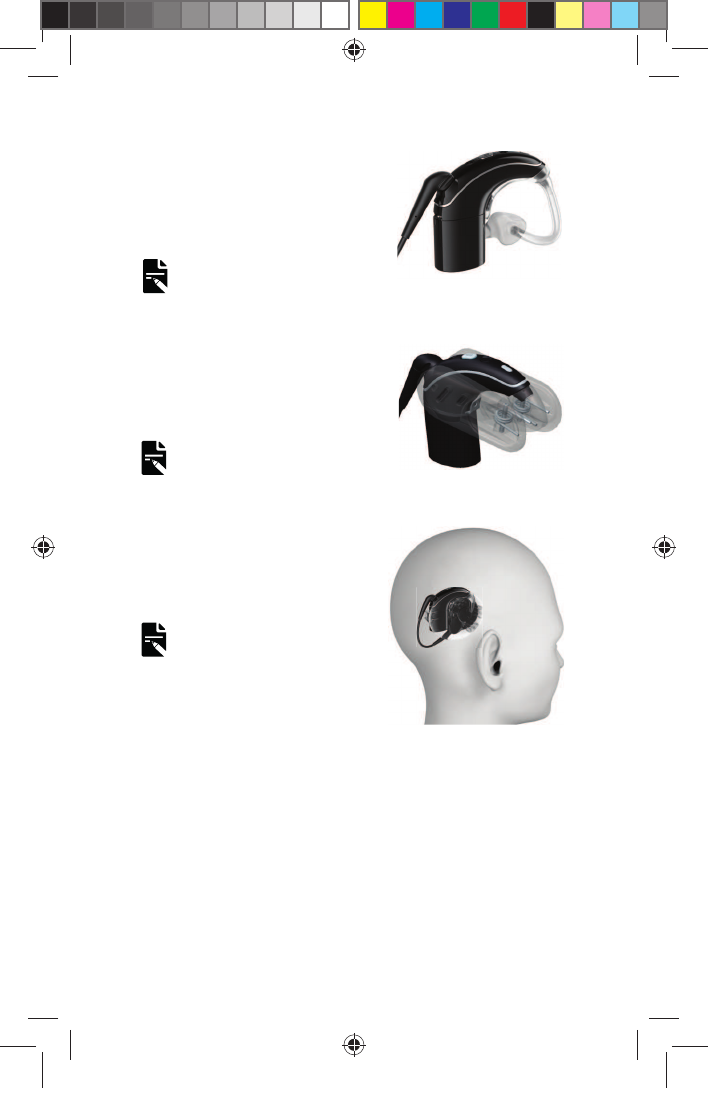
30 NUCLEUS 7 SOUND PROCESSOR USER GUIDE
Nucleus 7 Earmould Adaptor
Allows you to attach a custom
earmould to hold your sound
processor in place more securely
than an earhook alone.
NOTE
The custom earmould is not
supplied by Cochlear.
Nucleus 7 Koala Clip
Holds your sound processor so you
can clip it onto your clothing. Great
for chidren.
NOTE
You will need to use a coil with a
longer cable.
Nucleus 7 Headworn Adaptor
Holds your sound processor and
coil, so you can wear them on your
head.
NOTES
• Headworn comes in right or
left side models — your
processor needs to face the
same way as when you wear it
on your ear.
• Headworn works best with a 6,
8 or 11 cm coil cable, a
compact rechargeable battery
module and a stronger
magnet.
DRAFT ONLY FOR CLINICAL TESTING
592753_1-06_EN_CP1000_UG_EMEA.indd 30 14/06/2016 1:23:23 PM
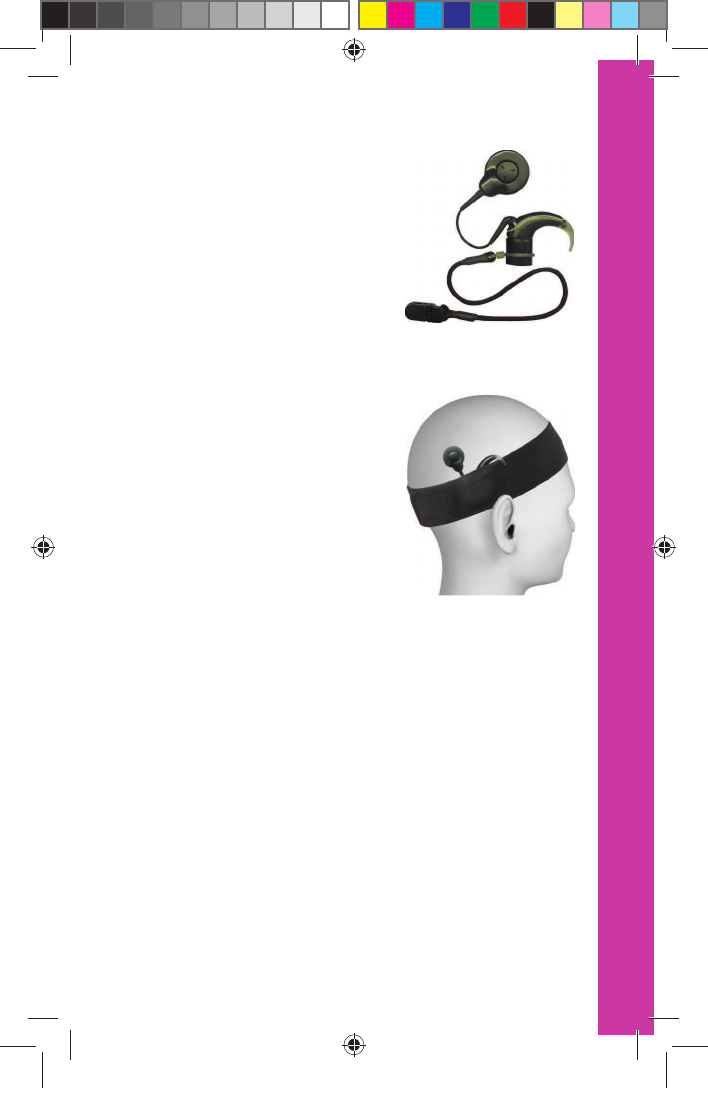
31NUCLEUS 7 SOUND PROCESSOR USER GUIDE
WEAR
Cochlear™ Safety Cord
Clips to clothing so active people
are less likely to lose their sound
processor.
Available in single or double (for
users with two processors).
Nucleus 7 Headband
Holds your sound processor and
coil in place. Great for active adults
and children.
Has pockets for left and right side
sound processors.
DRAFT ONLY FOR CLINICAL TESTING
592753_1-06_EN_CP1000_UG_EMEA.indd 31 14/06/2016 1:23:27 PM
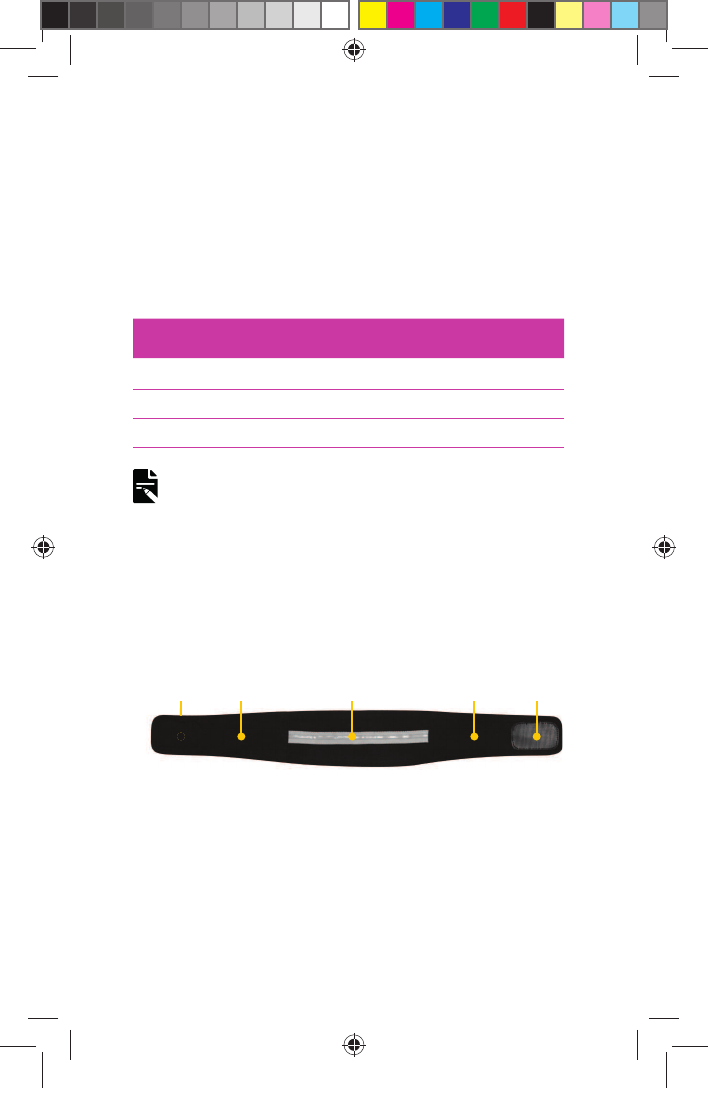
32 NUCLEUS 7 SOUND PROCESSOR USER GUIDE
Wear the Headband
The Cochlear Headband is an optional accessory that
holds the processor in place on your implant. This is useful
for children or for physical activities.
Headband sizing
To choose a headband, measure your head circumference:
SIZE CIRCUMFERENCE SIZE CIRCUMFERENCE
XXS 41-47 cm M 52-58 cm
XS 47-53 cm L 54-62 cm
S 49-55 cm
NOTE
The headband may affect your sound processor’s performance.
If you notice any change, contact your clinician.
Fitting the Headband
1. Open the headband and lay it flat, with the processor
pockets facing up.
Velcro
Anti-slip strip
(for forehead) Right processor
pocket
Left processor
pocket
Velcro
DRAFT ONLY FOR CLINICAL TESTING
592753_1-06_EN_CP1000_UG_EMEA.indd 32 14/06/2016 1:23:27 PM
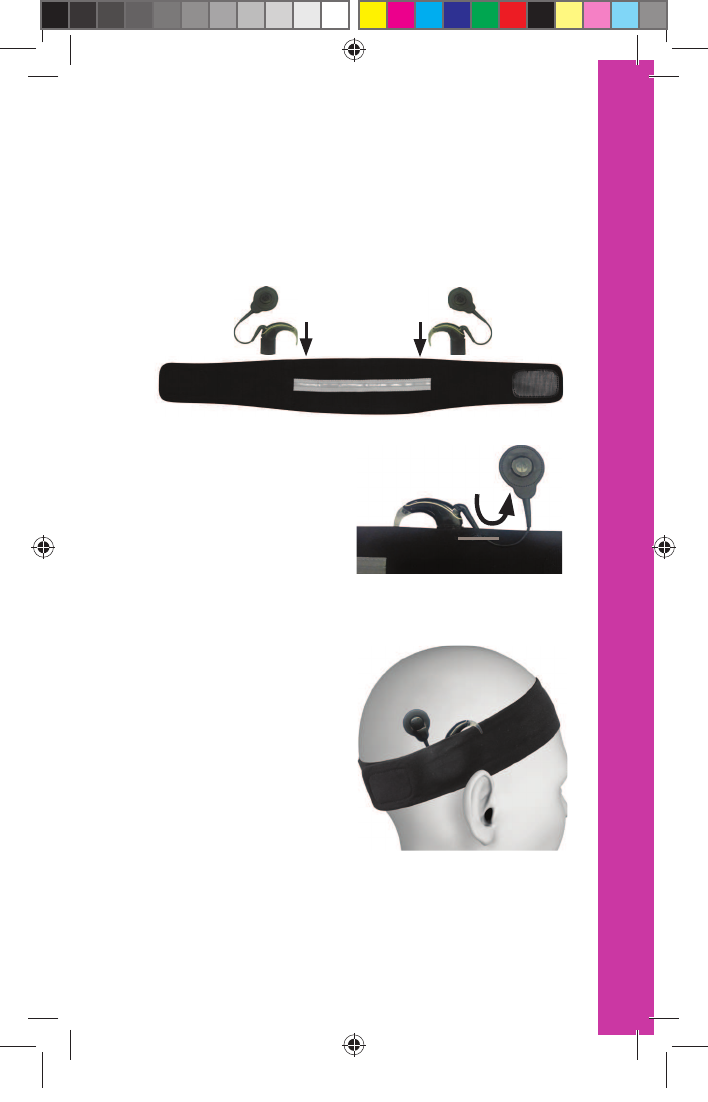
33NUCLEUS 7 SOUND PROCESSOR USER GUIDE
WEAR
2. Insert your processor(s) in the correct pocket(s):
• the left processor in the left-side pocket, the right
processor in the right-side pocket
• the side of the coil that fits onto your implant is facing
up towards you.
3. Push the coil through
the slit in the headband.
4. Pick up the ends of the headband, and place the anti-slip
section against your forehead.
5. Join the ends behind
your head. Adjust the
velcro so the headband
fits firmly, with your
processor(s) over your
implant(s).
6. Press firmly on the ends to make sure they join together.
DRAFT ONLY FOR CLINICAL TESTING
592753_1-06_EN_CP1000_UG_EMEA.indd 33 14/06/2016 1:23:33 PM
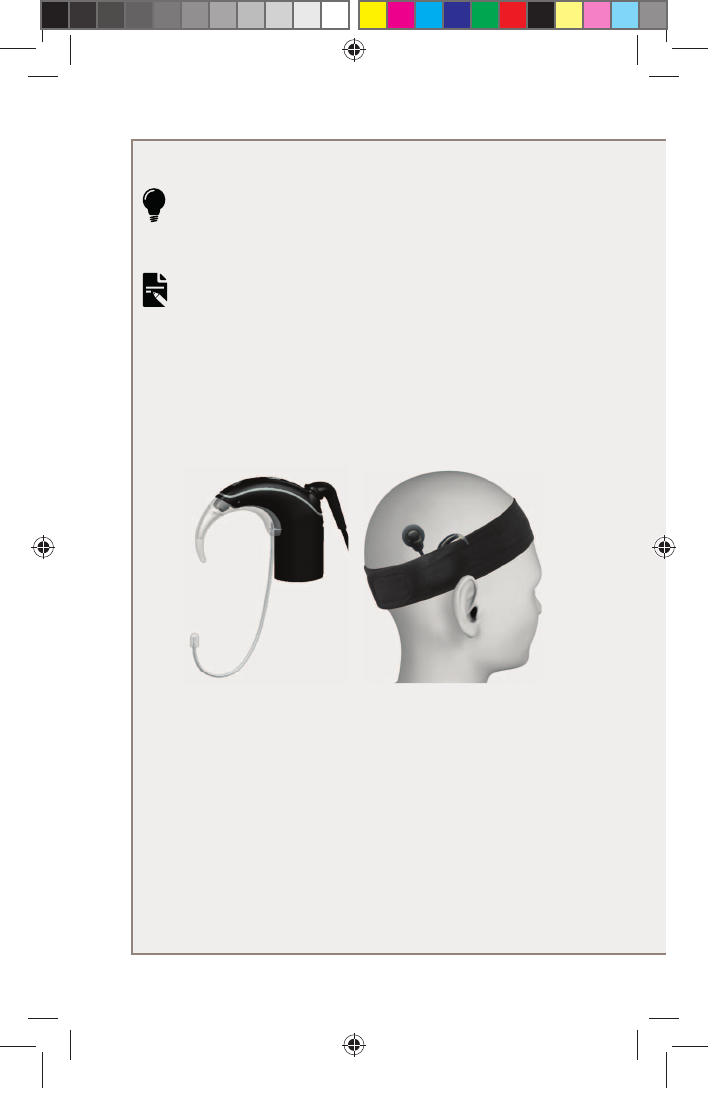
34 NUCLEUS 7 SOUND PROCESSOR USER GUIDE
Sport and exercise
TIP
Always ensure the battery cover and battery modules are
locked when you exercise or play sport.
NOTE
If you want to use your processor around water, ask your
clinician about the Cochlear Nucleus 7 Aqua+.
1. Use retention accessories such as the Snugfit, Safety
Cord or Headband to help hold your processor in
place when you play sport or exercise.
DRAFT ONLY FOR CLINICAL TESTING
592753_1-06_EN_CP1000_UG_EMEA.indd 34 14/06/2016 1:23:39 PM
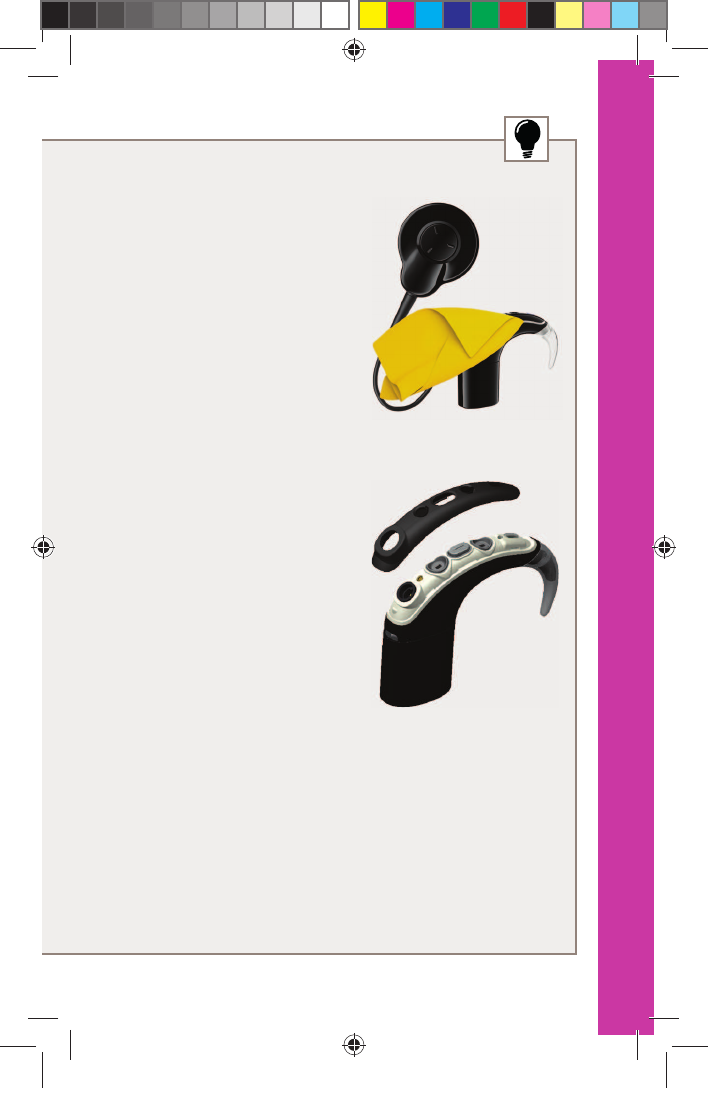
35NUCLEUS 7 SOUND PROCESSOR USER GUIDE
WEAR
2. After exercise, wipe
your processor with a
soft cloth to remove
sweat or grime.
3. Then check your
microphone protectors
for dirt.
See Change microphone cover
on page 44.
DRAFT ONLY FOR CLINICAL TESTING
592753_1-06_EN_CP1000_UG_EMEA.indd 35 14/06/2016 1:23:42 PM
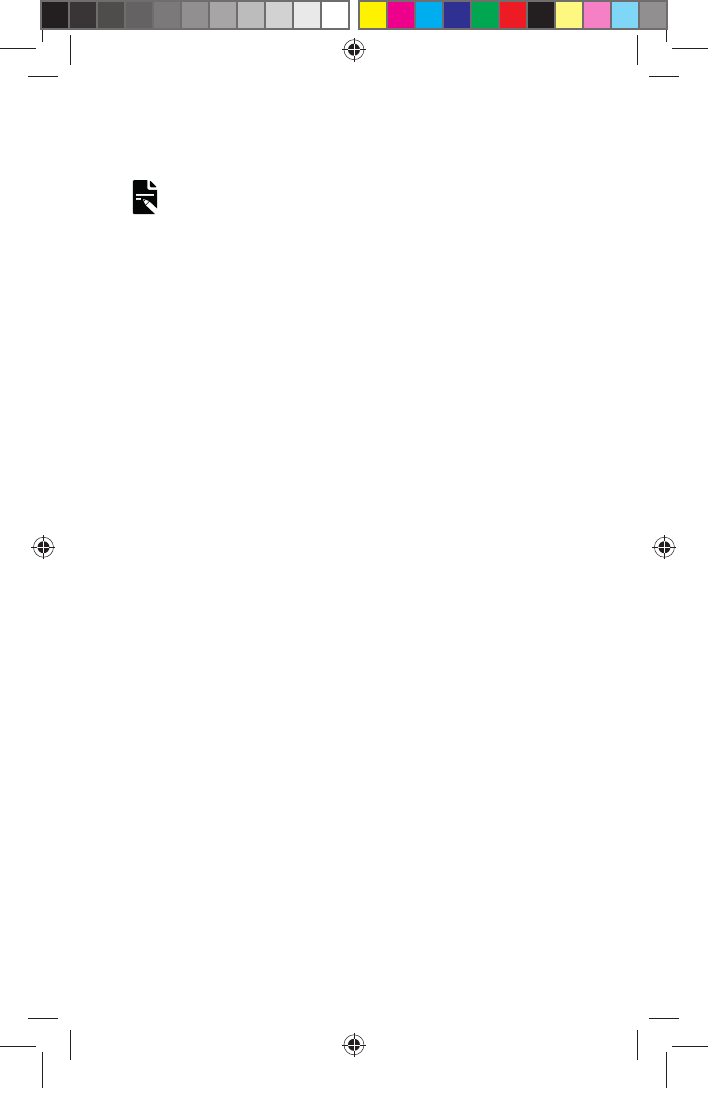
36 NUCLEUS 7 SOUND PROCESSOR USER GUIDE
Travel
NOTE
Visit www.cochlear.com/clinic-finder to find the nearest clinic
in places you are travelling.
• Take a printout from your clinician of your most recent
program in case you need help with your processor.
• If you have a backup sound processor, check that it is
programmed correctly and take it with you.
• It’s okay to move through metal detectors and full body
scanners with your sound processor on. To avoid any
possible buzzing sounds in your ear, turn off the telecoil.
• Ask your clinician for a Patient Identification Card. In
the unlikely event that your implant sets off a metal
detector the ID card will help explain that you have an
implanted medical device.
• If you need to remove your sound processor as you
move through airport security, place it in a case in your
hand luggage.
• Your sound processor transmits high frequency radio
waves when switched on, and may need to be placed in
a flight-safe mode during takeoff and landing. Check
with airline staff before flying if you are unsure.
DRAFT ONLY FOR CLINICAL TESTING
592753_1-06_EN_CP1000_UG_EMEA.indd 36 14/06/2016 1:23:42 PM
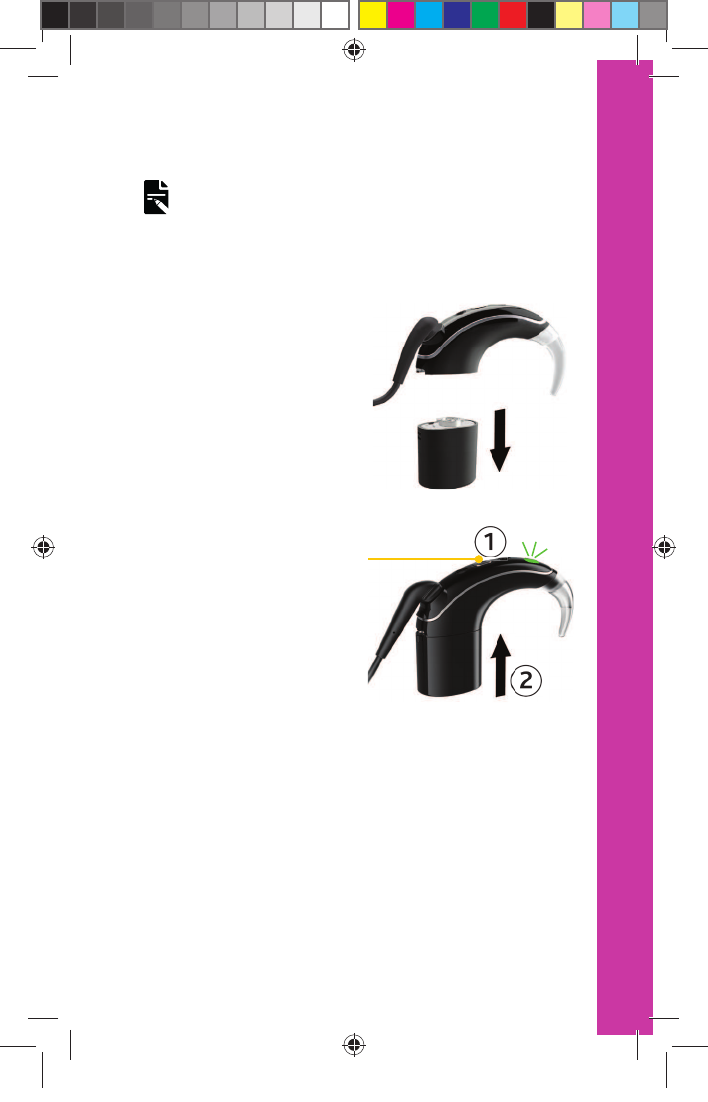
37NUCLEUS 7 SOUND PROCESSOR USER GUIDE
WEAR
Flight mode
NOTE
In flight mode, you can change programs as normal using the
processor button. You can only use telecoil to stream audio, as
True Wireless Accessories will not be available.
To enter flight mode:
1. Disconnect the battery.
2. Press and hold the
button (1) while
reconnecting the
battery (2).
Release the button when
the green light comes on.
To exit flight mode:
1. Disconnect and reconnect
the battery.
DRAFT ONLY FOR CLINICAL TESTING
592753_1-06_EN_CP1000_UG_EMEA.indd 37 14/06/2016 1:23:50 PM
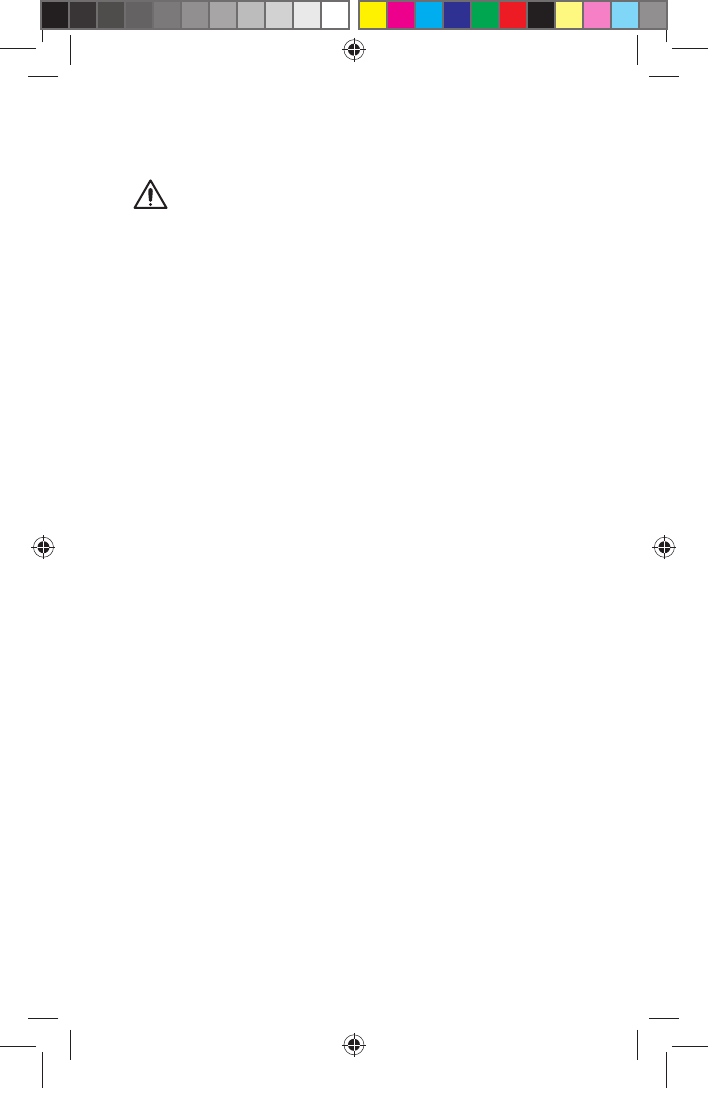
38 NUCLEUS 7 SOUND PROCESSOR USER GUIDE
Regular care
CAUTIONS
• Do not use cleaning agents or alcohol to clean your
processor.
• Turn your processor off before cleaning or performing
maintenance.
Every day
• Check all parts and any accessories you use
(e.g. Snugfit) for dirt or moisture. Wipe the processor,
coil, cable, earhook and accessories with a soft dry
cloth. (You can leave accessories on the processor while
cleaning.)
• Keep your processor free from moisture by drying it
every night in your dry aid kit.
• Remove the battery module and make sure all the
contacts are clean. Carefully tap or blow on them to
remove any dirt. Wipe the contacts with a soft dry
cloth.
• Keep accessories clean. Blow on connectors to remove
any dust and clean accessories with a soft dry cloth.
• Check the microphone protectors for signs of dirt or
grime and replace if needed. See Change microphone
cover on page 44.
DRAFT ONLY FOR CLINICAL TESTING
592753_1-06_EN_CP1000_UG_EMEA.indd 38 14/06/2016 1:23:50 PM
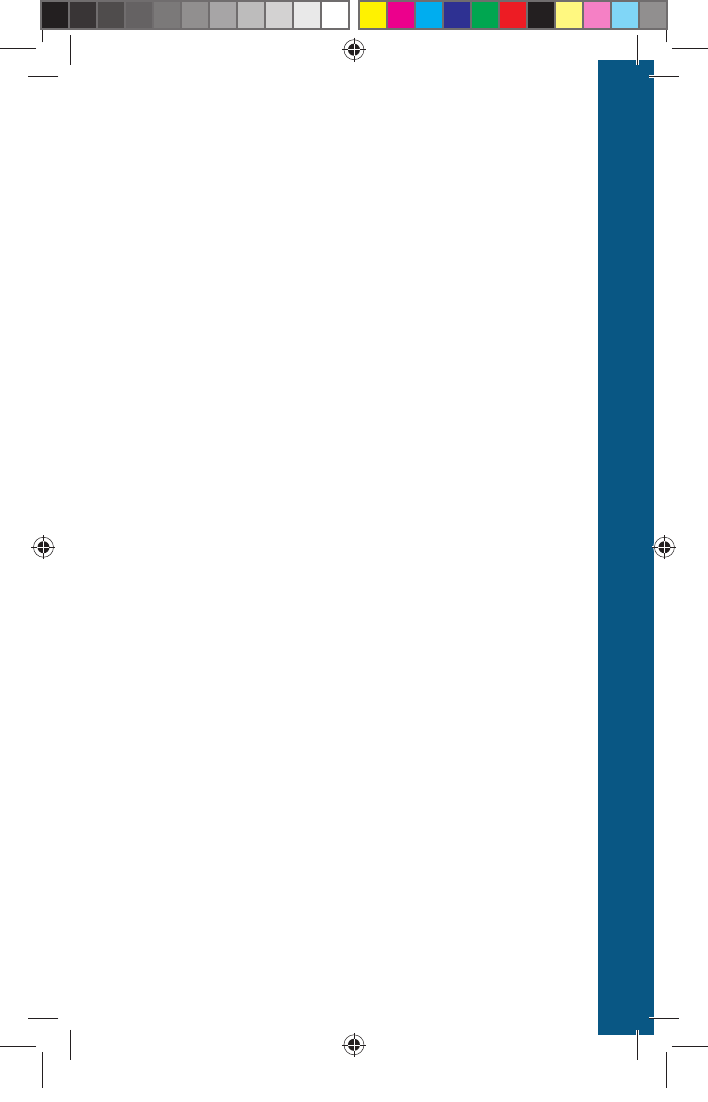
39NUCLEUS 7 SOUND PROCESSOR USER GUIDE
CARE
Every month
Check if earhooks or retention accessories are becoming
loose or showing signs of wear. Replace as needed. See
Change earhooks on page 28, or your retention
accessory’s instructions.
Every two months
• Replace the dry brick in your dry aid kit.
Every three months
• Replace the microphone cover–this is very important
for the quality of sound. See Change microphone cover
on page 44.
DRAFT ONLY FOR CLINICAL TESTING
592753_1-06_EN_CP1000_UG_EMEA.indd 39 14/06/2016 1:23:50 PM
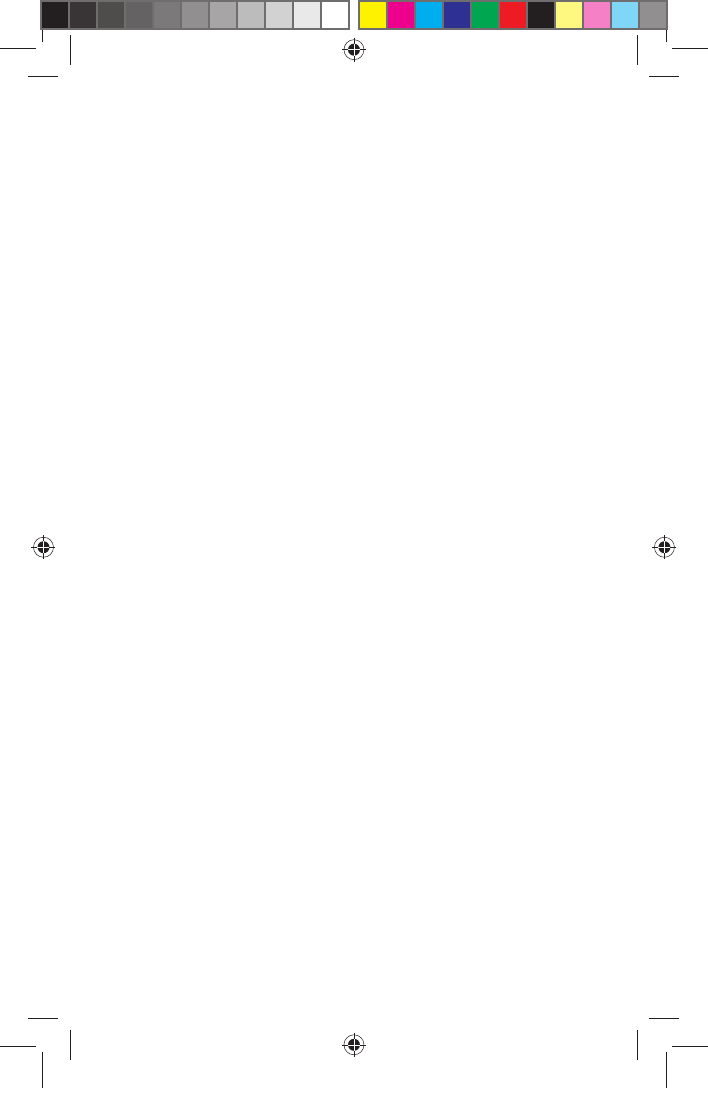
40 NUCLEUS 7 SOUND PROCESSOR USER GUIDE
Battery charger care
Every day
• Check your battery charger is clean. If you notice any
dust or dirt:
1. Disconnect the battery charger from the power source
and remove any battery modules.
2. Hold the battery charger upside down and tap it gently
to remove any dirt from the battery charger sockets.
Carefully blowing on the sockets may also help remove
dirt.
3. Wipe the battery charger sockets with a soft dry cloth.
• (Y Battery Charger) Use a different charger socket each
time you charge to wear the sockets evenly.
If it gets wet
• If the battery charger ever gets splashed with liquid,
carefully shake out the liquid and dry the battery
charger for 24 hours. Do not use the battery charger
until it is dry.
DRAFT ONLY FOR CLINICAL TESTING
592753_1-06_EN_CP1000_UG_EMEA.indd 40 14/06/2016 1:23:50 PM
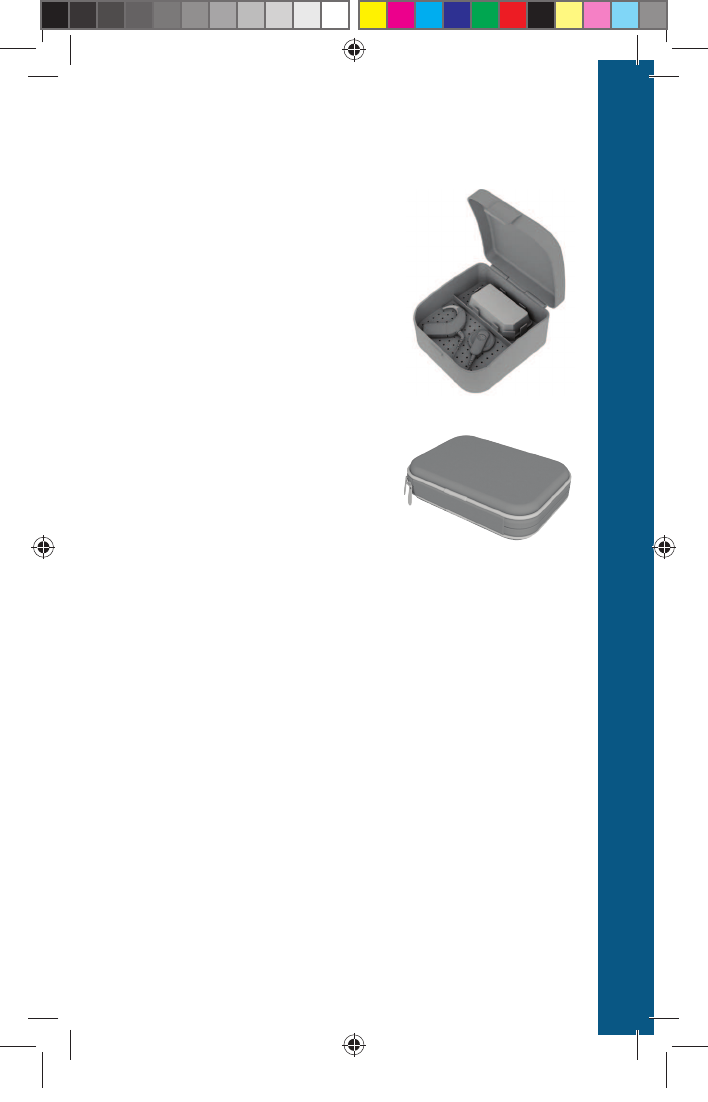
41NUCLEUS 7 SOUND PROCESSOR USER GUIDE
Storage
Dry aid kit
Store your processor at night in
the dry aid kit provided by
Cochlear.
Store the processor fully
assembled for 8 hours for optimal
drying effect.
Storage case
For long term storage:
• remove disposable batteries
and store so they do not touch
each other
• remove rechargeable battery
modules and store fully
charged.
Storage cases are available from Cochlear.
CARE
DRAFT ONLY FOR CLINICAL TESTING
592753_1-06_EN_CP1000_UG_EMEA.indd 41 14/06/2016 1:23:51 PM
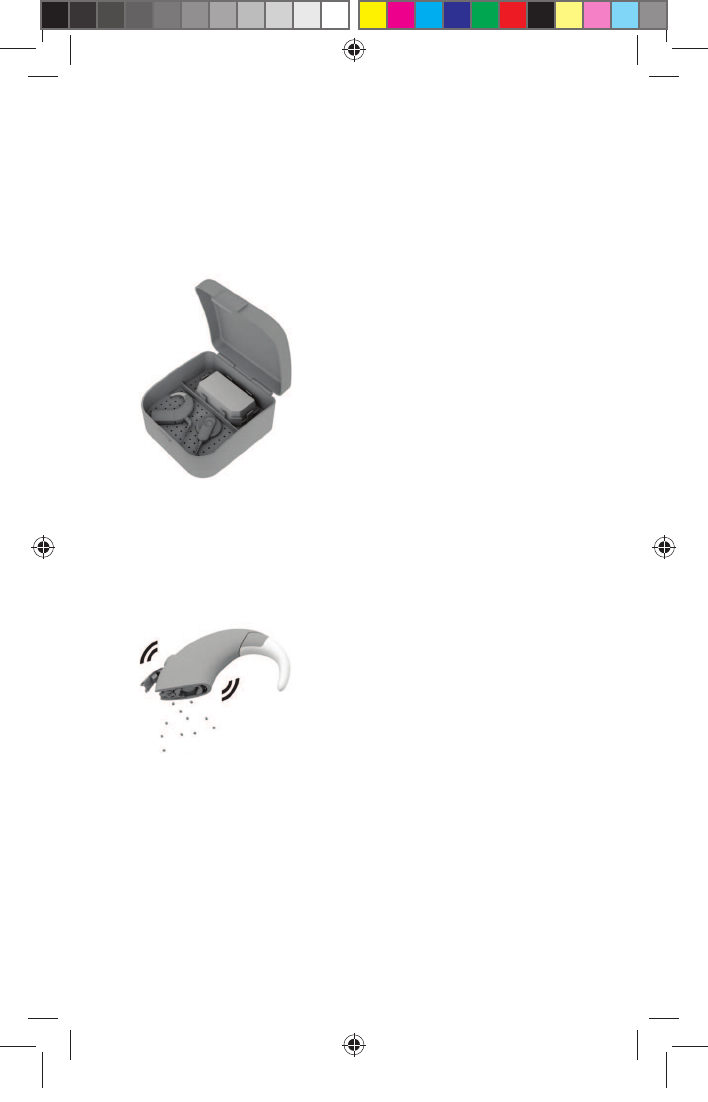
42 NUCLEUS 7 SOUND PROCESSOR USER GUIDE
Water, sand and dirt
Your processor is resistant to water, sand and dust.
However, it is still a precision electronic device so you
should take the following precautions.
If your processor ever gets wet, dry
it with a soft cloth.
Then remove the battery module
(and disposable batteries if used),
dry them and the contacts with a
soft cloth, and replace them.
Replace the microphone protectors
and place your processor in the dry
aid kit provided by Cochlear for 8
hours.
See Batteries on page 4.
See Change microphone cover on
page 44.
If sand or dirt ever enter the
processor, shake the components
carefully to remove it.
DRAFT ONLY FOR CLINICAL TESTING
592753_1-06_EN_CP1000_UG_EMEA.indd 42 14/06/2016 1:23:53 PM
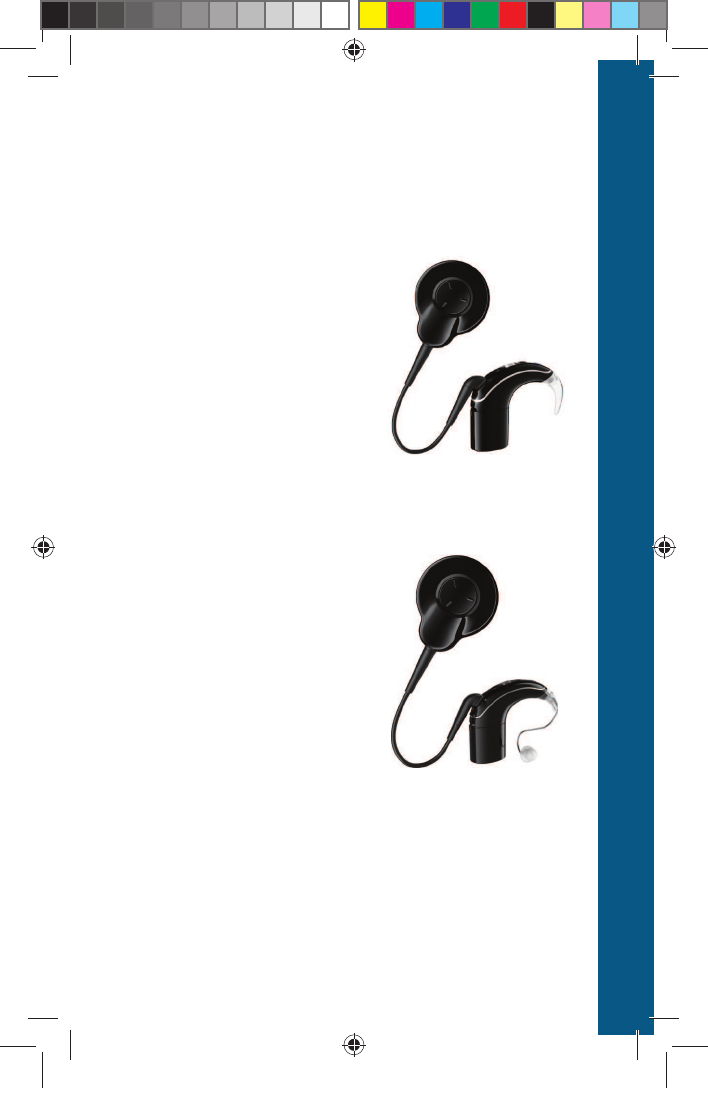
43NUCLEUS 7 SOUND PROCESSOR USER GUIDE
CARE
Your processor is protected against failure from dust and
temporary immersion in water (IP57 rated) when you
wear it with:
• a rechargeable battery
module
• a coil and coil cable
• no acoustic component.
Your processor is protected against failure from splashing
water or access of foreign objects 1.0 mm in diameter or
larger (IP44 rated) when you wear it with:
• a disposable battery
module
• a coil and coil cable
• an acoustic component
worn in the ear.
DRAFT ONLY FOR CLINICAL TESTING
592753_1-06_EN_CP1000_UG_EMEA.indd 43 14/06/2016 1:23:54 PM
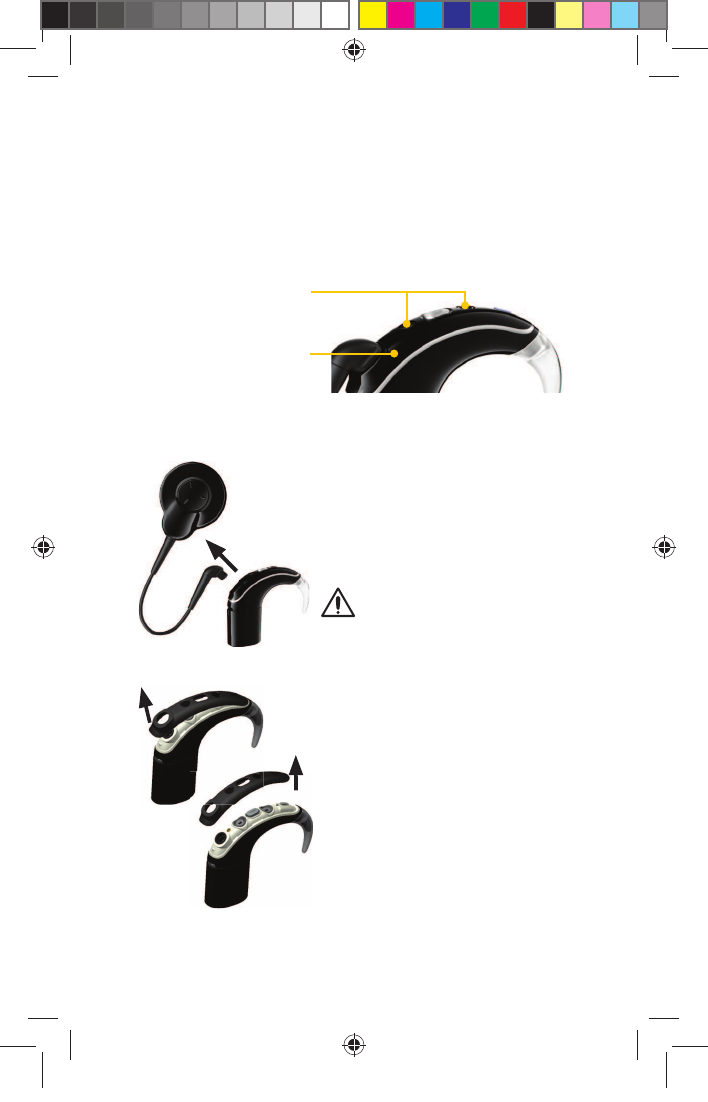
44 NUCLEUS 7 SOUND PROCESSOR USER GUIDE
Change microphone cover
Replace your microphone protectors every three months,
or if they look dirty or you notice any loss in sound quality.
They are built into the Cochlear Nucleus 7 Microphone
Cover, which is completely replaced.
Microphone
protectors
Microphone
cover
Step 1: Remove old microphone cover
1. Hold the coil cable grip and
firmly pull it straight out of the
processor.
Do not tug on the flexible part
of the coil cable.
CAUTION
Do not twist the coil cable when
you pull it out of the processor.
2. Lift the microphone cover from
the bottom edge, then lift it up
to remove.
DRAFT ONLY FOR CLINICAL TESTING
592753_1-06_EN_CP1000_UG_EMEA.indd 44 14/06/2016 1:23:55 PM
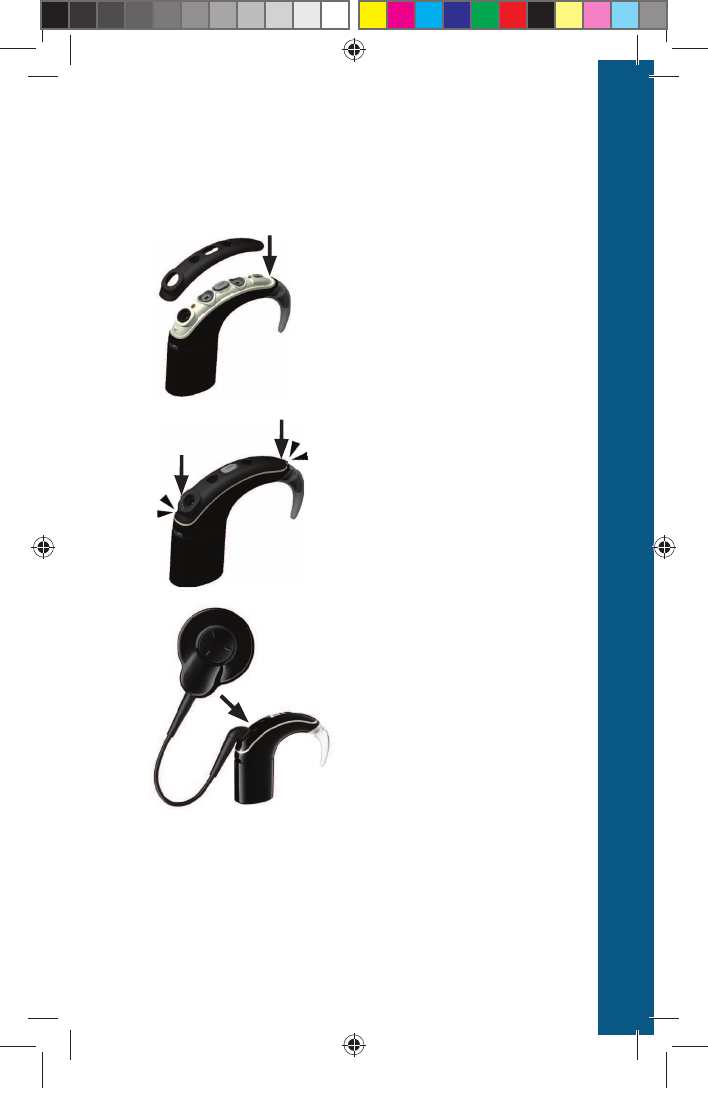
45NUCLEUS 7 SOUND PROCESSOR USER GUIDE
Step 2: Insert new microphone cover
1. Fit the replacement
microphone cover onto the
processor.
2. Press down firmly with a
finger on each end of the
microphone cover until you
hear a click.
3. Push your coil cable into the
processor until it clicks.
Do not twist.
CARE
DRAFT ONLY FOR CLINICAL TESTING
592753_1-06_EN_CP1000_UG_EMEA.indd 45 14/06/2016 1:23:55 PM
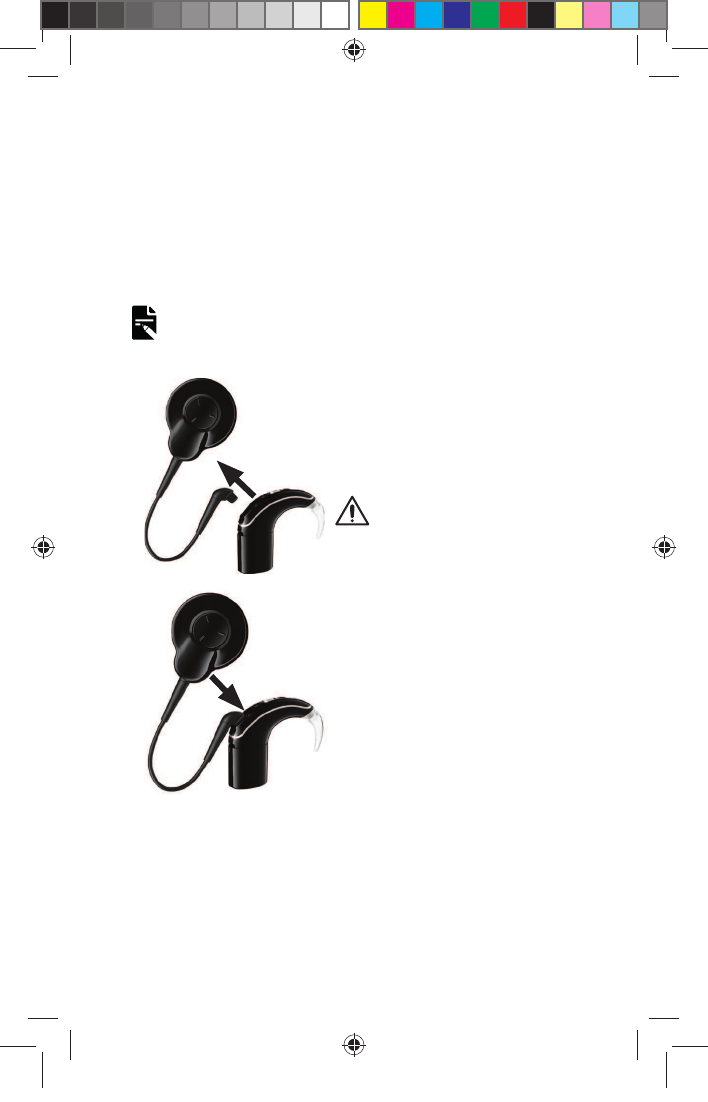
46 NUCLEUS 7 SOUND PROCESSOR USER GUIDE
Change the coil and cable
The Cochlear Nucleus 7 Slimline™ Coil comes in four cable
lengths (6, 8, 11 and 25 cm) so you can choose the most
comfortable fit.
You might also need to change to a different length cable
to use some retention accessories (e.g. Headworn).
NOTE
Only remove the coil from your sound processor when
necessary.
1. Hold the coil cable grip and
firmly pull it straight out of
the processor.
Do not pull on the flexible
part of the coil cable.
CAUTION
Do not twist the coil cable
when you pull it out of the
processor.
2. Push the new coil cable into
the processor until it clicks
into place.
Do not twist.
See Processors and parts on page 64.
DRAFT ONLY FOR CLINICAL TESTING
592753_1-06_EN_CP1000_UG_EMEA.indd 46 14/06/2016 1:23:56 PM
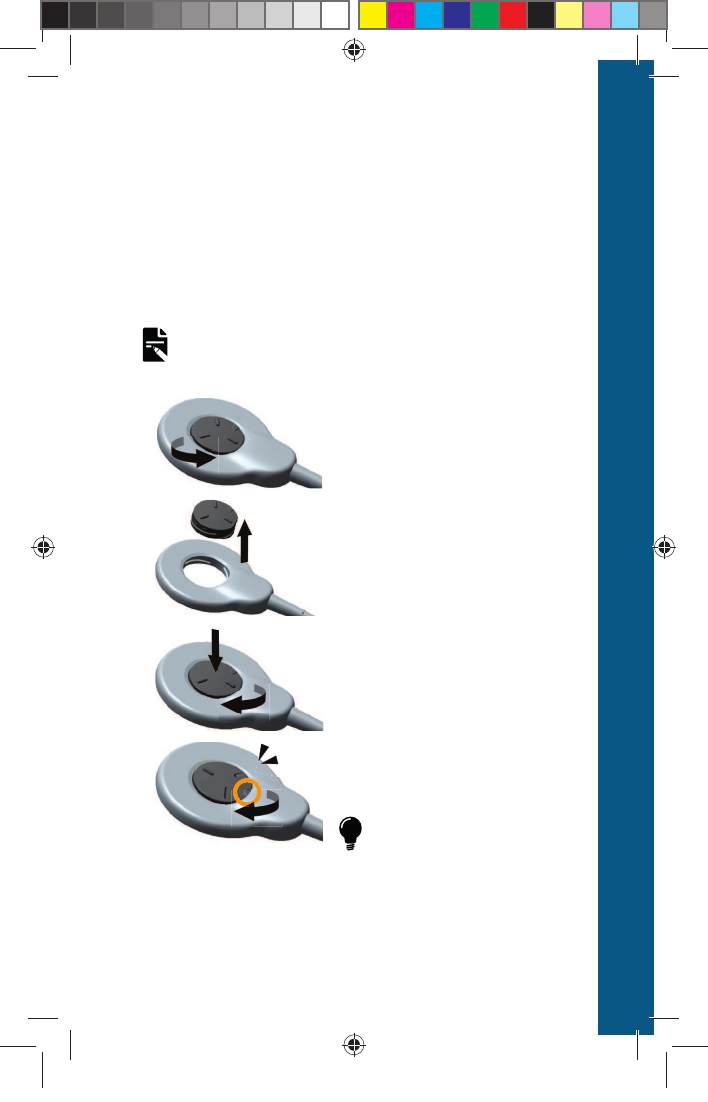
47NUCLEUS 7 SOUND PROCESSOR USER GUIDE
CARE
Change the coil magnet
You need to choose a Cochlear Nucleus 7 Magnet that is
the correct strength–if it is too weak the coil may fall off,
and if it is too strong it may cause discomfort. Magnet
strength ranges from ½ (weakest) to 6 (strongest).
You might also need to change to a stronger magnet to
use some retention accessories (e.g. Headworn).
NOTE
If your clinician has provided you with a Nucleus 7 Magnet
Reverse Polarity, use it as described here for a normal magnet.
1. With finger grips facing up,
unscrew the magnet
anticlockwise.
2. Remove the magnet.
3. Insert the new magnet and
turn clockwise until it stops.
4. To use the tamper-proof lock,
turn the magnet a little more
until you feel a click.
TIP
The tamper-proof lock marker
aligns with the coil cable when
locked.
DRAFT ONLY FOR CLINICAL TESTING
592753_1-06_EN_CP1000_UG_EMEA.indd 47 14/06/2016 1:23:58 PM
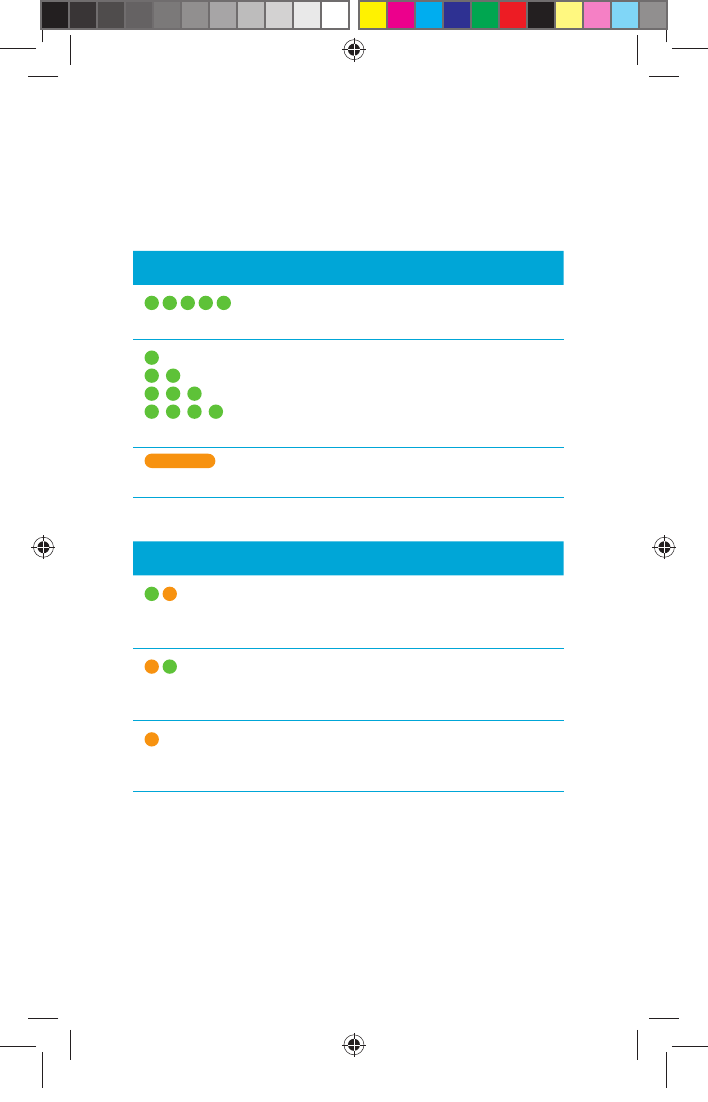
48 NUCLEUS 7 SOUND PROCESSOR USER GUIDE
Lights
Your clinician can set up your processor to show some or
all of the following light indications.
Turning on and off
LIGHT WHAT IT MEANS
…
Quick green flashes
Processor flashes while receiving sound
from microphones (Child mode only).
Quick green flashes
Turning on and changing programs.
Number of flashes indicates the number of
the current program.
Long flash of orange
Turning off processor.
Locking button
LIGHT WHAT IT MEANS
Green flash followed
by orange
Locking processor button.
Orange flash followed
by green
Unlocking processor button.
Orange flash when
pressing button
Processor button is locked.
DRAFT ONLY FOR CLINICAL TESTING
592753_1-06_EN_CP1000_UG_EMEA.indd 48 14/06/2016 1:23:58 PM
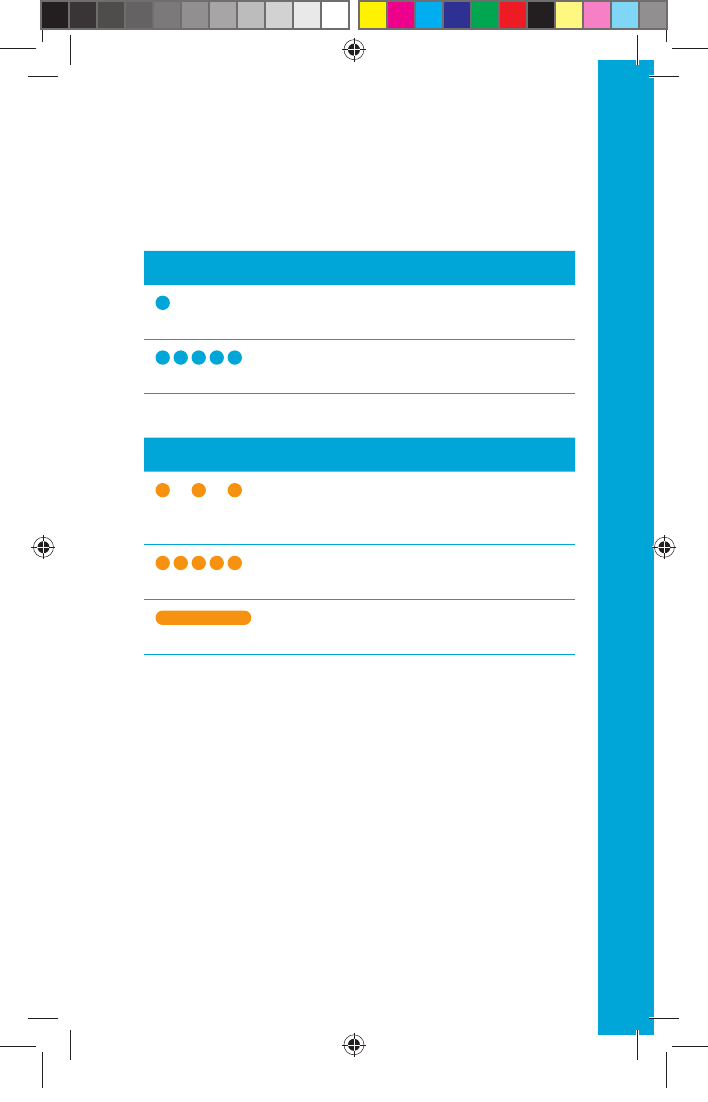
49NUCLEUS 7 SOUND PROCESSOR USER GUIDE
Streaming audio
LIGHT WHAT IT MEANS
Quick blue flash
Processor flashes when pairing to wireless
accessory is successful.
…
Quick blue flashes
Processor flashes while receiving audio from an
audio source (Child mode only).
Alerts
LIGHT WHAT IT MEANS
…
Flash of orange
every second
Processor flashes while it is off your head (or
connected to the wrong implant).
Orange flashes
Processor batteries are low.
Change batteries.
Steady orange
Fault. Contact your clinician.
Stays on until the issue is resolved.
LIGHTS AND BEEPS
DRAFT ONLY FOR CLINICAL TESTING
592753_1-06_EN_CP1000_UG_EMEA.indd 49 14/06/2016 1:23:58 PM
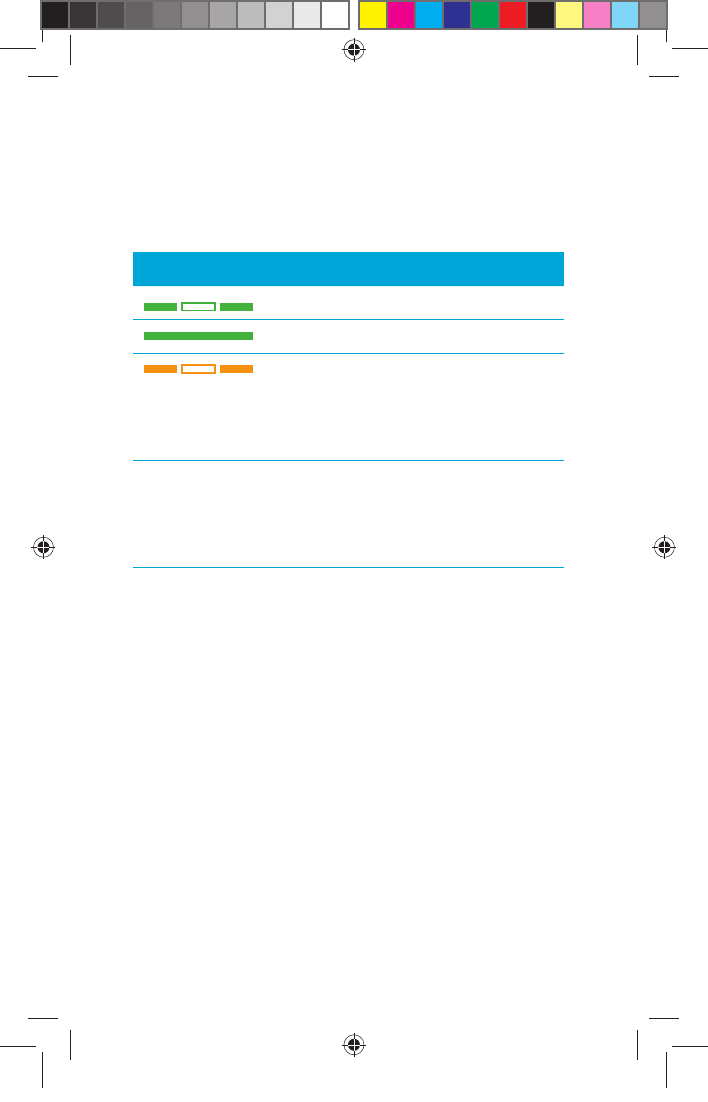
50 NUCLEUS 7 SOUND PROCESSOR USER GUIDE
Battery charging
LIGHT WHAT IT MEANS
…Battery module is charging.
Battery module is fully charged.
…Error. Try a different rechargeable battery
module.
If you are using the Y Battery Charger, try the
rechargeable battery module on the other
connector on the charger.
Does not light up Battery module is not properly connected, is
over-discharged, or there is no power.
Check the battery charger is properly
connected to a power source.
Try a different rechargeable battery module
DRAFT ONLY FOR CLINICAL TESTING
592753_1-06_EN_CP1000_UG_EMEA.indd 50 14/06/2016 1:23:58 PM
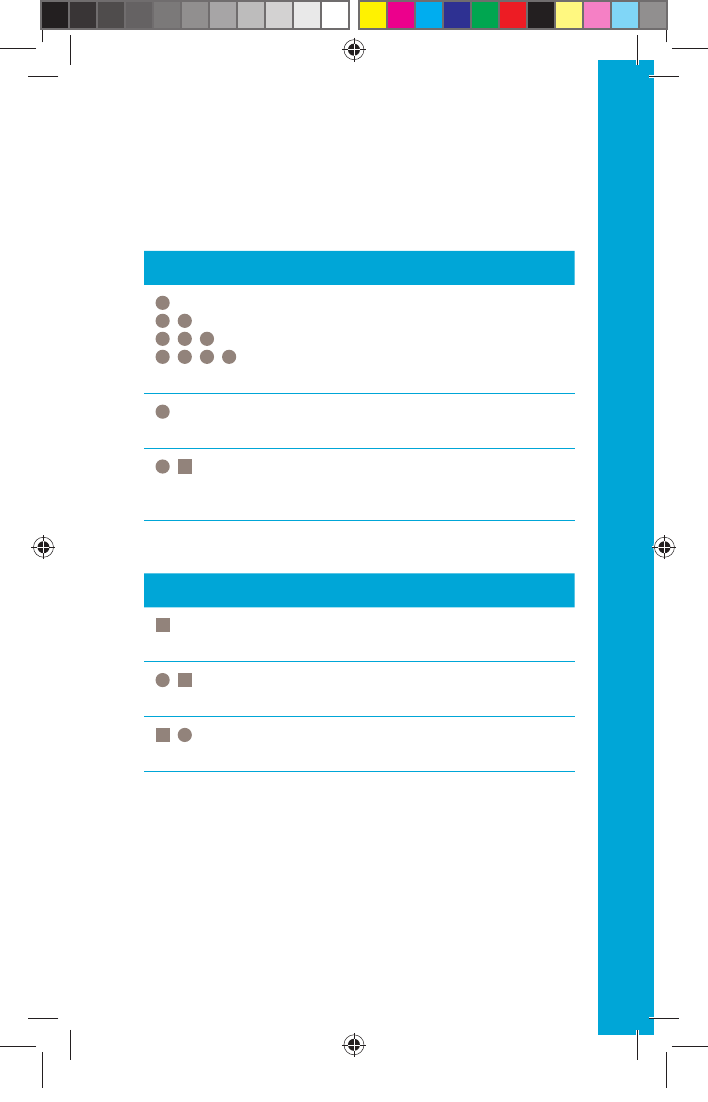
51NUCLEUS 7 SOUND PROCESSOR USER GUIDE
Beeps
Your clinician can set up your processor so you can hear
the following beeps (they are only audible to you).
Turning on and off
BEEP WHAT IT MEANS
Short high beeps
Changing the program. The number of
beeps indicates the number of the selected
program.
Short high beep
Changing volume or sensitivity level
(if available).
Short high then short
low beep
When changing volume or sensitivity,
indicates upper or lower limit of volume/
sensitivity reached.
Locking button
BEEP WHAT IT MEANS
Short low beep when you press button
Processor button is
locked.
Short high then short low beep
Locking processor
button.
Short low then short high beep
Unlocking processor
button.
LIGHTS AND BEEPS
DRAFT ONLY FOR CLINICAL TESTING
592753_1-06_EN_CP1000_UG_EMEA.indd 51 14/06/2016 1:23:58 PM
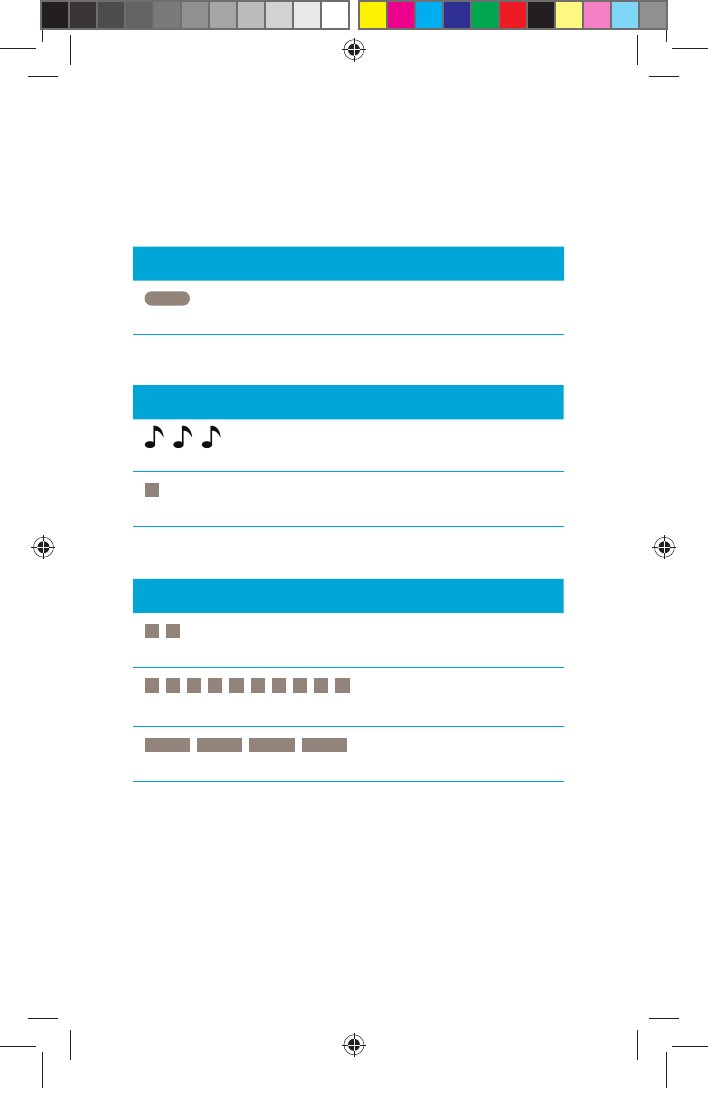
52 NUCLEUS 7 SOUND PROCESSOR USER GUIDE
Telecoil
BEEP WHAT IT MEANS
Long high beep
Switching between using the
microphones and the telecoil.
Wireless accessories
BEEP WHAT IT MEANS
3-tone chime
Connecting with wireless accessory to
begin streaming audio.
Short beep
When stopping streaming.
Alerts
BEEP WHAT IT MEANS
2 Short low beeps
Processor batteries are low.
Change batteries.
Short low beeps for 4 seconds
Batteries are empty and
processor is turning off.
Change batteries.
4 long low beeps over 4 seconds
General fault. Consult your
clinician.
DRAFT ONLY FOR CLINICAL TESTING
592753_1-06_EN_CP1000_UG_EMEA.indd 52 14/06/2016 1:23:58 PM
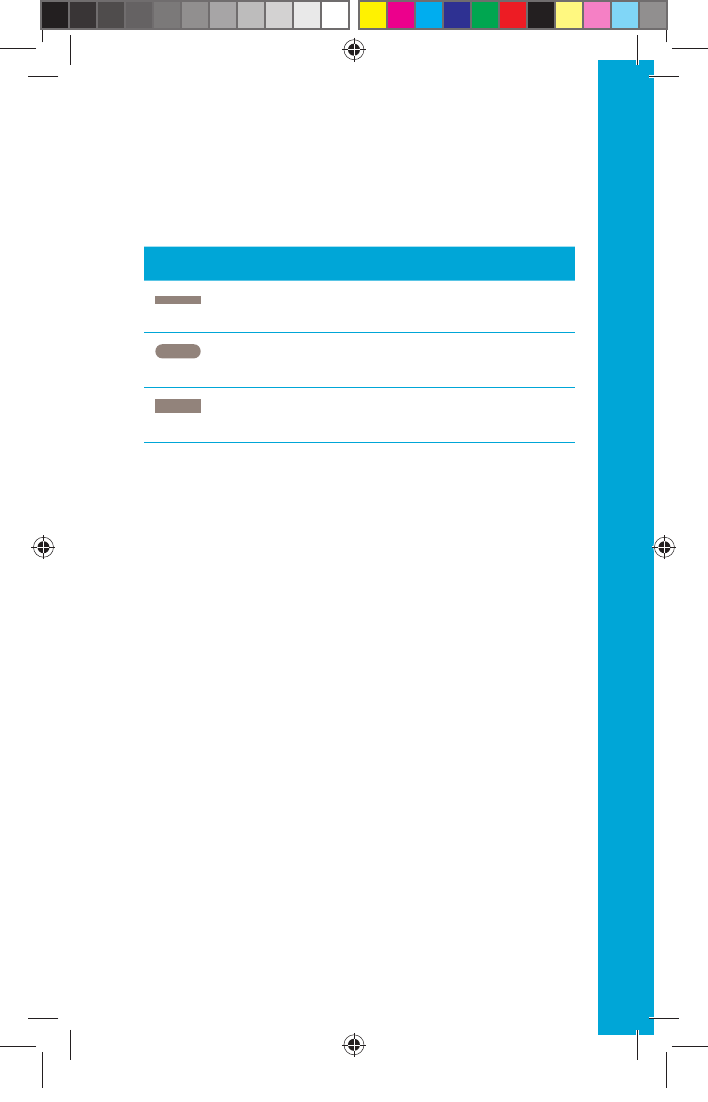
53NUCLEUS 7 SOUND PROCESSOR USER GUIDE
Adjusting master volume, bass and treble *
BEEP WHAT IT MEANS
Loud medium beep
Adjusting master volume
level.
Loud long high beep
Adjusting treble level.
Loud long low beep
Adjusting bass level.
* If available, Nucleus Smart app only
LIGHTS AND BEEPS
DRAFT ONLY FOR CLINICAL TESTING
592753_1-06_EN_CP1000_UG_EMEA.indd 53 14/06/2016 1:23:58 PM
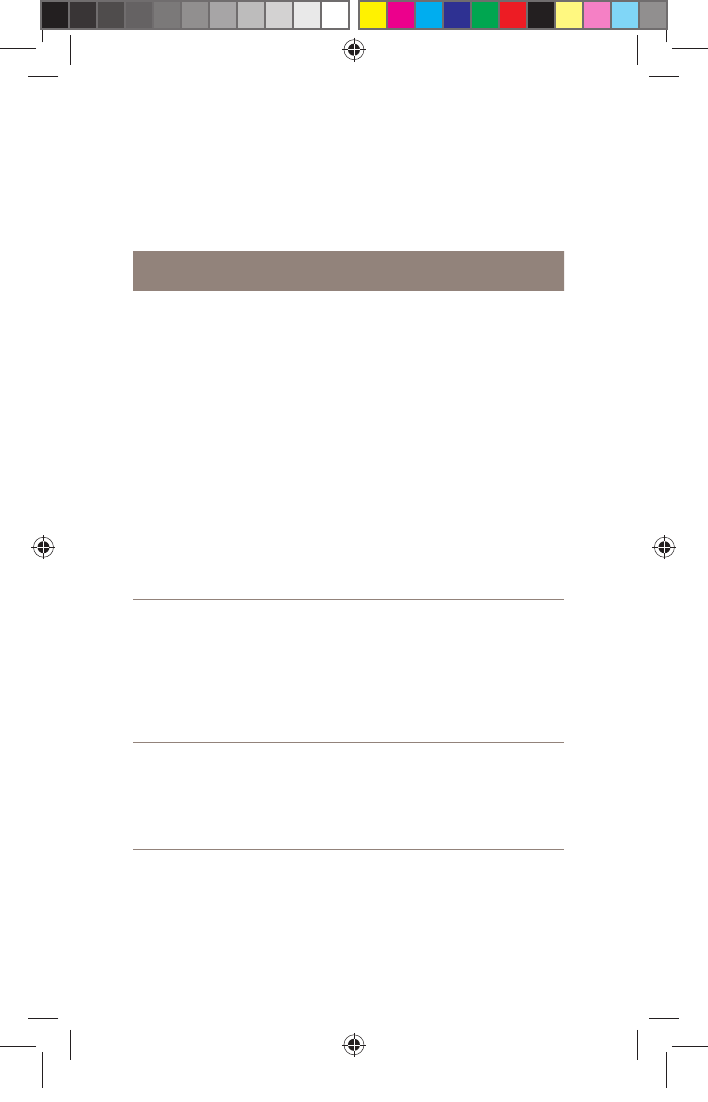
54 NUCLEUS 7 SOUND PROCESSOR USER GUIDE
Troubleshoot
Contact your clinician if you have any concerns regarding
the operation or safety of your sound processor.
PROBLEM RESOLUTION
Processor will not
turn on/button
will not respond
1. Try turning the processor on again. See
Turn on and off on page 18.
2. Try unlocking the button. See Lock the
control button on page 19.
3. Change the batteries. See Replace the
battery module on page 8 or Change
disposable batteries on page 10.
4. If you have two implants, check that you
are wearing the correct sound processor
on each implant.
5. Check the battery contacts are free of dirt
and dust. See Water, sand and dirt on
page 42.
6. If the problem continues, contact your
clinician.
The processor
switches off
1. Ask your clinician if “Auto power off” is
enabled. If it is, then the processor will
switch off after two minutes when not
connected to the implant.
2. Change the batteries. See Replace the
battery module on page 8 or Change
disposable batteries on page 10.
The processor
will not turn off
1. Check the processor is not locked. See
Lock the control button on page 19.
2. Remove the battery module from the
processing unit. See Remove the battery
module on page 8.
DRAFT ONLY FOR CLINICAL TESTING
592753_1-06_EN_CP1000_UG_EMEA.indd 54 14/06/2016 1:23:58 PM
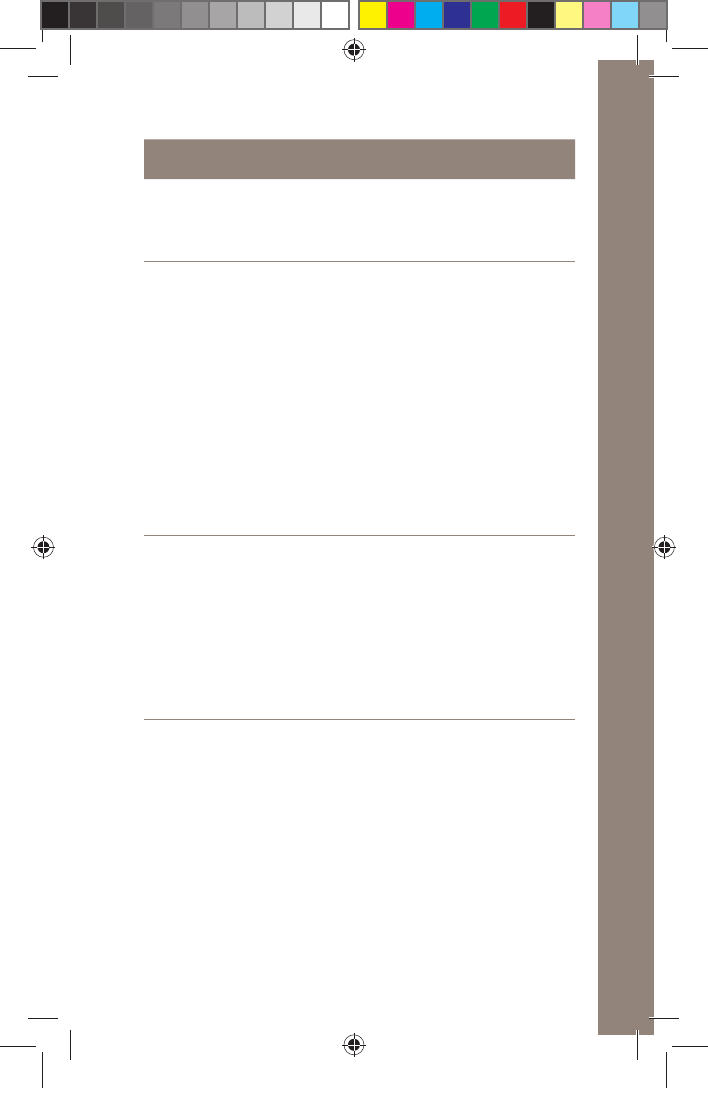
55NUCLEUS 7 SOUND PROCESSOR USER GUIDE
TROUBLESHOOT
PROBLEM RESOLUTION
You are not sure
what processor
beeps or light
flashes mean
See Lights on page 48 and Beeps on
page 51.
You do not hear
sound or sound is
intermittent
1. If you use the Nucleus 7 Remote Control,
turn up the volume.
2. If you use the Nucleus Smart app, turn
up the volume or sensitivity.
3. Try a different program. See Change
program on page 20.
4. Change the batteries. See Replace the
battery module on page 8 or Change
disposable batteries on page 10.
5. Make sure the coil cable is fully inserted
into the socket on the processor
6. If the problem continues, contact your
clinician.
You hear
intermittent
sound, a buzzing
sound or distorted
speech
1. Check for sources of interference such as
radio and TV transmission towers (within
approximately 1.6 km or 1 mile),
shopping centres, airport security
systems and mobile phones.
2. Try moving away from any source of
magnetic or electronic interference.
3. If the problem continues, contact your
clinician.
DRAFT ONLY FOR CLINICAL TESTING
592753_1-06_EN_CP1000_UG_EMEA.indd 55 14/06/2016 1:23:58 PM
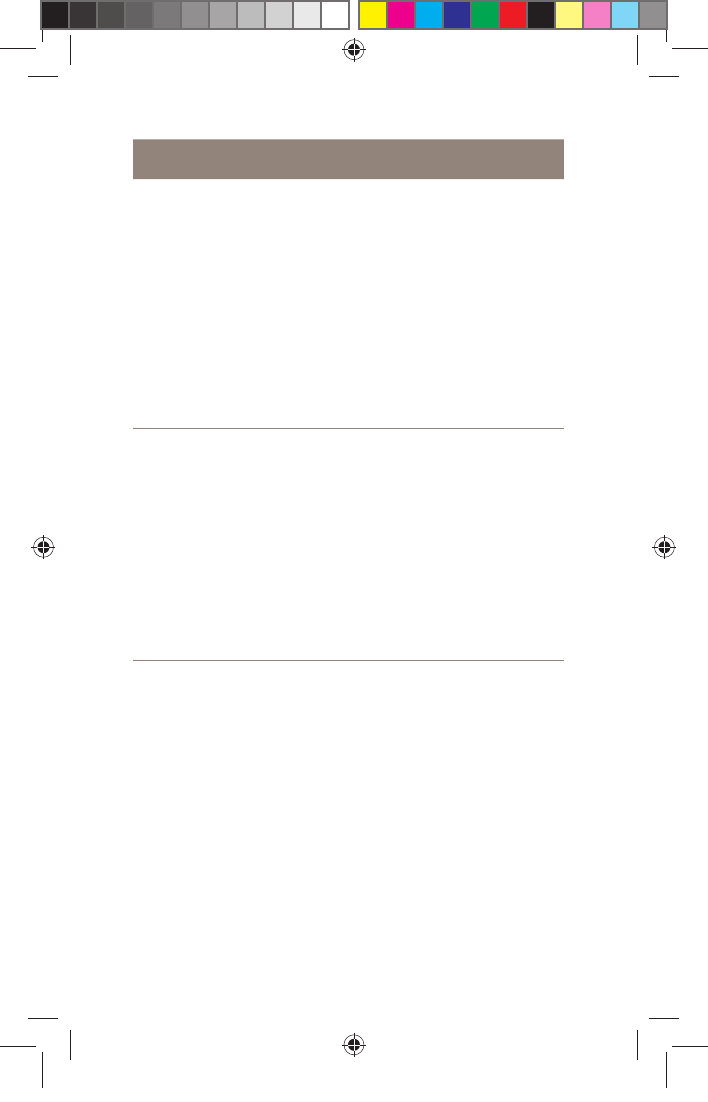
56 NUCLEUS 7 SOUND PROCESSOR USER GUIDE
PROBLEM RESOLUTION
Sound is too loud
or uncomfortable
1. If you use a Nucleus 7 Remote Control,
turn down the volume.
2. If you use the Nucleus Smart app, turn
down the volume or sensitivity.
3. Try a different program. See Change
program on page 20.
4. If you have two sound processors (one
for each side), ensure you have them on
the correct side.
5. If the problem continues, remove the
processor and coil from your head
immediately and contact your clinician.
Sound is too quiet
or muffled
1. If you use a Nucleus 7 Remote Control,
turn up the volume.
2. If you use the Nucleus Smart app, turn
up the volume or sensitivity.
3. Try a different program. See Change
program on page 20.
4. Try changing the microphone protectors.
See Change microphone cover on
page 44.
5. If the problem continues, contact your
clinician.
DRAFT ONLY FOR CLINICAL TESTING
592753_1-06_EN_CP1000_UG_EMEA.indd 56 14/06/2016 1:23:58 PM
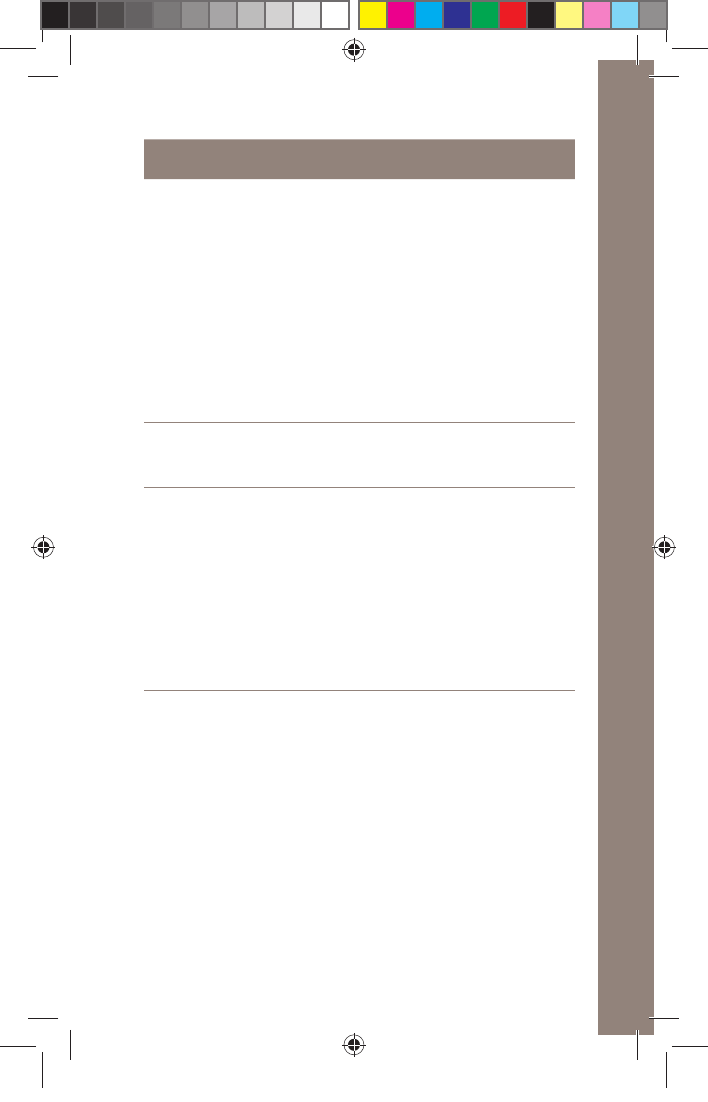
57NUCLEUS 7 SOUND PROCESSOR USER GUIDE
TROUBLESHOOT
PROBLEM RESOLUTION
You want to
confirm your
processor is
receiving sound
1. Check the light on the top of the
processor (if enabled). See Lights on
page 48.
2. If you have monitor earphones, a hearing
person can listen to the sound received by
the processor. See Use monitor earphones
on page 24.
3. If you use the Nucleus Smart app, use the
sound meter to check the processor is
receiving sound ????.
4. If the problem continues, contact your
clinician.
The processor or
coil become hot
1. Remove the processor and coil from your
head immediately and contact your
clinician.
You experience
tightness,
discomfort or
develop a skin
irritation at your
implant site
1. Your coil magnet may be too strong or in
contact with your skin. Change to a
weaker magnet. See Change the coil
magnet on page 47.
2. If you are using a retention aid, such as a
headband, this may be placing pressure on
your processor. Adjust your retention aid,
or try a different aid.
3. If the problem continues, contact your
clinician.
DRAFT ONLY FOR CLINICAL TESTING
592753_1-06_EN_CP1000_UG_EMEA.indd 57 14/06/2016 1:23:58 PM
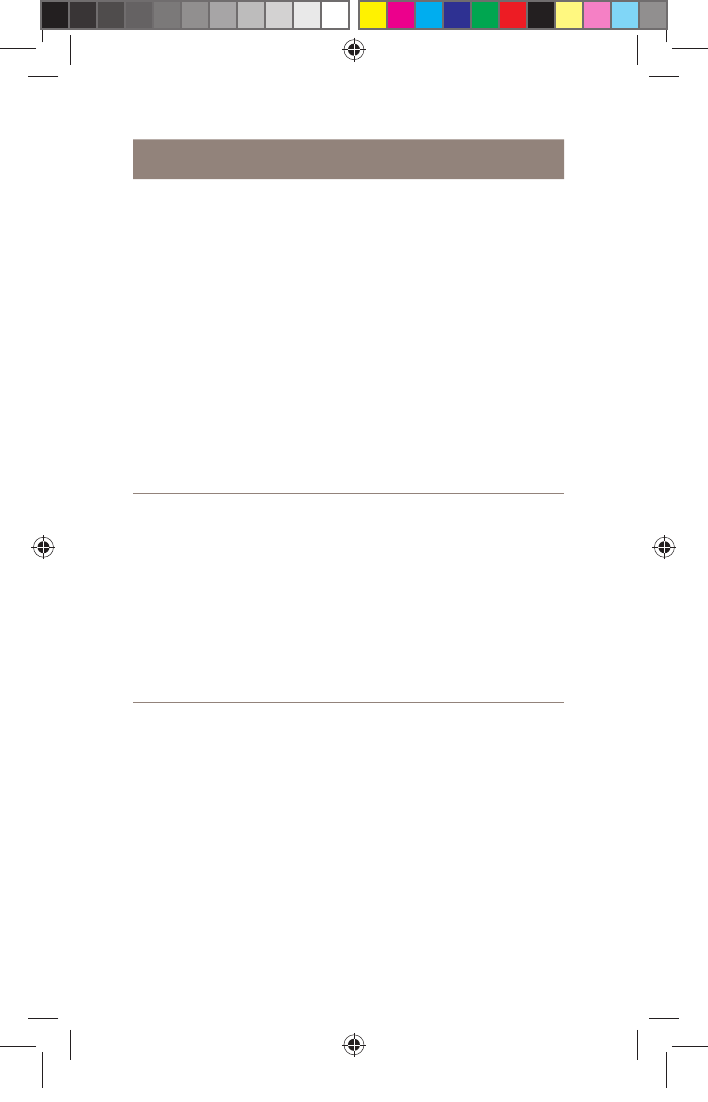
58 NUCLEUS 7 SOUND PROCESSOR USER GUIDE
PROBLEM RESOLUTION
You do not hear
sound from a
wireless accessory
1. Check that the wireless accessory is
charged and turned on.
2. Check that the wireless accessory is
paired with your processor.
3. Check the volume of the wireless
accessory.
4. If you use the Nucleus Smart app, use
the sound meter to check the processor
is receiving sound from the accessory.
5. If you use the Nucleus Smart app, check
and adjust the accessory/microphone
mixing ratio.
6. If available, try a different processor.
7. For more troubleshooting, see the
True Wireless Accessory User Guide.
You do not hear
sound from a
monitor earphone
1. Check that the monitor earphone cable is
fully inserted into the socket on the
processing unit.
2. Check that the monitor earphone
adaptor is properly connected to the
processor and battery module.
3. If you use the Nucleus Smart app, use
the sound meter to check the processor
volume level.
4. If available, try a different processor.
DRAFT ONLY FOR CLINICAL TESTING
592753_1-06_EN_CP1000_UG_EMEA.indd 58 14/06/2016 1:23:58 PM
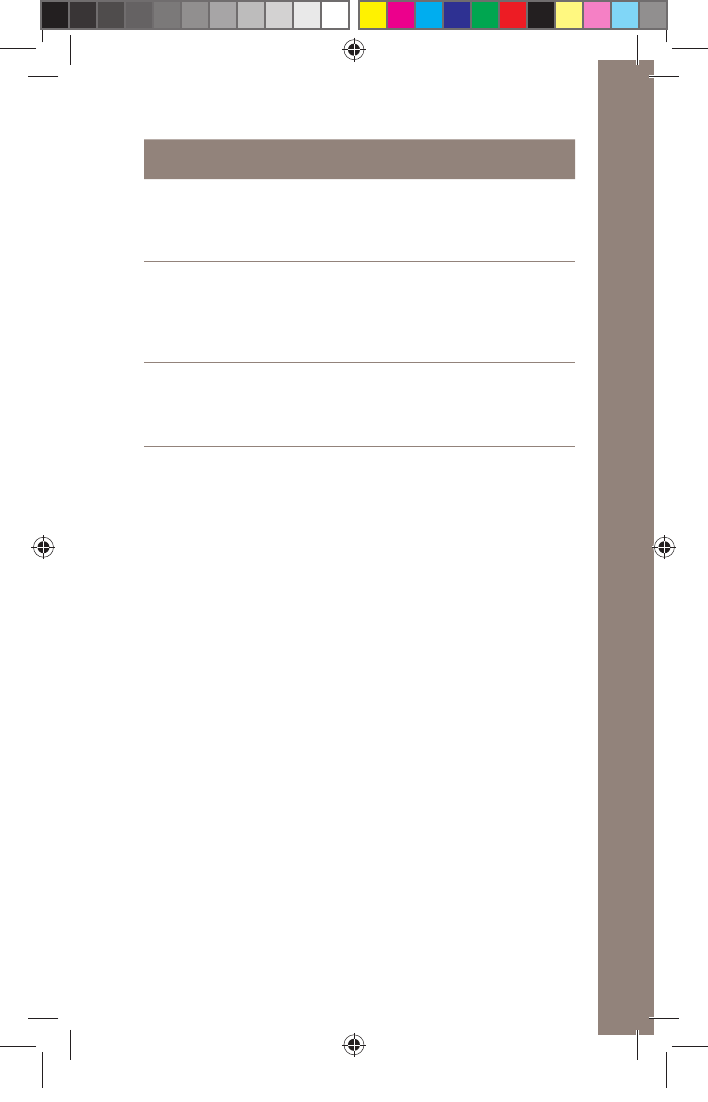
59NUCLEUS 7 SOUND PROCESSOR USER GUIDE
PROBLEM RESOLUTION
You hear loud or
distorted sound
from a monitor
earphone
1. Remove the monitor earphone and
consult your clinician.
The processor gets
wet
1. Dry the processor with a soft cloth,
change the microphone protectors and
place the processor in the dry aid kit
provided by Cochlear for 8 hours. See
Water, sand and dirt on page 42.
You want to
perform a regular
check on your
processor
See Regular care on page 38.
TROUBLESHOOT
DRAFT ONLY FOR CLINICAL TESTING
592753_1-06_EN_CP1000_UG_EMEA.indd 59 14/06/2016 1:23:58 PM
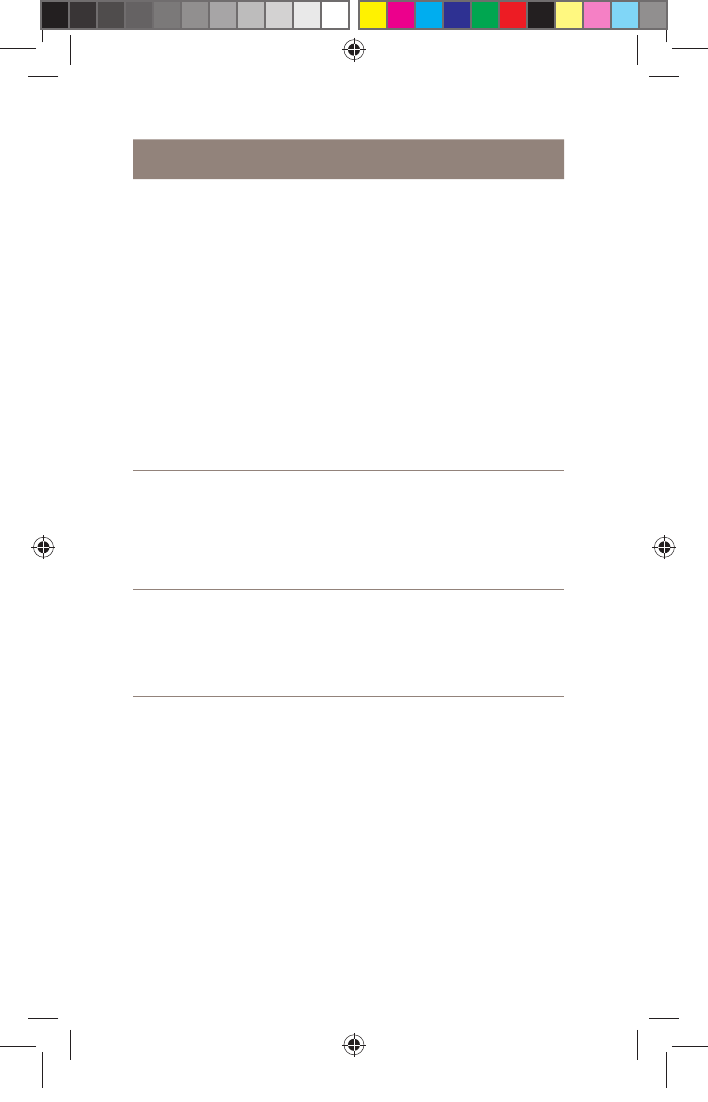
60 NUCLEUS 7 SOUND PROCESSOR USER GUIDE
PROBLEM RESOLUTION
Batteries are not
lasting as long as
usual
1. Clean all connections and parts of the
battery module.
2. Clean all connections on the processing
unit.
3. Try replacing the coil with a new coil.
4. If you are using disposable batteries,
check that you are using the
recommended batteries. See Change
disposable batteries on page 10.
5. Don’t forget to let new disposable
batteries stand for a few seconds before
you put them in the sound processor.
6. If the problem continues, contact your
clinician.
The indicator light
on the battery
charger shows a
fully charged
battery is still
charging
This won’t cause any damage to the battery
as the charge cycle on a fully charged battery
is very short.
The indicator light
on the battery
charger is flashing
orange
1. Check that only rechargeable battery
modules are connected to the battery
charger.
2. Replace the rechargeable battery
module.
DRAFT ONLY FOR CLINICAL TESTING
592753_1-06_EN_CP1000_UG_EMEA.indd 60 14/06/2016 1:23:58 PM
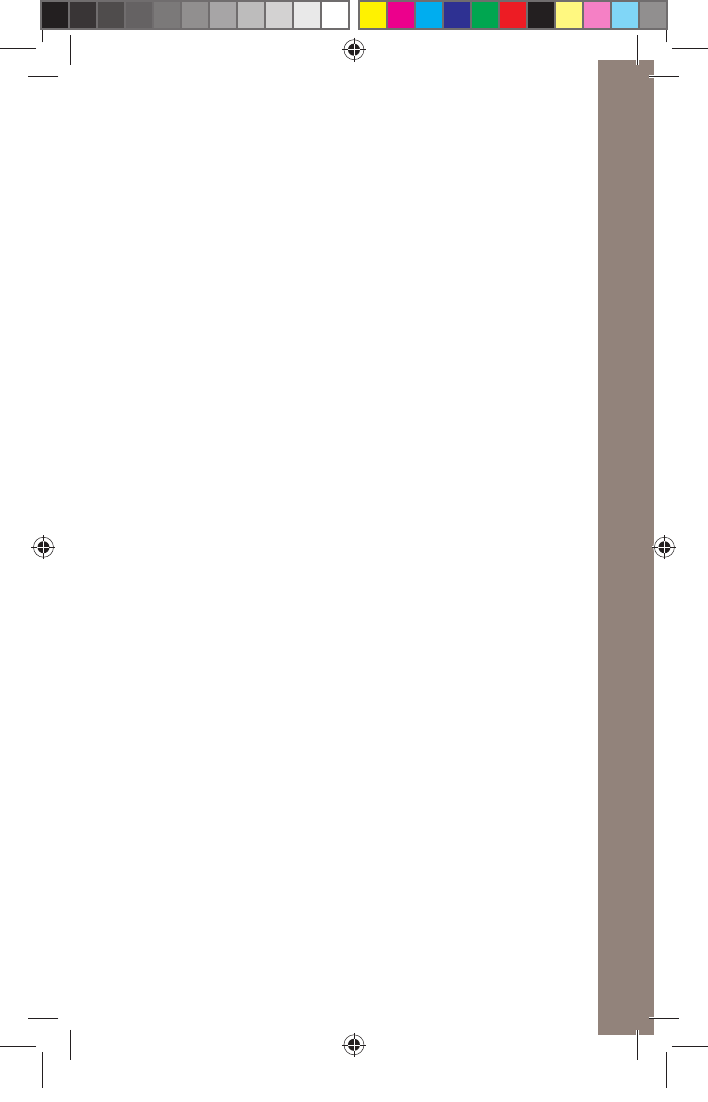
61NUCLEUS 7 SOUND PROCESSOR USER GUIDE
Cautions
• Young children who are developing motor skills are at
greater risk of an impact to the head from a hard object
(e.g. table or chair). Impact to the sound processor may
cause damage to the processor or its parts. Impact to the
head in the area of the Cochlear implant could damage it
and result in its failure.
• Most patients can benefit from electrical stimulation levels
that are considered safe, based on animal experimental
data. The long-term effects of such stimulation in humans
are unknown.
CAUTIONS
DRAFT ONLY FOR CLINICAL TESTING
592753_1-06_EN_CP1000_UG_EMEA.indd 61 14/06/2016 1:23:59 PM
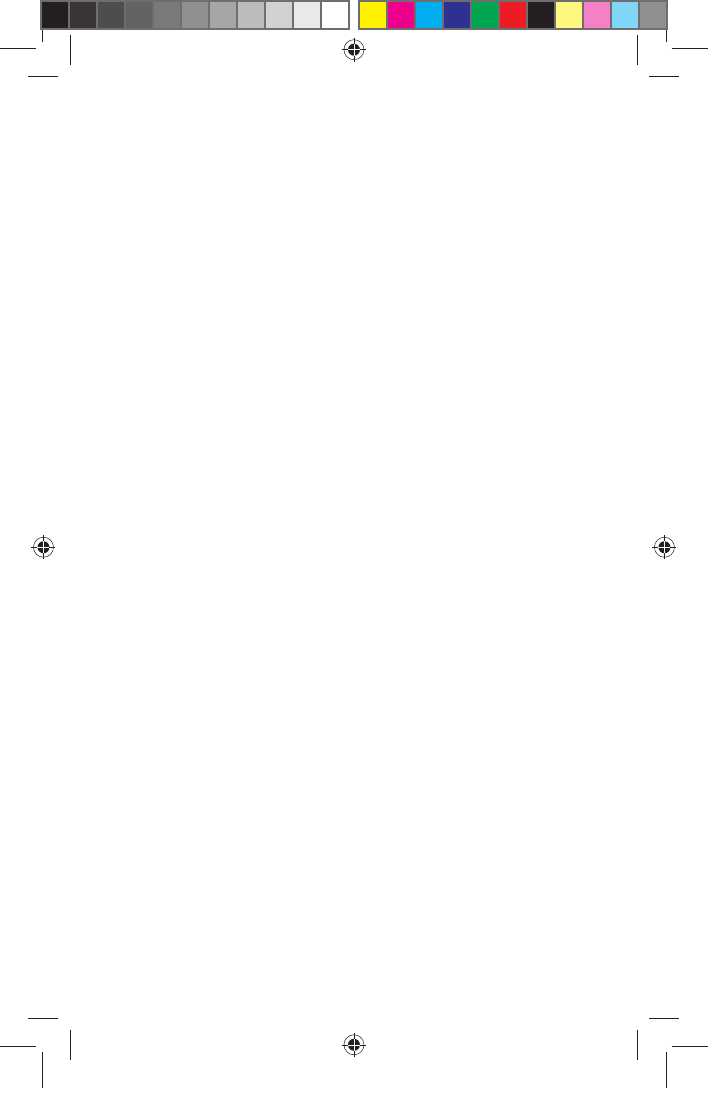
62 NUCLEUS 7 SOUND PROCESSOR USER GUIDE
Warnings
For parents and carers
• Removable parts of the system (e.g. microphone cover,
magnets, batteries, battery cover, retention aids) can be
lost or may be a choking or strangulation hazard. Keep out
of reach of children or lock the tamper-resistant screw on
the battery module and/or cover.
• Parents and carers are advised that unsupervised use of
long cables (e.g. coil or accessory cables) may present a
risk of strangulation.
• Sound processor covers may not be suitable for children.
Removable parts can be lost or may be a choking hazard.
• Carers must routinely check the device for signs of
overheating and for signs of discomfort or skin irritation at
the implant site. Remove the processor and coil
immediately if there is any discomfort or pain (e.g. if
device becomes hot, or sound is uncomfortably loud) and
contact your clinician.
DRAFT ONLY FOR CLINICAL TESTING
592753_1-06_EN_CP1000_UG_EMEA.indd 62 14/06/2016 1:23:59 PM
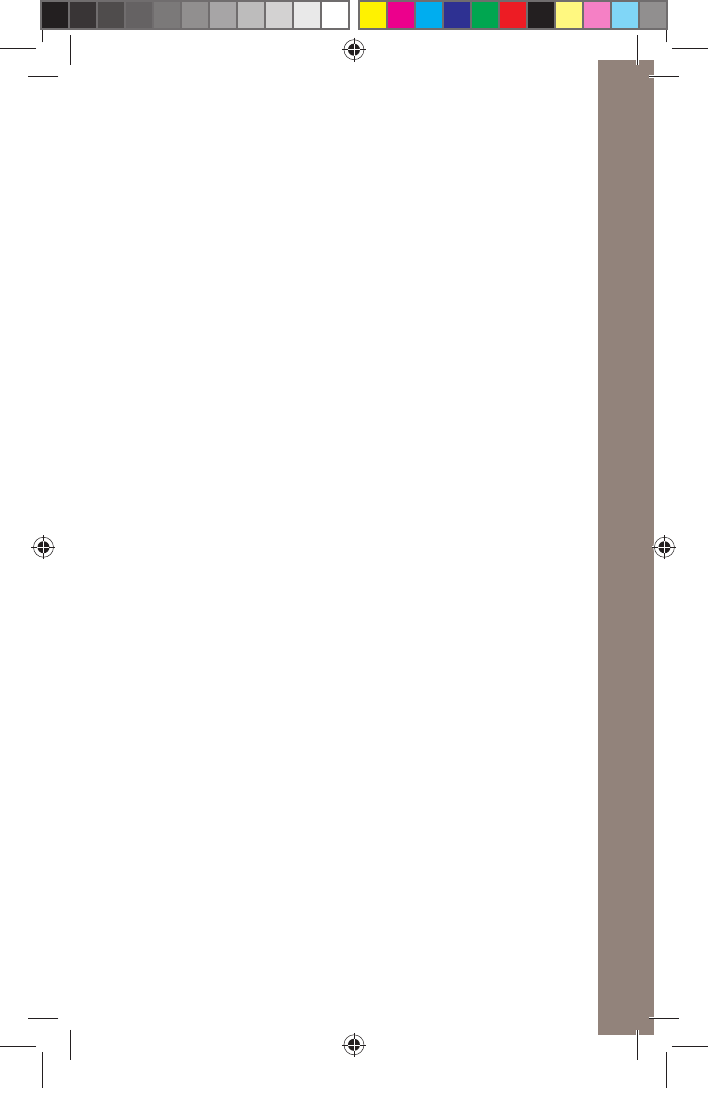
63NUCLEUS 7 SOUND PROCESSOR USER GUIDE
WARNINGS
• Carers must monitor for signs of discomfort or skin
irritation if a retention aid (e.g. headband) is used that
applies pressure to the sound processor or coil. Remove
the aid immediately if there is any discomfort or pain, and
contact your clinician.
• Keep the dry brick from the dry aid kit away from small
children. Swallowing this material can cause serious
internal injuries.
• Do not allow children to replace batteries without adult
supervision.
• Do not allow children to use a battery charger without
adult supervision.
DRAFT ONLY FOR CLINICAL TESTING
592753_1-06_EN_CP1000_UG_EMEA.indd 63 14/06/2016 1:23:59 PM
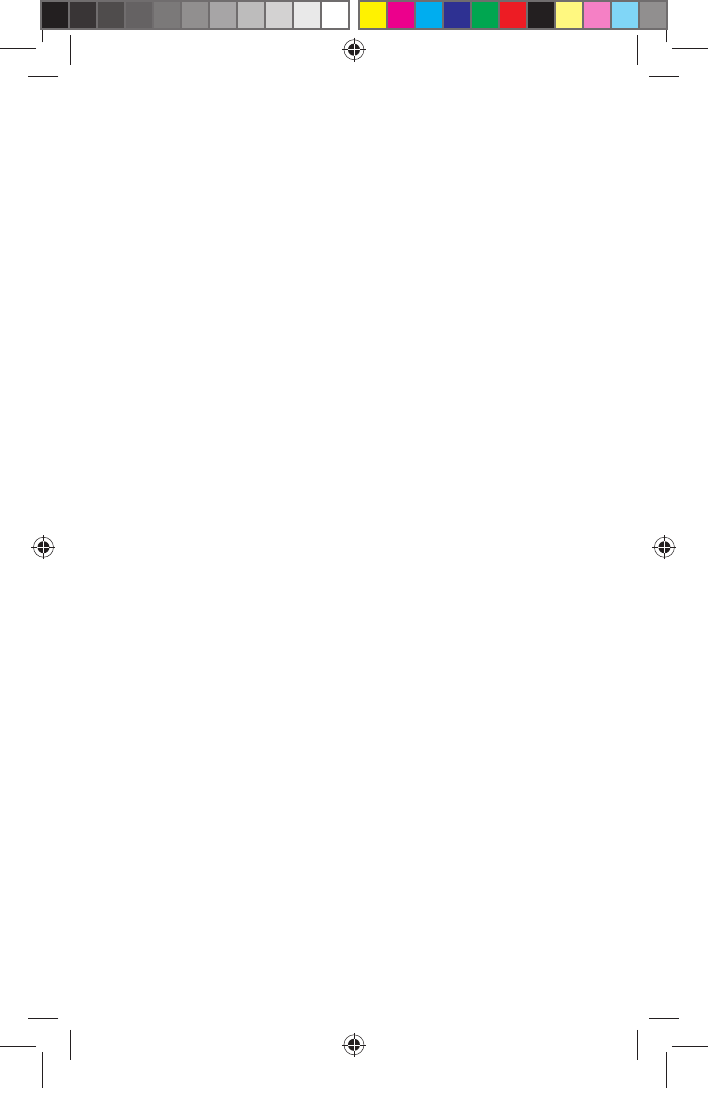
64 NUCLEUS 7 SOUND PROCESSOR USER GUIDE
Processors and parts
• Each processor is programmed specifically for each
implant. Never wear another person’s processor or lend
yours to another person.
• Use your Cochlear implant system only with approved
devices and accessories.
• If you experience a significant change in performance,
remove your processor and contact your clinician.
• Your processor and other parts of the system contain
complex electronic parts. These parts are durable but must
be treated with care.
• No modification of this equipment is allowed. Warranty
will be void if modified.
• Remove the monitor earphones immediately if the sound
level is uncomfortably loud and inform your clinician.
• If the coil magnet is too strong or is in contact with the
skin, pressure sores may develop at the implant site. If this
happens, or if you experience tightness or pain in this area,
stop using your sound processor and contact your clinician.
• Do not apply continued pressure to the coil when in
contact with the skin (e.g. sleeping while lying on coil, or
using tight fitting headwear).
• Do not push the volume too high for comfort in case a
loud noise occurs nearby.
DRAFT ONLY FOR CLINICAL TESTING
592753_1-06_EN_CP1000_UG_EMEA.indd 64 14/06/2016 1:23:59 PM
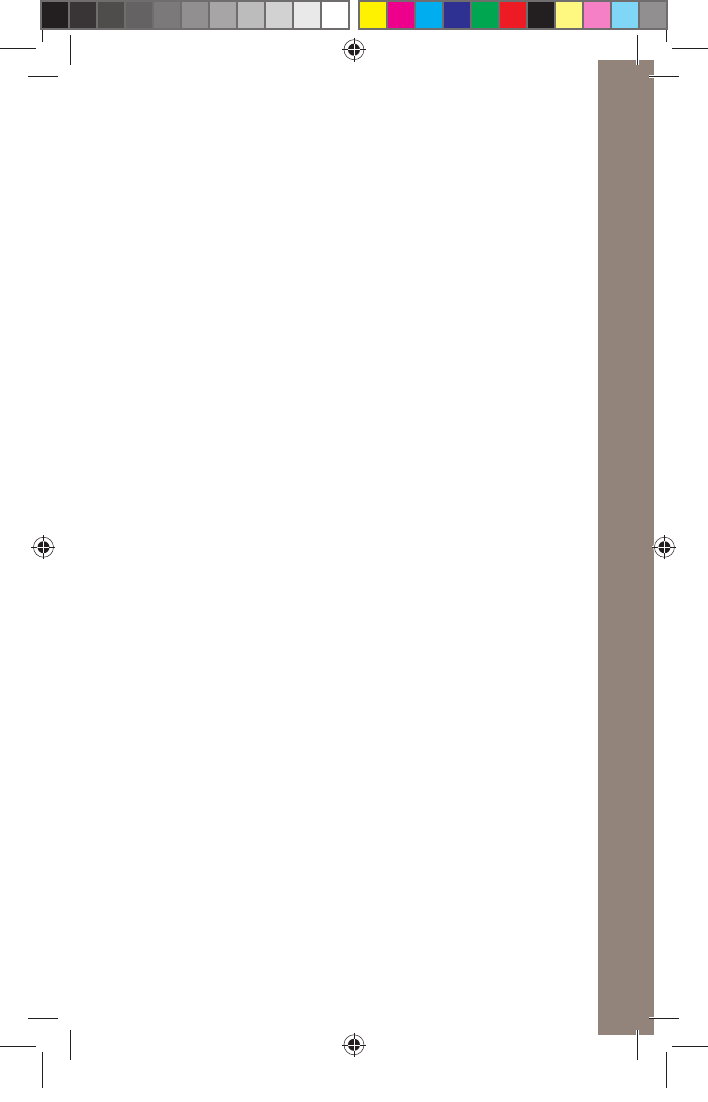
65NUCLEUS 7 SOUND PROCESSOR USER GUIDE
WARNINGS
• If you need to adjust the volume often, or if adjusting
volume ever causes discomfort, contact your clinician.
• Do not let your processor or parts entangle with any
jewellery (e.g. earhook and earrings) or machinery.
• Do not place the processor or parts in any household
devices (e.g. microwave oven, dryer).
• Do not expose the processor or parts to heat (e.g. never
leave them in sunlight, behind a window or in a car).
• Do not use a dry aid kit that has an Ultra Violet C (UVC)
lamp (e.g. do not use the Freedom™ Dry and Store).
• The magnetic attachment of your sound processor to your
implant may be affected by other magnetic sources.
• Store spare coil magnets safely and away from cards that
may have a magnetic strip (e.g. credit cards, bus tickets).
• Your device contains magnets that should be kept away
from life supporting devices (e.g. cardiac pacemakers and
ICDs (implantable cardioverter defibrillators) and magnetic
ventricular shunts), as the magnets may affect the
function of these devices. Keep your processor at least
15 cm (6 in) from such devices. Contact the manufacturer
of the specific device to find out more.
• Your sound processor and remote control radiate
electromagnetic energy that may interfere with life
supporting devices, (e.g. cardiac pacemakers and ICDs).
Keep your processor and remote control at least 15 cm
(6 in) from such devices. Contact the manufacturer of the
specific device to find out more.
DRAFT ONLY FOR CLINICAL TESTING
592753_1-06_EN_CP1000_UG_EMEA.indd 65 14/06/2016 1:23:59 PM
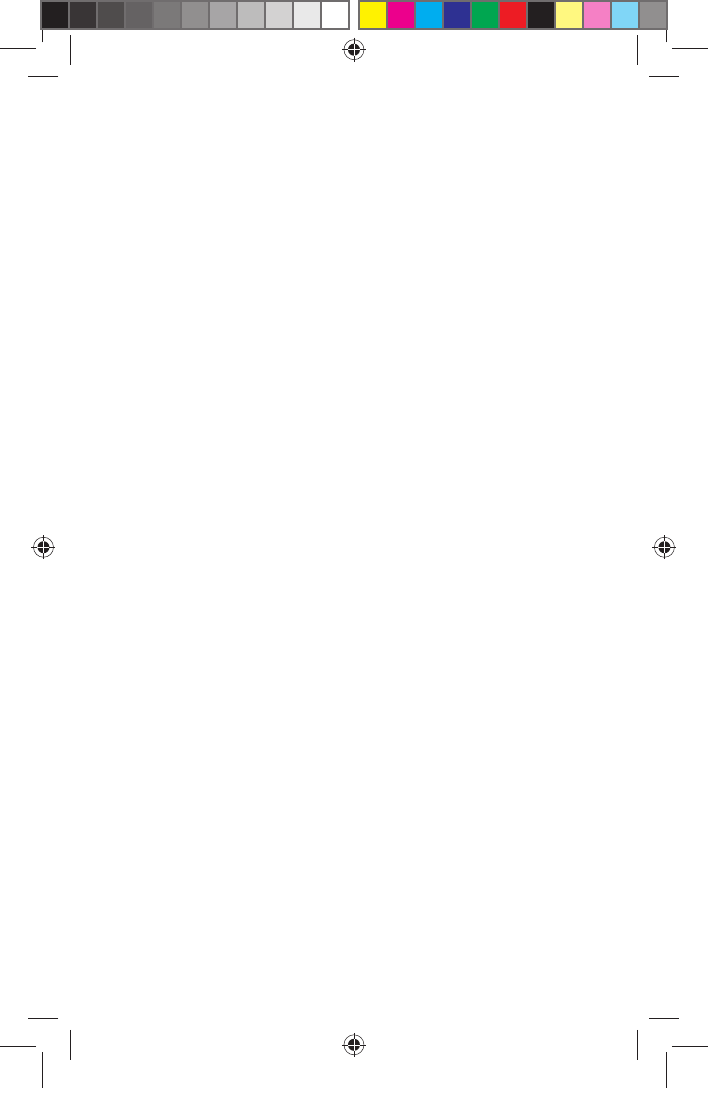
66 NUCLEUS 7 SOUND PROCESSOR USER GUIDE
• Do not place the device or accessories inside any part of
your body (e.g. nose, mouth).
• Seek medical advice before entering any environment that
may adversely affect the operation of your Cochlear
implant, including areas protected by a warning notice
preventing entry by patients fitted with a pacemaker.
• Some types of digital mobile telephones (e.g. Global
System for Mobile communications (GSM) as used in
some countries) may interfere with the operation of your
external equipment. You may hear distorted sound when
close, 1-4 m (~3-12 ft), to a digital mobile telephone in
use.
• For Cochlear Nucleus cochlear implant recipients only, the
maximum diving depth is 40 m (~131 ft). Seek medical
advice before diving to ensure you do not have any
conditions that might make diving contraindicated
(e.g. middle ear infection). When wearing a mask, avoid
pressure over the implant site.
• Before activities that create electrostatic discharge
(e.g. playing on plastic slides), remove your processor. In
rare cases, discharge of static electricity can damage your
Cochlear implant’s electrical components or corrupt the
processor’s program. If static electricity is present
(e.g. when putting on clothes over your head, or getting
out of a car), before the Cochlear implant system touches
any object or person, you should touch something
conductive such as a metal door handle.
DRAFT ONLY FOR CLINICAL TESTING
592753_1-06_EN_CP1000_UG_EMEA.indd 66 14/06/2016 1:23:59 PM
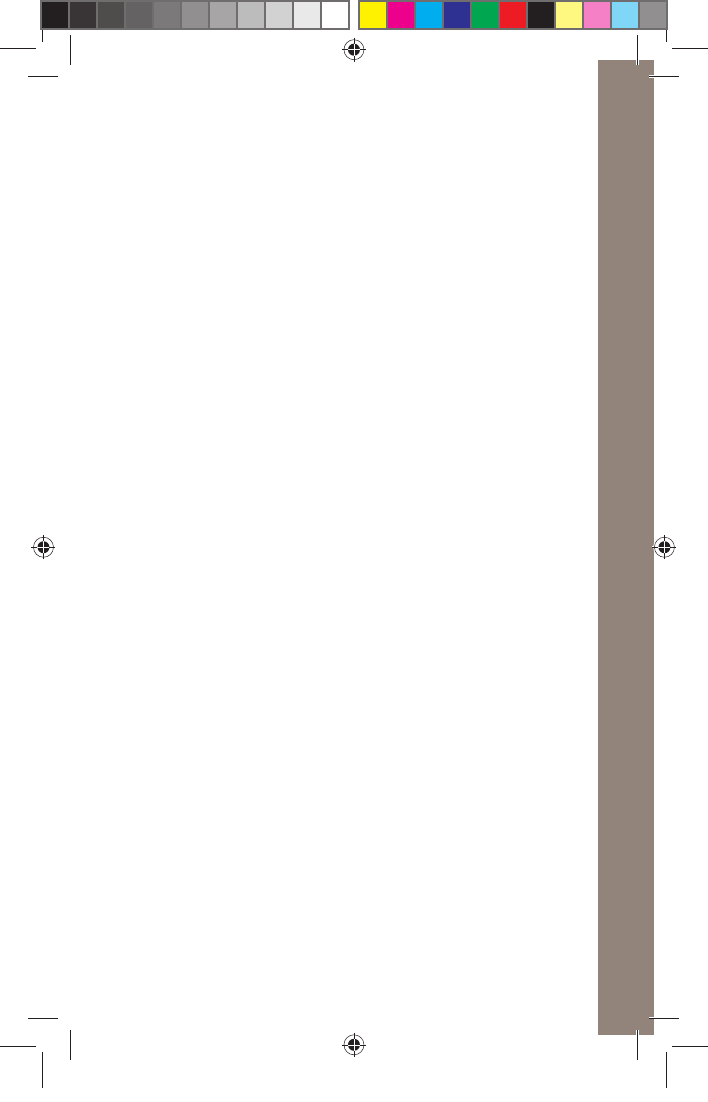
67NUCLEUS 7 SOUND PROCESSOR USER GUIDE
WARNINGS
Batteries
• Use only Cochlear supplied or recommended 675 (PR44)
zinc air batteries designed for cochlear implant use. We do
not recommend using silver oxide or alkaline batteries.
• Insert disposable batteries in the correct orientation.
• If disposable batteries are short-circuited the processor will
not work and its temperature can reach 42° C (107° F).
Remove the processor and coil immediately and contact
your clinician.
• Do not mix disposable batteries that differ by
manufacturer, brand, type, age or previous usage.
• Replace both disposable batteries at the same time.
• Dispose of used batteries promptly and carefully, in
accordance with local regulations. Keep away from
children.
• Do not short-circuit batteries (e.g. do not let terminals of
batteries contact each other, do not place batteries loose
in pockets, etc.).
• Do not disassemble, deform, immerse in water or dispose
of batteries in fire.
• When processor is not in use, remove the batteries and
store separately in a clean and dry place.
DRAFT ONLY FOR CLINICAL TESTING
592753_1-06_EN_CP1000_UG_EMEA.indd 67 14/06/2016 1:23:59 PM
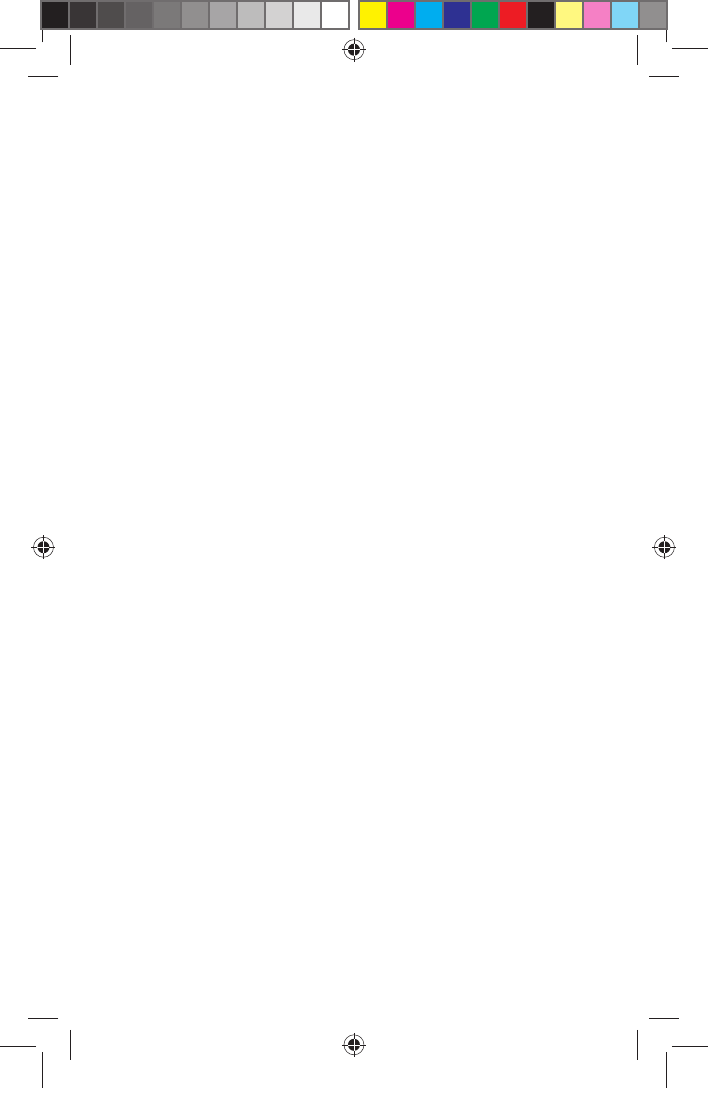
68 NUCLEUS 7 SOUND PROCESSOR USER GUIDE
• Wipe batteries with a clean dry cloth if they become dirty.
• Store unused batteries in original packaging, in a clean and
dry place.
• Do not use damaged or deformed batteries. If skin or eyes
come into contact with battery fluid or liquid, wash out
with water and seek medical attention immediately.
• Do not expose batteries to heat (e.g. never leave batteries
in sunlight, behind a window or in a car).
• Never put batteries in your mouth. If swallowed, contact
your physician or local poison information service.
• Do not recharge disposable batteries.
• Only use rechargeable batteries and battery chargers
supplied or recommended by Cochlear. Use of other
batteries or battery chargers may result in harm or injury.
• Charge rechargeable batteries before use.
• Do not touch the battery charger contacts.
DRAFT ONLY FOR CLINICAL TESTING
592753_1-06_EN_CP1000_UG_EMEA.indd 68 14/06/2016 1:23:59 PM
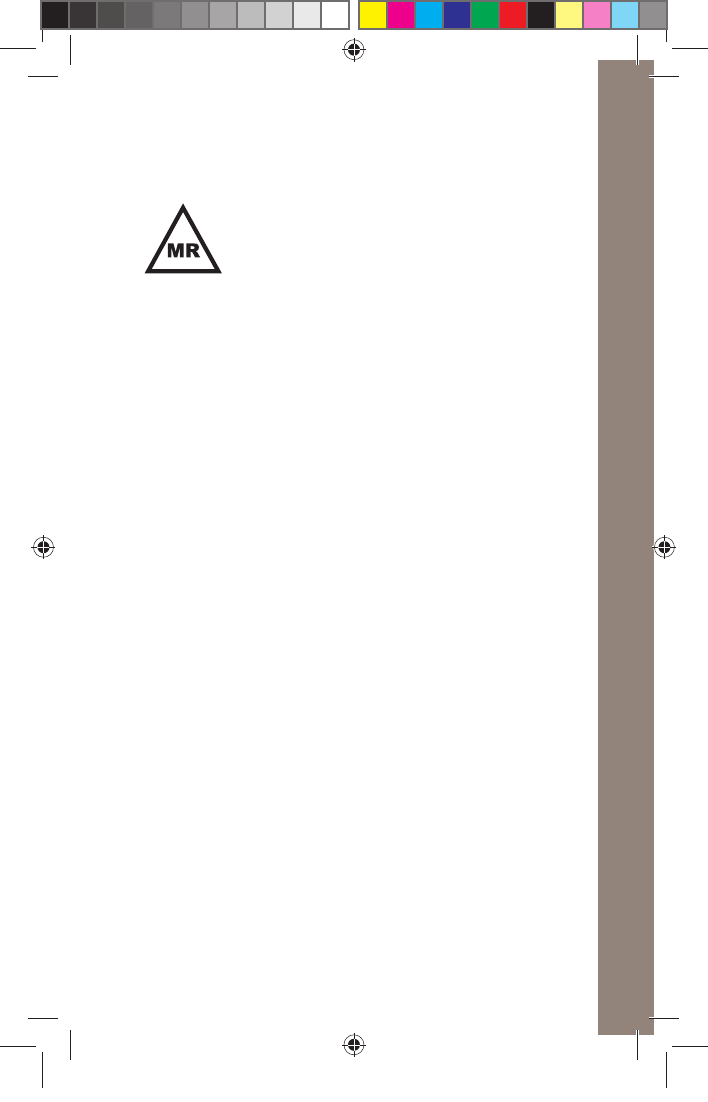
69NUCLEUS 7 SOUND PROCESSOR USER GUIDE
WARNINGS
Medical treatments
Magnetic resonance imaging (MRI)
MRI is contraindicated except under special
circumstances. Do not allow a patient with an
implant to be in a room where an MRI scanner is
located except under special circumstances.
Full MRI safety information is available at
www.cochlear.com/warnings or by calling your regional
Cochlear office (contact numbers available at the end of this
document).
If the patient is implanted with other implants, consult the
manufacturer’s instructions before performing MRI.
DRAFT ONLY FOR CLINICAL TESTING
592753_1-06_EN_CP1000_UG_EMEA.indd 69 14/06/2016 1:23:59 PM
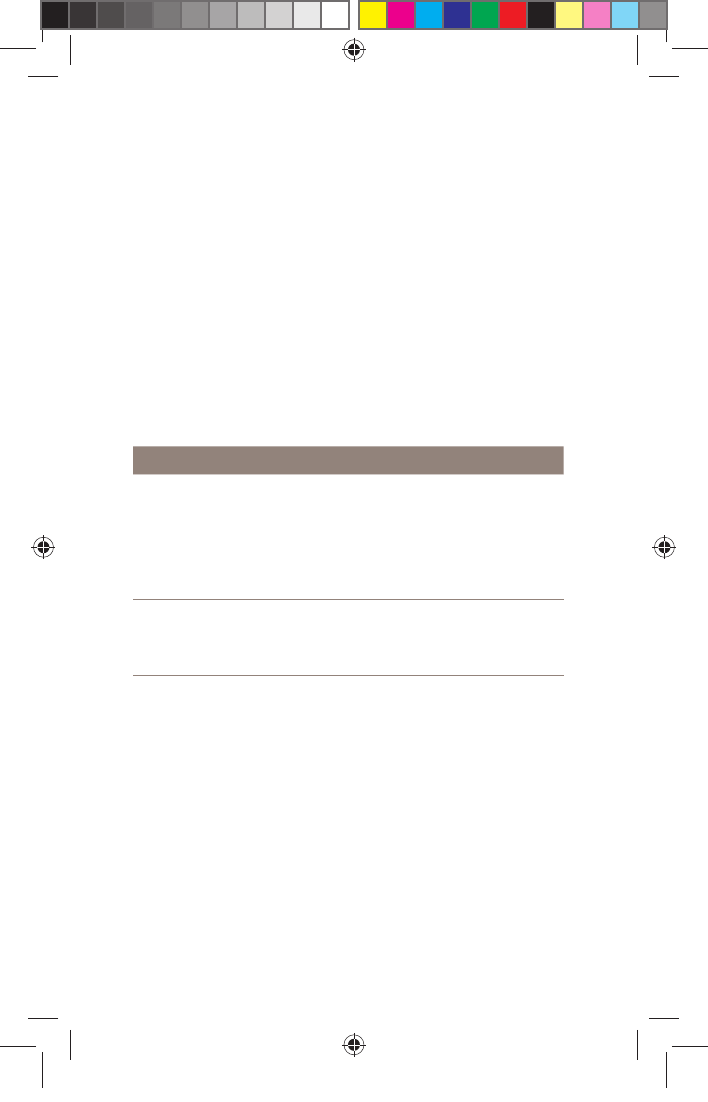
70 NUCLEUS 7 SOUND PROCESSOR USER GUIDE
Medical treatments generating induced currents, heat and
vibration
Having a cochlear implant means extra care must be taken
when receiving some medical treatments. Before starting
medical treatment, the information in this section should be
discussed with the recipient’s physician.
The sound processor must be removed before starting any of
the medical treatments listed in this section.
Some medical treatments generate induced currents that may
cause tissue damage or permanent damage to the implant.
Before initiating any of the following treatments deactivate
the device.
Warnings for specific treatments are provided below.
CONDITION WARNING
Diathermy Do not use therapeutic or medical diathermy
(thermopenetration) using electromagnetic radiation
(magnetic induction coils or microwave). High currents
induced into the electrode lead can cause tissue
damage to the cochlea/brainstem or permanent
damage to the implant. Medical diathermy using
ultrasound may be used below the head and neck.
Electroconvulsive
therapy
Do not use electroconvulsive therapy on an implant
patient under any circumstances. Electroconvulsive
therapy can cause tissue damage or damage to the
implant.
DRAFT ONLY FOR CLINICAL TESTING
592753_1-06_EN_CP1000_UG_EMEA.indd 70 14/06/2016 1:23:59 PM
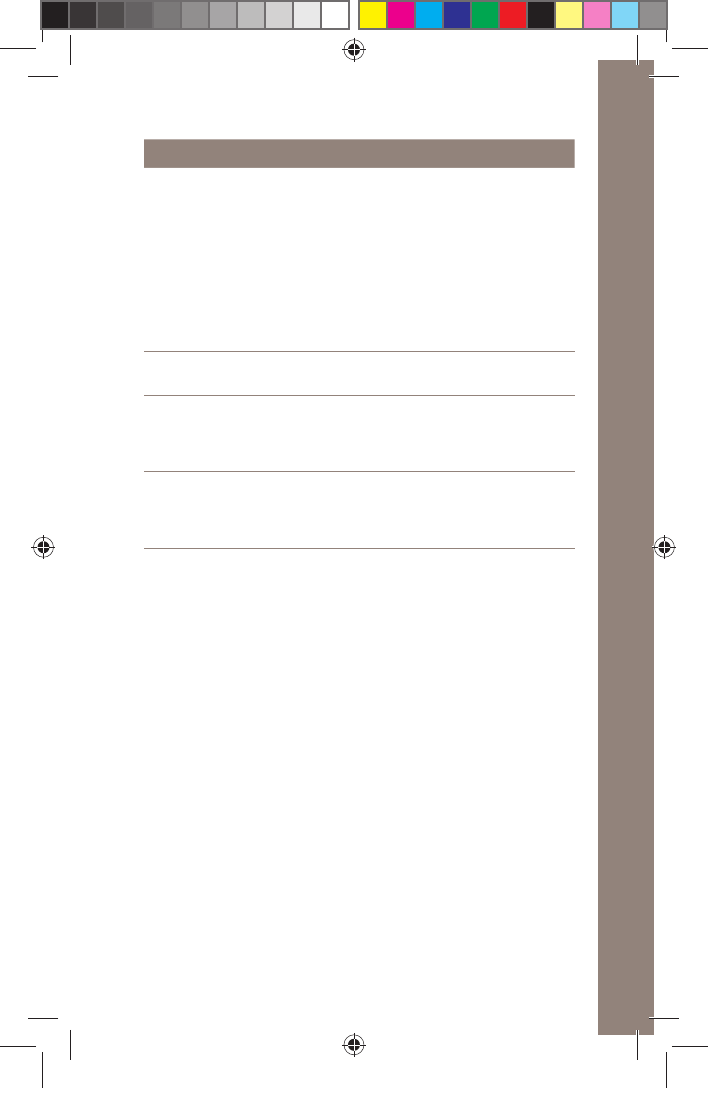
71NUCLEUS 7 SOUND PROCESSOR USER GUIDE
WARNINGS
CONDITION WARNING
Electrosurgery Electrosurgical instruments can induce radio frequency
currents that could flow through the electrode.
Monopolar electrosurgical instruments must not be
used on the head or neck of an implant patient as
induced currents could cause damage to cochlear/
neural tissues or permanent damage to the implant.
When using bipolar electrosurgical instruments on the
head and neck of a patient, the cautery electrodes
must not contact the implant and should be kept more
than 1 cm (½ in.) from the electrodes.
Ionising radiation
therapy
Do not use ionising radiation therapy directly over the
implant. It may cause damage to the implant.
Neurostimulation Do not use neurostimulation directly over the implant.
High currents induced into the electrode lead can
cause tissue damage to the cochlea/brainstem or
permanent damage to the implant
Therapeutic
ultrasound
Do not use therapeutic levels of ultrasound energy
directly over the implant. It may inadvertently
concentrate the ultrasound field and cause tissue
damage or damage to the implant.
DRAFT ONLY FOR CLINICAL TESTING
592753_1-06_EN_CP1000_UG_EMEA.indd 71 14/06/2016 1:23:59 PM
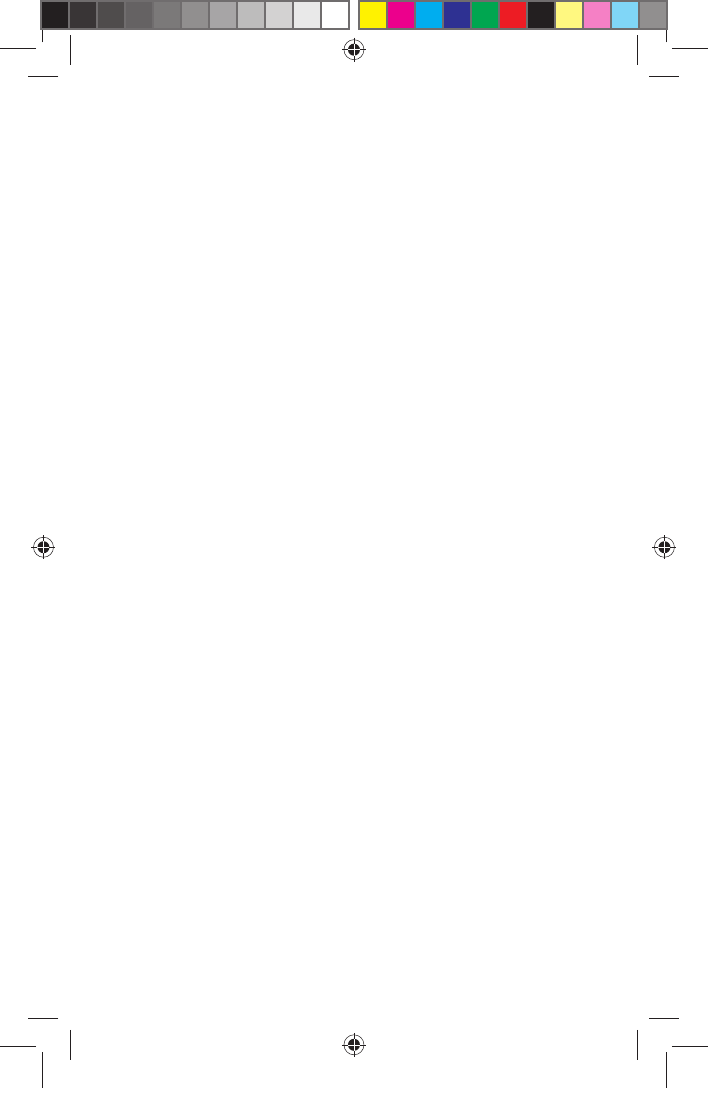
72 NUCLEUS 7 SOUND PROCESSOR USER GUIDE
Other information
Physical configuration
The processing unit comprises:
• Two omni-directional microphones for receiving sound.
• An internal telecoil for receiving magnetic fields radiated
by phones, neckloops and roomloops.
• Custom analogue and digital integrated circuits with
digital signal processing (DSP) and bidirectional wireless
communication capabilities.
• A tri-colour visual indication of processor function or
problem.
• Control button allowing user control of key features.
• Custom 4-pin connector for coil cable.
• A range of earhooks and specialised retention options.
The batteries provide power to the processor. The coil acts as
a transformer coupling that transfers energy and data to the
implant.
DRAFT ONLY FOR CLINICAL TESTING
592753_1-06_EN_CP1000_UG_EMEA.indd 72 14/06/2016 1:23:59 PM
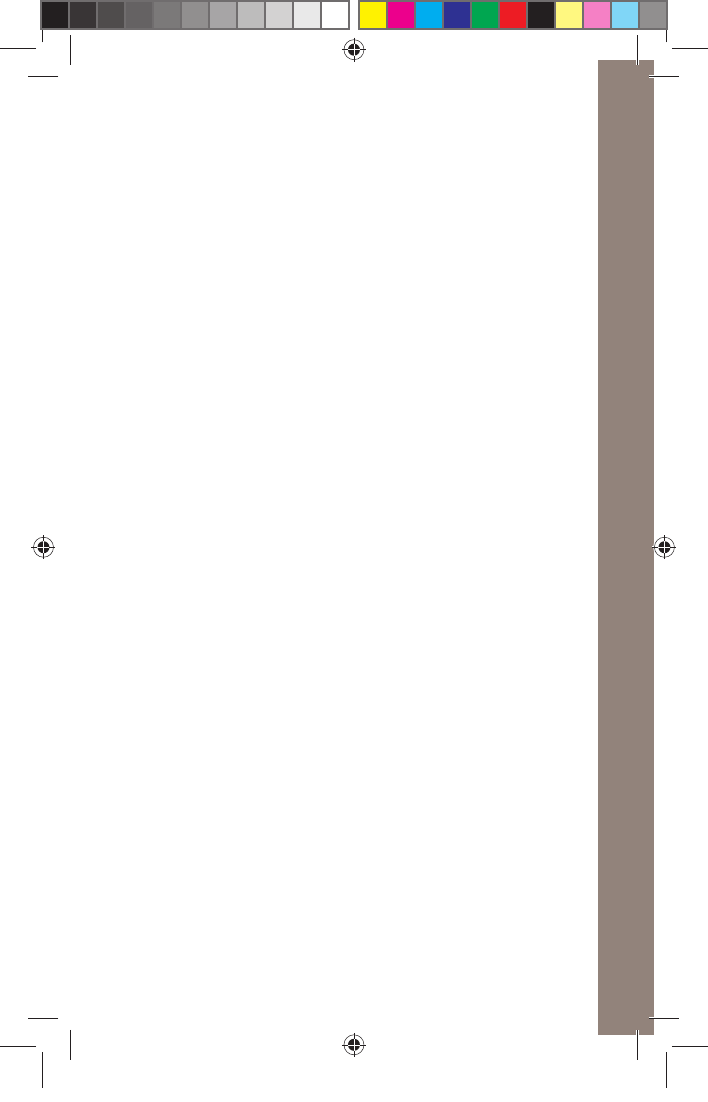
73NUCLEUS 7 SOUND PROCESSOR USER GUIDE
Materials
• Processing unit: copolyester.
• Battery modules (all types) are made of copolyester.
• Coil is made of polypropylene (PP), thermoplastic
elastomer (TPE).
• Coil magnet casing is made of acrylonitrile butadiene
styrene (ABS).
• Coil cable sheath is made of polyvinyl chloride (PVC).
• Coil cable plugs are made of PP and TPE.
• Retention parts are made from polyamide (PA) and liquid
silicone rubber (LSR).
Battery life, charge cycles and lifespan
• Battery life means the time a device will run before the
disposable batteries must be replaced, or the rechargeable
batteries recharged.
• Battery charge cycle is a full charge and discharge of the
rechargeable battery.
• Battery lifespan means the total number of charge cycles a
rechargeable battery will last before the battery life
degrades to 80% of its original fully-charged capacity.
OTHER INFORMATION
DRAFT ONLY FOR CLINICAL TESTING
592753_1-06_EN_CP1000_UG_EMEA.indd 73 14/06/2016 1:23:59 PM
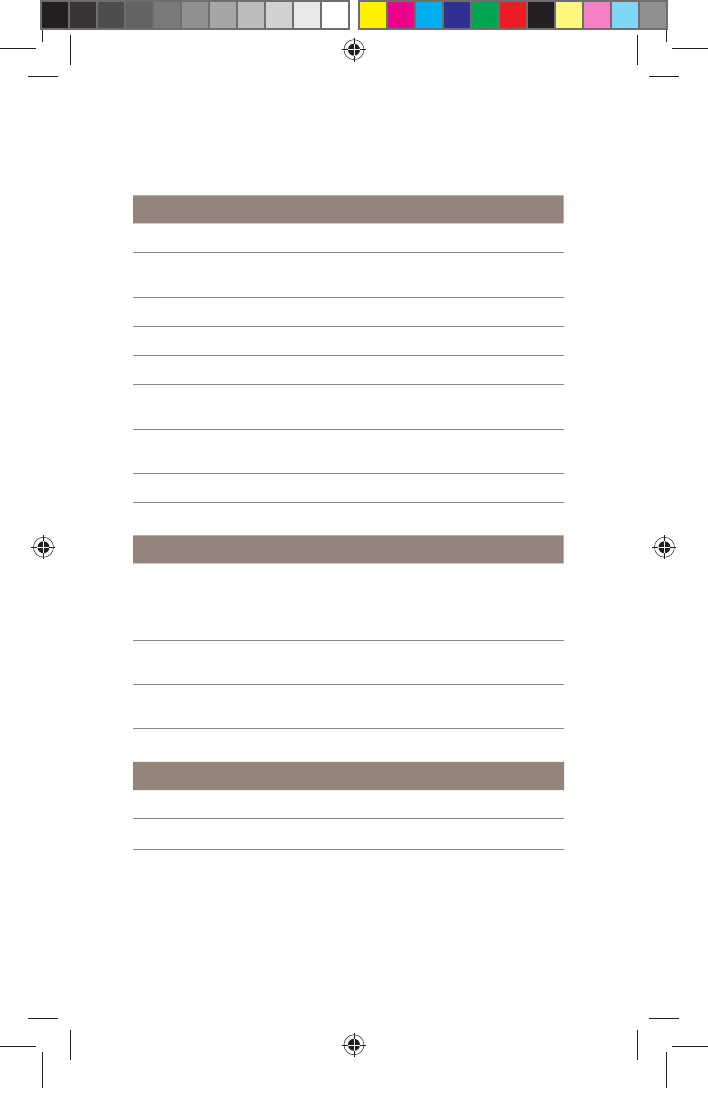
74 NUCLEUS 7 SOUND PROCESSOR USER GUIDE
Operating characteristics
Processing unit
CHARACTERISTIC VALUE/RANGE
Sound input frequency range 100 Hz to 8 kHz
Wireless technology Proprietary low power bidirectional
wireless link
RF frequency 2.4 GHz
Operating voltage 2.00 V to 4.25 V
Power consumption 20 mW to 100 mW
Charge cycles ≥ 80% capacity after 400 charge/
discharge cycles at room temperature
Button functions Turn processor on and off, turn audio
streaming on and off, change program
Remote communication range Up to 2 m
Battery module
TYPE CAPACITY/VOLTAGE RANGE
Disposable battery
module
Two PR44 (zinc air) button cell batteries. 1.45 V
(nominal) each.
Cochlear recommends 675 zinc air batteries
designed for cochlear implant use.
Compact rechargeable
battery module
91 mAh / 3.7 V
Standard rechargeable
battery module
183 mAh / 3.7 V
Coil
CHARACTERISTIC VALUE/RANGE
Operating voltage 2.0 V to 2.6 V
Operating frequency 5 MHz
DRAFT ONLY FOR CLINICAL TESTING
592753_1-06_EN_CP1000_UG_EMEA.indd 74 14/06/2016 1:23:59 PM
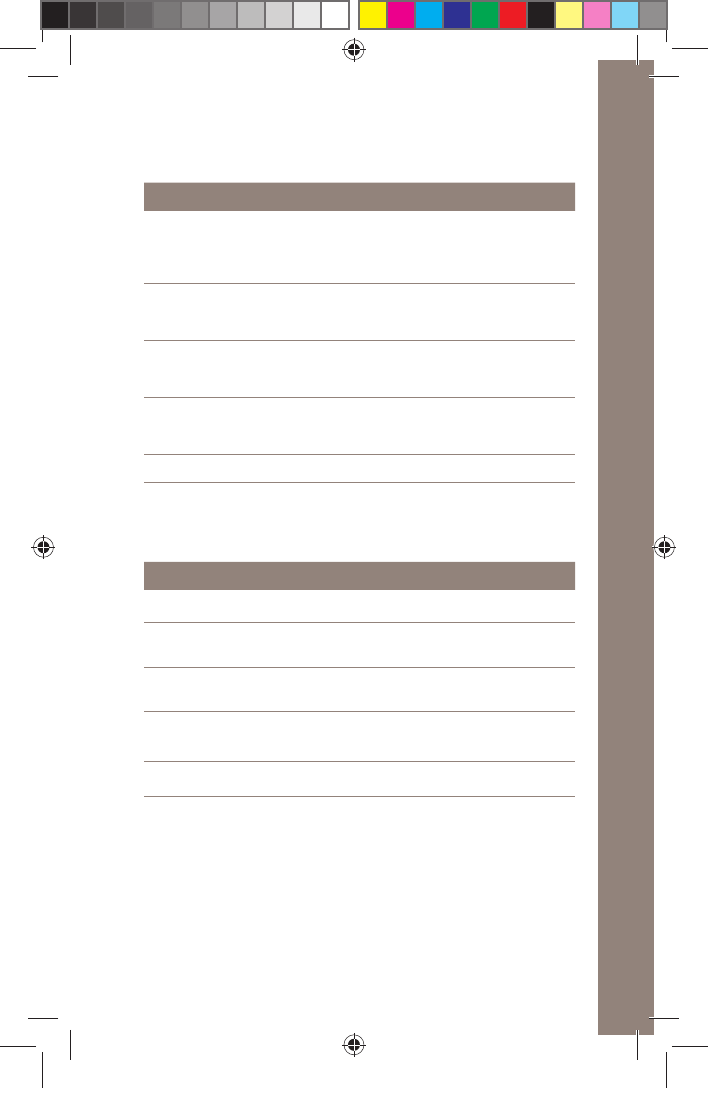
75NUCLEUS 7 SOUND PROCESSOR USER GUIDE
OTHER INFORMATION
Product component dimensions (Typical values)
ITEM LENGTH WIDTH DEPTH DIAMETER
Nucleus 7 processing unit with medium earhook and standard
rechargeable battery module
36.5 mm 9.0 mm 45.0 mm N/A
Disposable battery module
29.4 mm 9.0 mm 17.3 mm N/A
Compact rechargeable battery module
18.0 mm 9.0 mm 17.8 mm N/A
Standard rechargeable battery module
24.8 mm 9.0 mm 17.8 mm N/A
Coil N/A N/A 5.8 mm 30.3 mm
Product weight (Typical values. All weights are
measured with a medium earhook.)
COMPONENT WEIGHT
Nucleus 7 processing unit (no battery module) 3.9g
Nucleus 7 processing unit with compact rechargeable
battery module
7.8g
Nucleus 7 processing unit with standard rechargeable
battery module
9.8g
Nucleus 7 processing unit with disposable battery
module (including two 675 zinc air batteries)
10.1g
Coil and cable (without coil magnet) 3.9g
DRAFT ONLY FOR CLINICAL TESTING
592753_1-06_EN_CP1000_UG_EMEA.indd 75 14/06/2016 1:23:59 PM
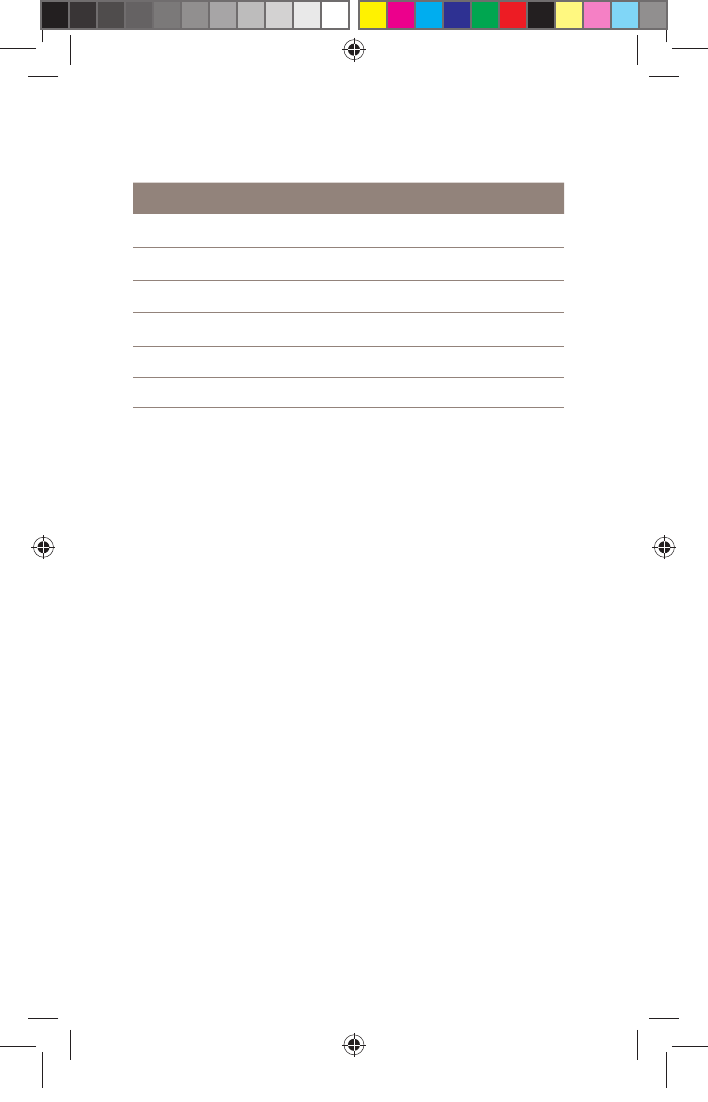
76 NUCLEUS 7 SOUND PROCESSOR USER GUIDE
Environmental conditions
CONDITION MINIMUM MAXIMUM
Storage & transport temperature -10° C (14° F) +55° C (131° F)
Storage & transport humidity 0% RH 90% RH
Operating temperature (sound processor)+5° C (41° F) +40° C (104° F)
Operating temperature (battery charger) +0° C (32° F) +40° C (104° F)
Operating relative humidity 0% RH 90% RH
Operating pressure 700 hPa 1060 hPa
Environmental protection
Your sound processor contains electronic components subject
to the Directive 2002/96/EC on waste electrical and
electronic equipment.
Help protect the environment by not disposing of your sound
processor or batteries with your unsorted household waste.
Please recycle your sound processor according to your local
regulations.
Equipment classification
Your sound processor is internally powered equipment Type
B applied part as described in the international standard IEC
60601-1:2012, Medical Electrical Equipment–Part 1: General
Requirements for Basic Safety and Essential Performance.
DRAFT ONLY FOR CLINICAL TESTING
592753_1-06_EN_CP1000_UG_EMEA.indd 76 14/06/2016 1:23:59 PM
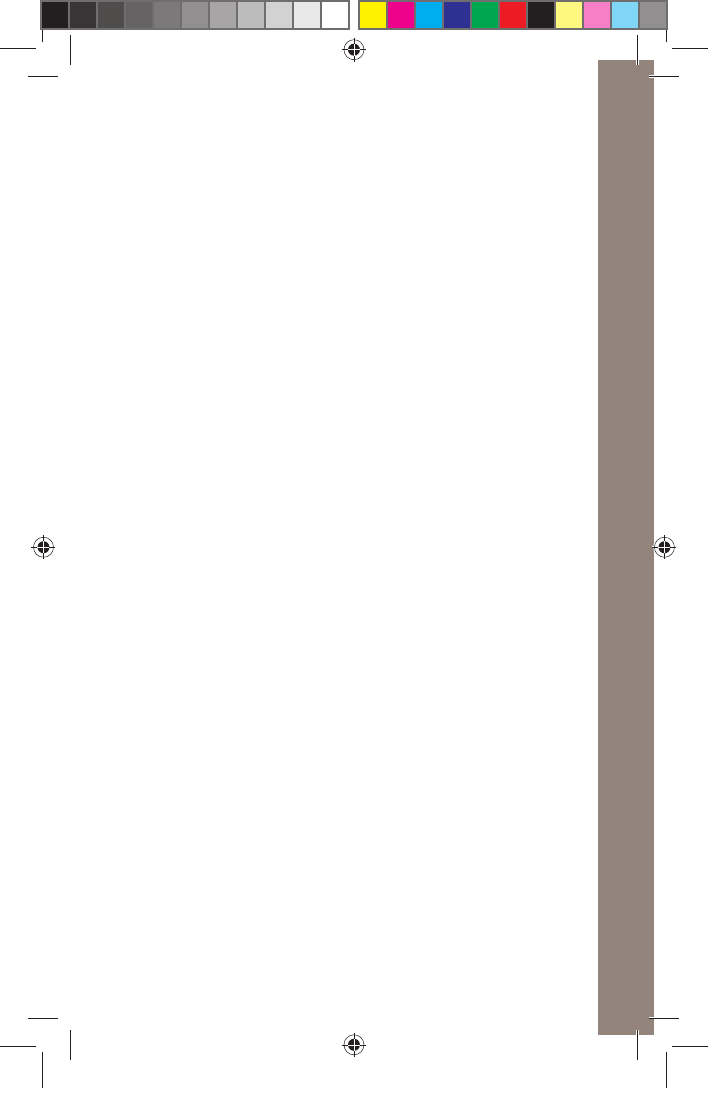
77NUCLEUS 7 SOUND PROCESSOR USER GUIDE
OTHER INFORMATION
Disposable batteries
Check the battery manufacturer’s recommended operating
conditions for disposable batteries used in your processor.
Wireless communication link
The wireless communication link operates in the 2.4 GHz ISM
band using GFSK (Gaussian frequency-shift keying), and a
proprietary bidirectional communication protocol. It
continuously switches between channels to avoid interference
on any specific channel.
• The remote control operates over 4 channels, over a
distance of up to 2 metres from the processor. It indicates
via its display when the processor is out of operating
distance (or switched off) or when the link is interrupted
due to broad spectrum interference (see remote’s user
guide for more information).
• The True Wireless accessories operate over 16 channels,
over a distance of up to 3 metres for the Phone Clip, and 7
metres for the Mini Microphone and TV Streamer.
Bluetooth Smart also operates in the 2.4 GHz ISM band, using
Frequency Hopping Spread Spectrum (FHSS) to combat
interference. Operating range is up to 7 metres, and the app
indicates when the processor is out of operating distance (or
switched off) or when the link is interrupted due to broad
spectrum interference.
DRAFT ONLY FOR CLINICAL TESTING
592753_1-06_EN_CP1000_UG_EMEA.indd 77 14/06/2016 1:23:59 PM
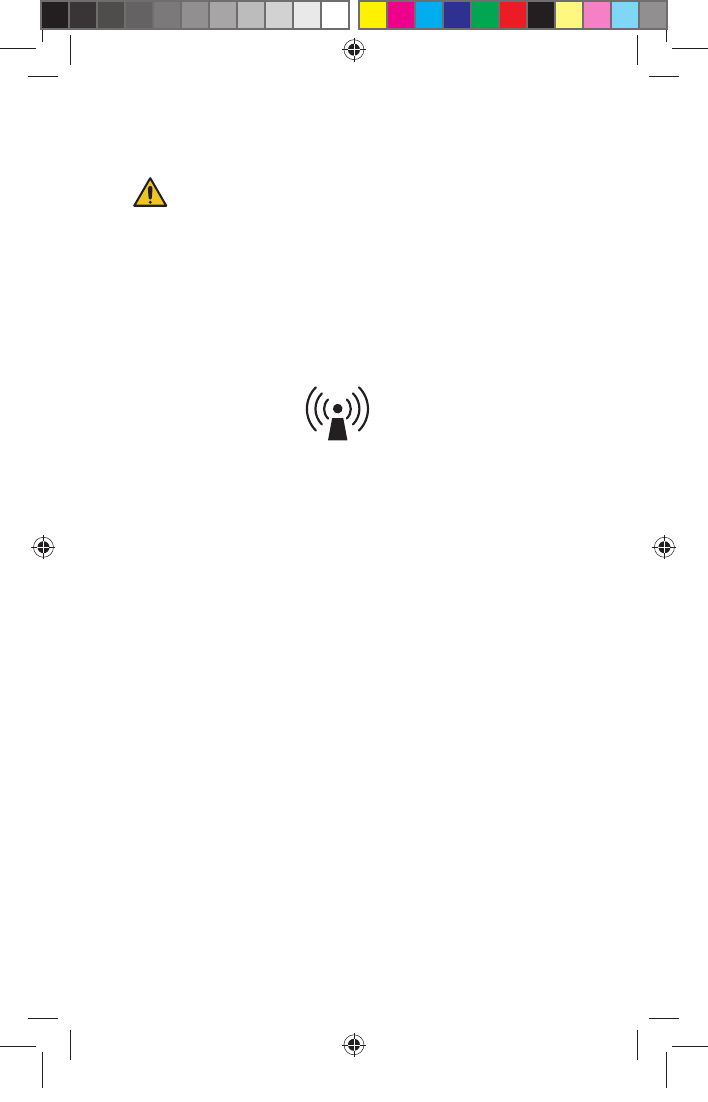
78 NUCLEUS 7 SOUND PROCESSOR USER GUIDE
Electromagnetic compatiblity (EMC)
WARNING
Portable RF communications equipment (including peripherals
such as antenna cables and external antennas) should be used
no closer than 30 cm (12 in.) to any part of your Nuclues 7
Sound Processor, including cables specified by the
manufacturer. Otherwise, degradation of the performance of
this equipment could result.
Interference may occur in the vicinity of equipment marked
with the following symbol:
FCC (Federal Communications Commission)
and Canadian IC compliance
This device complies with part 15 of the FCC Rules and with
RSS-210 of Industry Canada. Operation is subject to the
following two conditions:
• This device may not cause harmful interference.
• This device must accept any interference received,
including interference that may cause undesired operation.
Changes or modifications made to this equipment not
expressly approved by Cochlear Limited may void the FCC
authorisation to operate this equipment.
DRAFT ONLY FOR CLINICAL TESTING
592753_1-06_EN_CP1000_UG_EMEA.indd 78 14/06/2016 1:23:59 PM
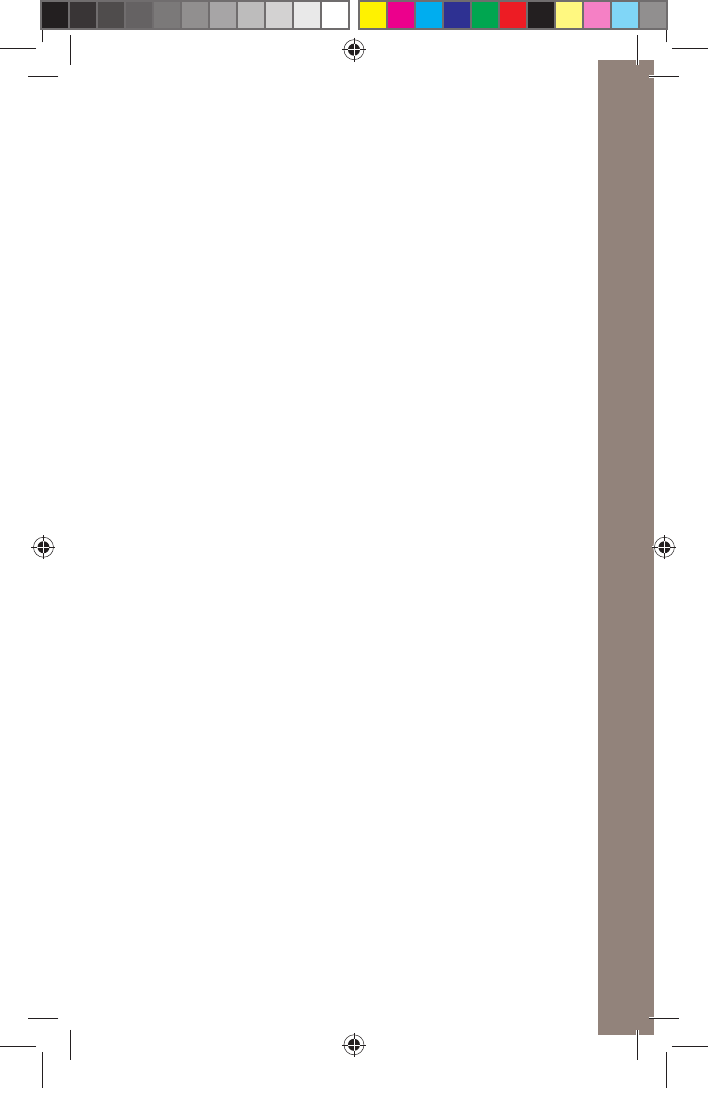
79NUCLEUS 7 SOUND PROCESSOR USER GUIDE
OTHER INFORMATION
This equipment has been tested and found to comply with the
limits for a Class B digital device, pursuant to Part 15 of the
FCC Rules. These limits are designed to provide reasonable
protection against harmful interference in a residential
installation.
This equipment generates, uses and can radiate radio
frequency energy and, if not installed and used in accordance
with the instructions, may cause harmful interference to radio
communications. However, there is no guarantee that
interference will not occur in a particular installation.
If this equipment does cause harmful interference to radio or
television reception, which can be determined by turning the
equipment off and on, the user is encouraged to try to correct
the interference by one or more of the following measures:
•Reorient or relocate the receiving antenna.
• Increase the separation between the equipment and
receiver.
• Connect the equipment into an outlet or a circuit different
from that to which the receiver is connected.
• Consult the dealer or an experienced radio/TV technician
for help.
FCCID:WTOCP1000
IC ID: 8039A-CP1000
CAN ICES-3 (B)/NMB-3(B)
DRAFT ONLY FOR CLINICAL TESTING
592753_1-06_EN_CP1000_UG_EMEA.indd 79 14/06/2016 1:23:59 PM
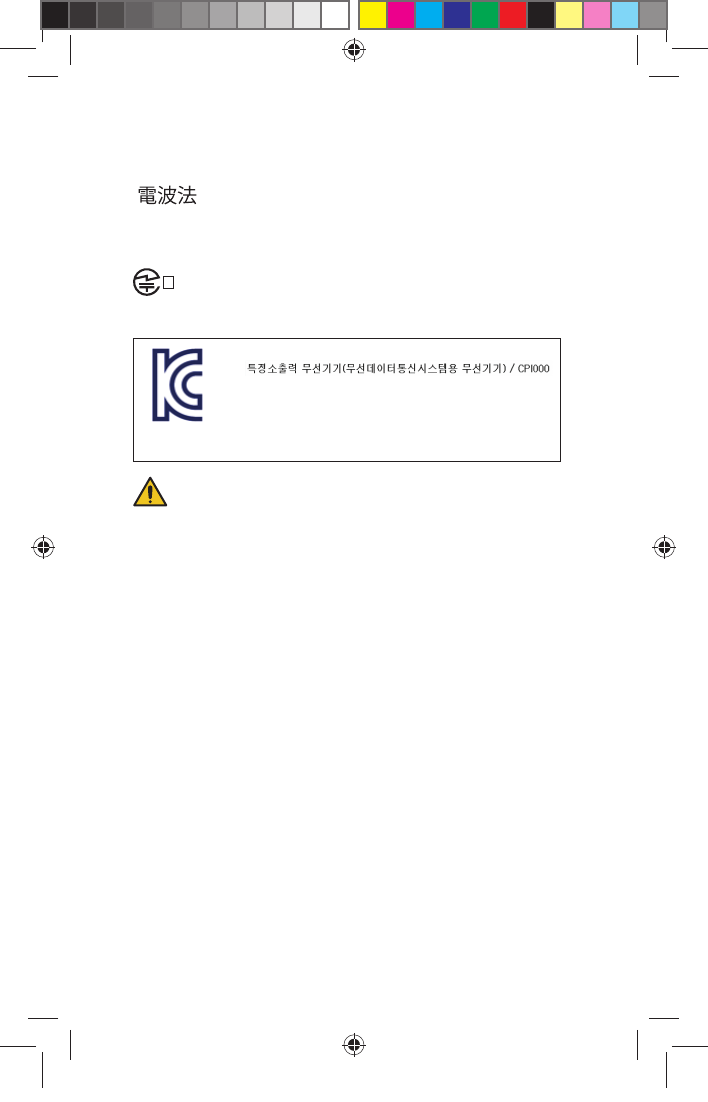
80 NUCLEUS 7 SOUND PROCESSOR USER GUIDE
Radio compliance for Japan
This device is granted pursuant to the Japanese Radio Law
() and its relevant law.
This device should not be modified (otherwise the granted
designation number will become invalid).
Radio compliance for Korea
1. Equipment name/model name:
2. Registration number: MSIP-CRM-COH-CP1000
3. Company name: Cochlear Limited
4. Manufactured date: 2016
5. Manufacturer/Country of Origin:
Cochlear Limited/Australia
WARNING
This radio equipment has the possibility of radio interference
during operation.
This equipment is suitable for electromagnetic equipment for
home (Class B) and it can be used in all areas.
R202-
L S D 0 8 8
DRAFT ONLY FOR CLINICAL TESTING
592753_1-06_EN_CP1000_UG_EMEA.indd 80 14/06/2016 1:24:00 PM
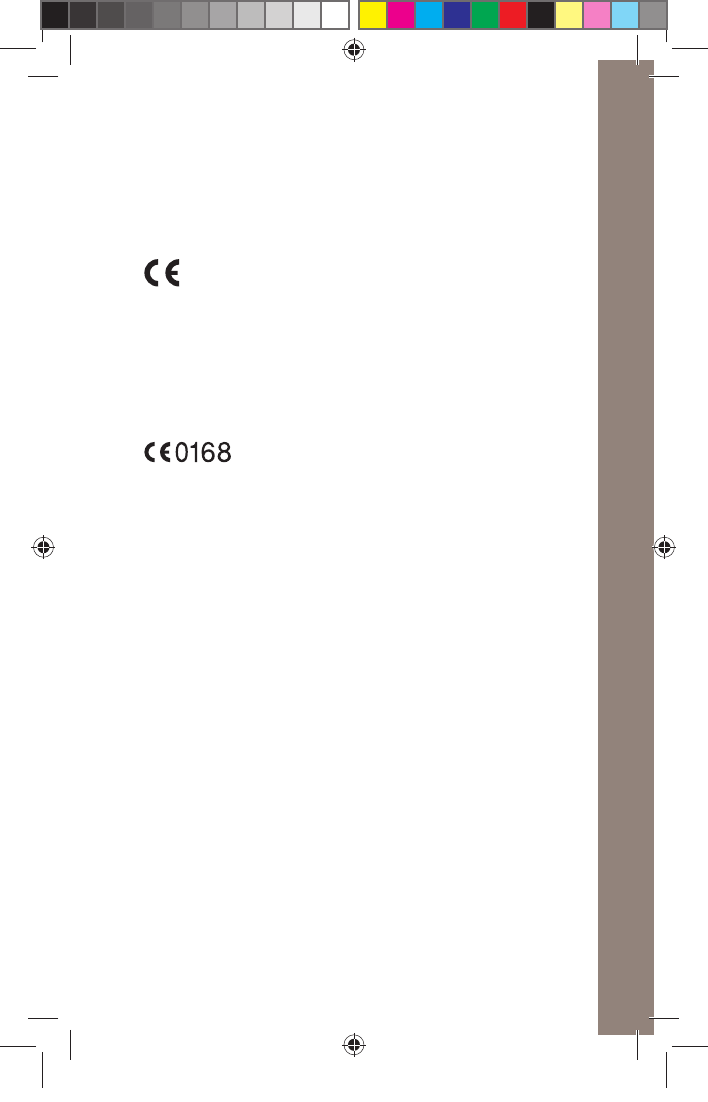
81NUCLEUS 7 SOUND PROCESSOR USER GUIDE
OTHER INFORMATION
Certification and applied standards
The Nucleus 7 Sound Processor fulfils the essential
requirements listed in Annex 1 of the EC directive 90/385/EEC
on Active Implantable Medical Devices as per the conformity
assessment procedure in Annex 2.
The year in which authorisation to affix the CE mark was
granted was 2016.
The Nucleus 7 Sound Processor also fulfils the essential
requirements listed in the EC directive 1999/5/EC on Radio
and Terminal Telecommunication Equipment as per the
conformity assessment procedure in Annex IV.
DRAFT ONLY FOR CLINICAL TESTING
592753_1-06_EN_CP1000_UG_EMEA.indd 81 14/06/2016 1:24:00 PM
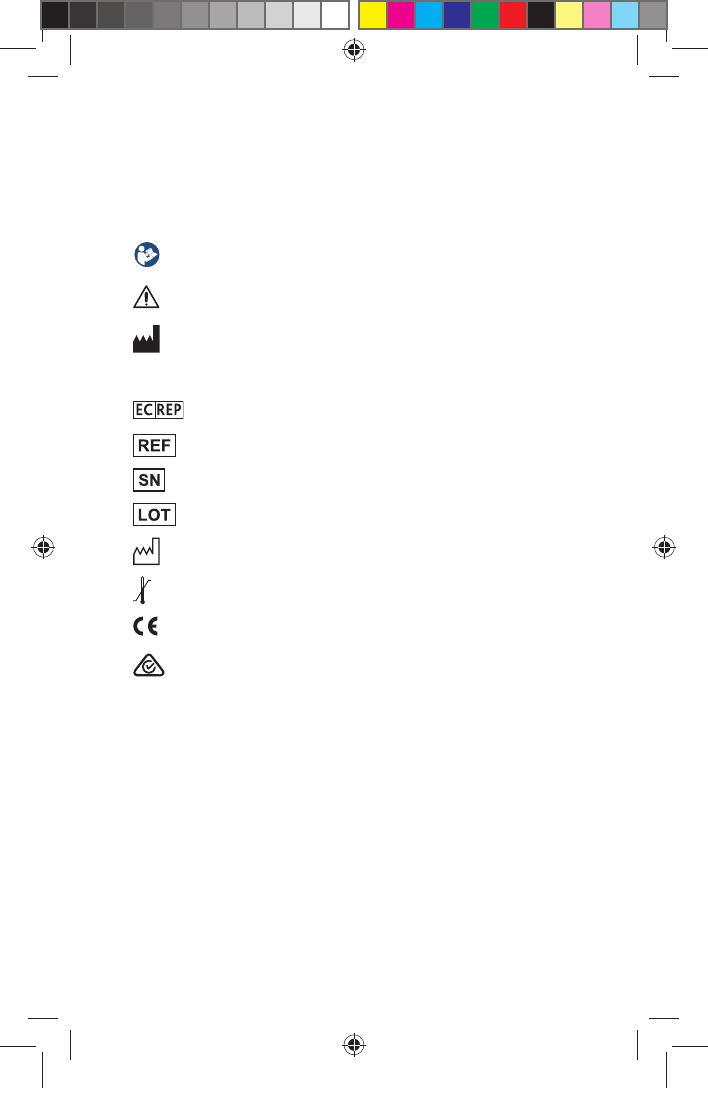
82 NUCLEUS 7 SOUND PROCESSOR USER GUIDE
Labelling symbols
The following symbols may appear on your processor or
remote components and/or packaging:
Refer to instruction manual
Specific warnings or precautions associated with the
device, which are not otherwise found on the label
Manufacturer
M/N Model number
Authorised representative in the European Community
Catalogue number
Serial number
Batch code
Date of manufacture
Temperature limits
CE registration mark with notified body number
Radio compliance certification for Australia and New
Zealand
DRAFT ONLY FOR CLINICAL TESTING
592753_1-06_EN_CP1000_UG_EMEA.indd 82 14/06/2016 1:24:01 PM
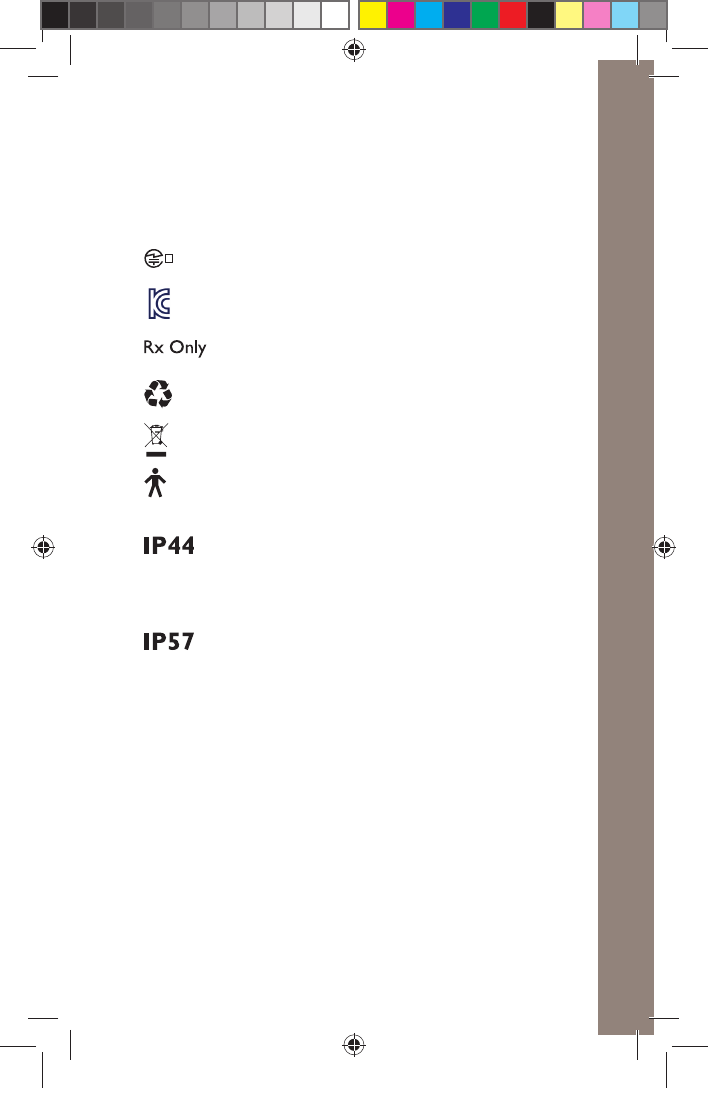
83NUCLEUS 7 SOUND PROCESSOR USER GUIDE
R202-
L S D 0 8 8
Radio compliance certification for Japan
Radio compliance certification for Korea
By prescription
Recyclable material
Dispose of electrical components in accordance with your
local regulations
Type B applied part
Ingress Protection Rating
• Protected against access of solid foreign objects greater
than or equal to 1.0mm diameter.
• Protected against failure from splashing water.
Ingress Protection Rating
• Protected against access of solid foreign objects greater
than or equal to 1.0mm diameter.
• Protected against failure from dust penetration.
• Protected against failure from temporary immersion in
water.
OTHER INFORMATION
DRAFT ONLY FOR CLINICAL TESTING
592753_1-06_EN_CP1000_UG_EMEA.indd 83 14/06/2016 1:24:02 PM
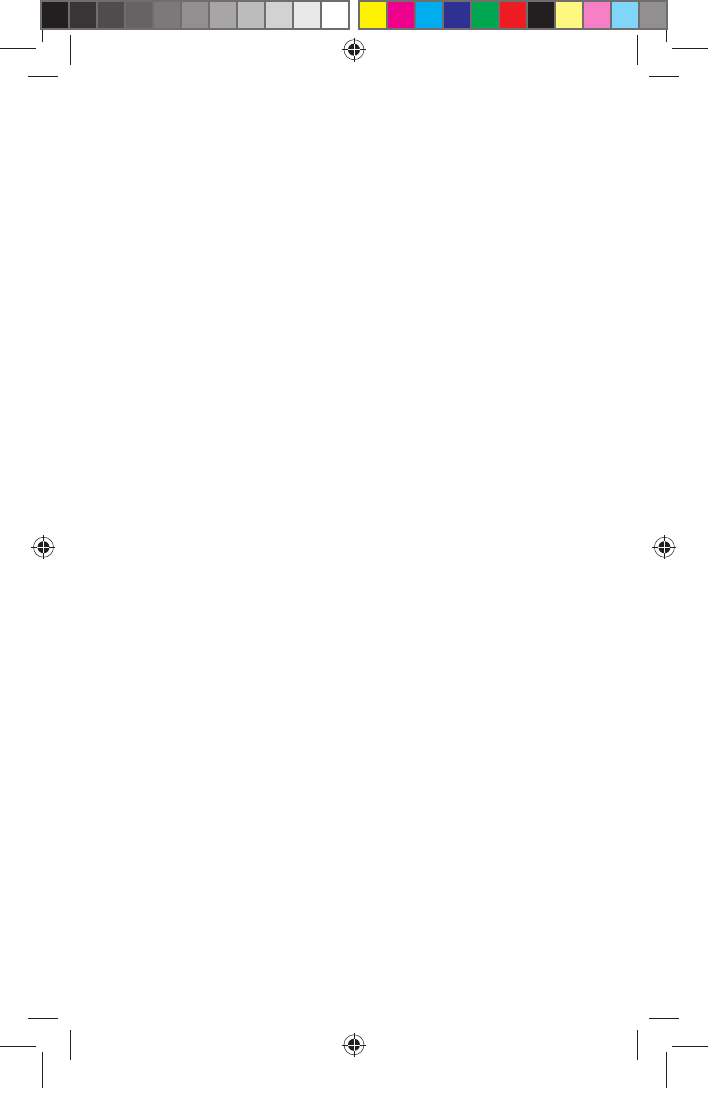
84 NUCLEUS 7 SOUND PROCESSOR USER GUIDE
Privacy and the collection of personal
information
During the process of receiving a Cochlear device, personal
information about the user/recipient or their parent, guardian,
carer and hearing health professional will be collected for use
by Cochlear and others involved in care with regard to the
device.
For more information please read Cochlear’s Privacy Policy on
www.cochlear.com or request a copy from Cochlear at the
address nearest you.
Legal statement
The statements made in this guide are believed to be true and
correct as of the date of publication. However, specifications
are subject to change without notice.
© Cochlear Limited 2016
DRAFT ONLY FOR CLINICAL TESTING
592753_1-06_EN_CP1000_UG_EMEA.indd 84 14/06/2016 1:24:02 PM
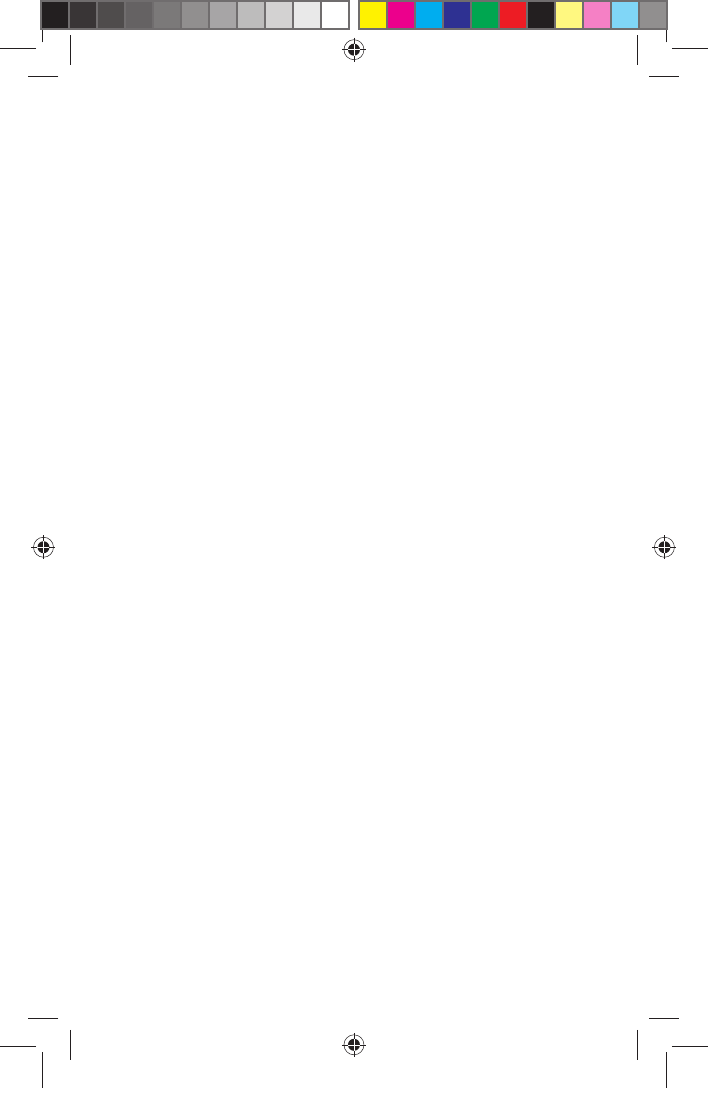
Notes
....................................................................................................................
....................................................................................................................
....................................................................................................................
....................................................................................................................
....................................................................................................................
....................................................................................................................
....................................................................................................................
....................................................................................................................
....................................................................................................................
....................................................................................................................
....................................................................................................................
....................................................................................................................
....................................................................................................................
....................................................................................................................
....................................................................................................................
....................................................................................................................
....................................................................................................................
....................................................................................................................
....................................................................................................................
....................................................................................................................
....................................................................................................................
....................................................................................................................
....................................................................................................................
....................................................................................................................
....................................................................................................................
....................................................................................................................
....................................................................................................................
....................................................................................................................
....................................................................................................................
....................................................................................................................
592753_1-06_EN_CP1000_UG_EMEA.indd 85 14/06/2016 1:24:02 PM
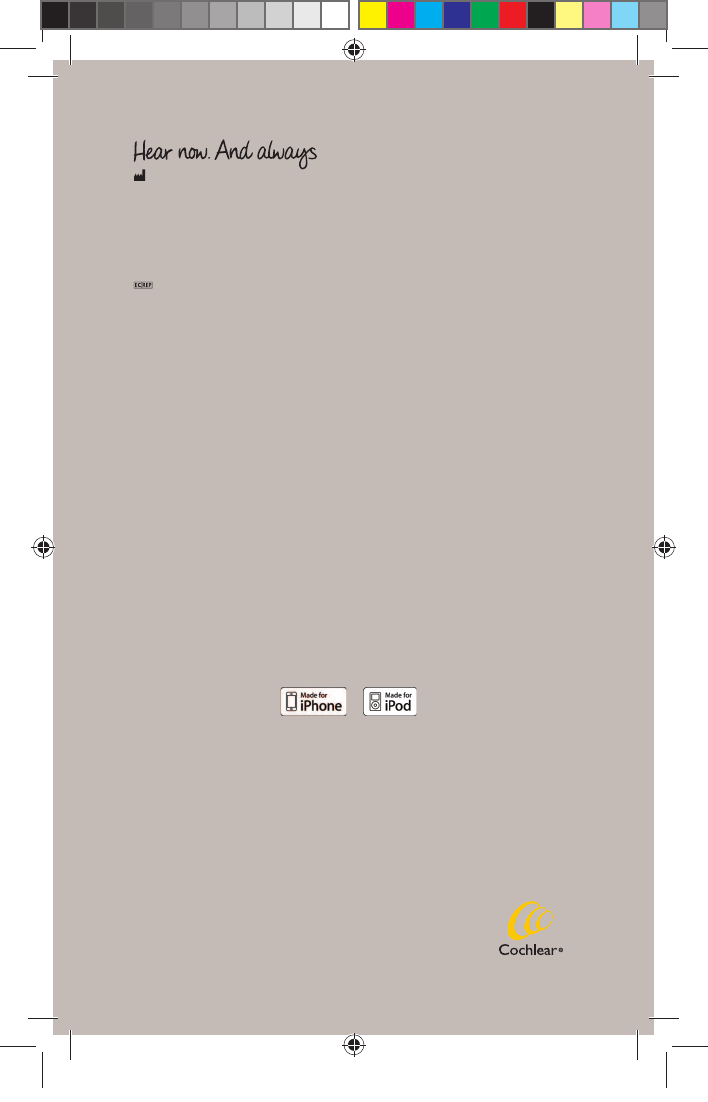
592753 ISS1 MAY16
ACE, Advance Off-Stylet, AOS, AutoNRT, Autosensitivity, Beam, Button, Carina, Cochlear,
コクレア, Codacs, Contour, Contour Advance, Custom Sound, ESPrit, Freedom,
Hear now. And always, Hugfit, Hybrid, inHear, Invisible Hearing, Kanso, MET, MP3000,
myCochlear, NRT, Nucleus, 科利耳, Off-Stylet, Slimline, SmartSound, Softip, SoftWear,
SPrint, True Wireless, the elliptical logo and Whisper are either trademarks or registered
trademarks of Cochlear Limited. Ardium, Baha, Baha SoftWear, BCDrive, DermaLock,
EveryWear, Vistafix and WindShield are either trademarks or registered trademarks of
Cochlear Bone Anchored Solutions AB. Bluetooth is a registered trademark of Bluetooth SIG.
iPhone and iPod touch are tradmarks of Apple Inc, registered in the U.S. and other countries.
© Cochlear Limited 2016
Cochlear Ltd
(ABN 96 002 618 073) 1 University Avenue, Macquarie University, NSW 2109, Australia
Tel: +61 2 9428 6555 Fax: +61 2 9428 6352
Cochlear Ltd
(ABN 96 002 618 073) 14 Mars Road, Lane Cove, NSW 2066, Australia
Tel: +61 2 9428 6555 Fax: +61 2 9428 6352
Cochlear Americas
13059 E Peakview Avenue, Centennial, CO 80111, USA
Tel: +1 303 790 9010 Fax: +1 303 792 9025
Cochlear Canada Inc
2500-120 Adelaide Street West, Toronto, ON M5H 1T1, Canada
Tel: +1 416 972 5082 Fax: +1 416 972 5083
Cochlear AG
EMEA Headquarters, Peter Merian-Weg 4, 4052 Basel, Switzerland
Tel: +41 61 205 8204 Fax: +41 61 205 8205
Cochlear Deutschland GmbH & Co. KG
Karl-Wiechert-Allee 76A, 30625 Hannover, Germany
Tel: +49 511 542 770 Fax: +49 511 542 7770
Cochlear Europe Ltd 6 Dashwood Lang Road, Bourne Business Park, Addlestone, Surrey KT15 2HJ, United Kingdom
Tel: +44 1932 26 3400 Fax: +44 1932 26 3426
Cochlear Benelux
NV Schaliënhoevedreef 20 i, B-2800 Mechelen, Belgium
Tel: +32 15 79 55 11 Fax: +32 15 79 55 70
Cochlear France S.A.S.
135 Route de Saint-Simon, 31035 Toulouse, France
Tel: +33 5 34 63 85 85 (International) or 0805 200 016 (National) Fax: +33 5 34 63 85 80
Cochlear Italia
S.r.l. Via Larga 33, 40138 Bologna, Italy
Tel: +39 051 601 53 11 Fax: +39 051 39 20 62
Cochlear Nordic AB
Konstruktionsvägen 14, 435 33 Mölnlycke, Sweden
Tel +46 31 335 14 61 Fax +46 31 335 14 60
Cochlear Tıbbi Cihazlar ve Sağlık Hizmetleri Ltd. Şti.
Çubuklu Mah. Boğaziçi Cad., Boğaziçi Plaza No: 6/1, Kavacık, TR-34805 Beykoz-Istanbul, Turkey
Tel: +90 216 538 5900 Fax: +90 216 538 5919
Cochlear (HK) Limited
Room 1204, 12/F, CRE Building, No 303 Hennessy Road, Wanchai, Hong Kong SAR
Tel: +852 2530 5773 Fax: +852 2530 5183
Cochlear Korea Ltd
1st floor, Cheongwon Building 33, Teheran-ro 8 gil, Gangnam-gu, Seoul, Korea
Tel: +82 2 533 4450 Fax: +82 2 533 8408
Cochlear Medical Device (Beijing) Co., Ltd
Unit 2208 Gemdale Tower B, 91 Jianguo Road, Chaoyang District, Beijing 100022, P.R. China
Tel: +86 10 5909 7800 Fax: +86 10 5909 7900
Cochlear Medical Device Company India Pvt. Ltd.
Ground Floor, Platina Building, Plot No C-59, G-Block, Bandra Kurla Complex, Bandra (E), Mumbai – 400 051, India
Tel: +91 22 6112 1111 Fax: +91 22 6112 1100
株式会社日本コクレア
(Nihon Cochlear Co Ltd)〒113-0033 東京都文京区本郷2-3-7 お茶の水元町ビル
Tel: +81 3 3817 0241 Fax: +81 3 3817 0245
Cochlear Middle East FZ-LLC
Dubai Healthcare City, Al Razi Building 64, Block A, Ground Floor, Offices IR1 and IR2, Dubai, United Arab Emirates
Tel: +971 4 818 4400 Fax: +971 4 361 8925
Cochlear Latinoamérica S.A.
International Business Park, Building 3835, Office 403, Panama Pacifico, Panama
Tel: +507 830 6220 Fax: +507 830 6218
Cochlear NZ Limited
Level 4, Takapuna Towers, 19-21 Como St, Takapuna, Auckland 0622, New Zealand
Tel: + 64 9 914 1983 Fax: 0800 886 036
www.cochlear.com
DRAFT ONLY FOR CLINICAL TESTING
592753_1-06_EN_CP1000_UG_EMEA.indd 86 14/06/2016 1:24:03 PM